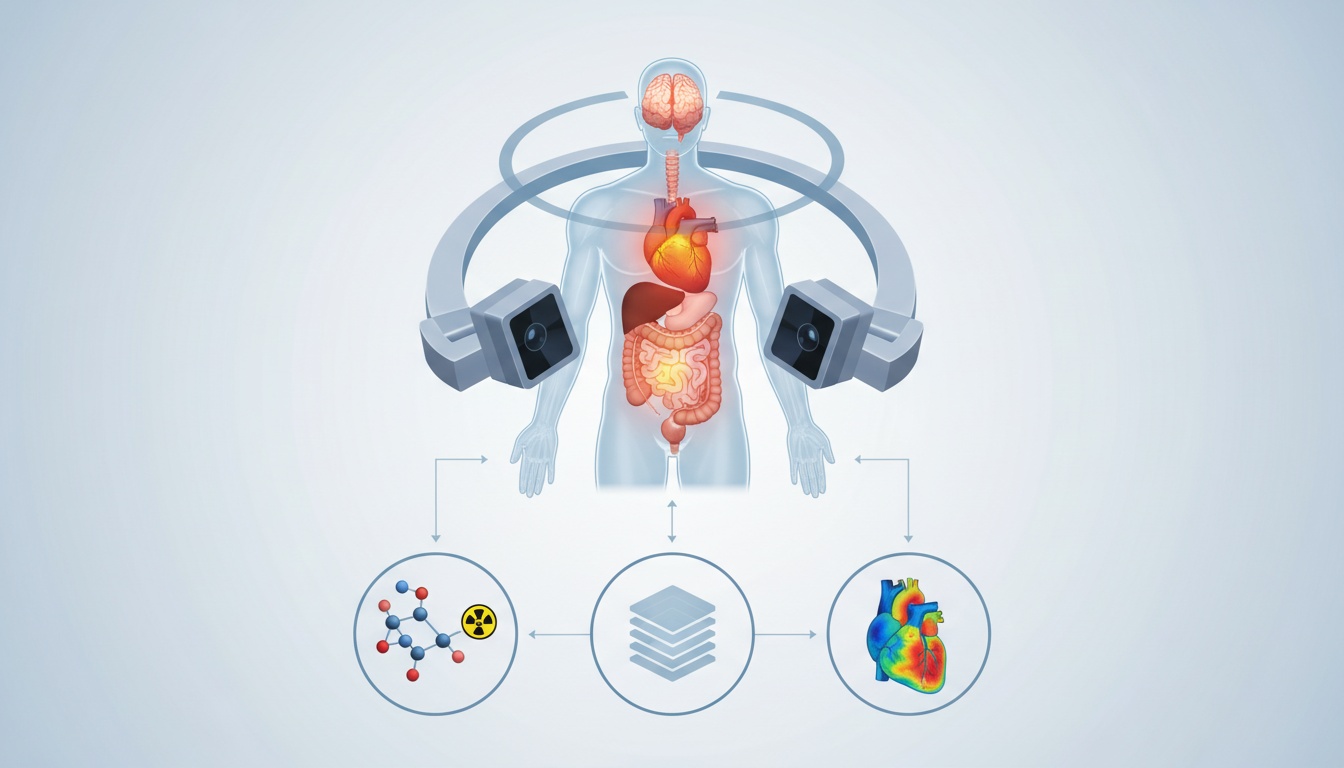
Have you ever wondered how doctors get such incredibly detailed insights into the inner workings of your body without a single incision? It’s not magic, but rather the marvel of modern medical imaging.Read more...
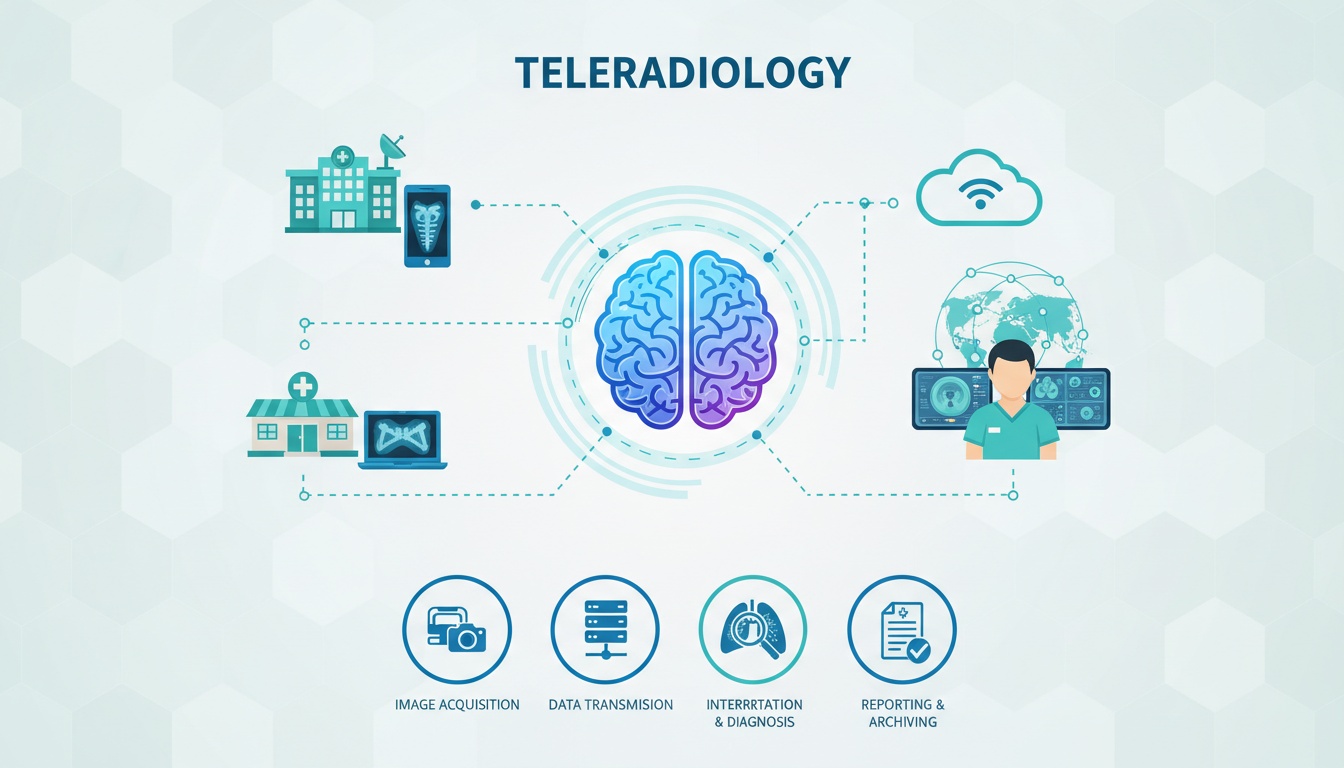
Teleradiology is a game-changing innovation in medical imaging that enables radiologists to read, interpret, and share imaging results from anywhere in the world. Whether you're a small rural clinic, a multi-location hospital network, or a diagnostic imaging center expanding services beyond borders, teleradiology has become a cornerstone in improving patient care.Read more...
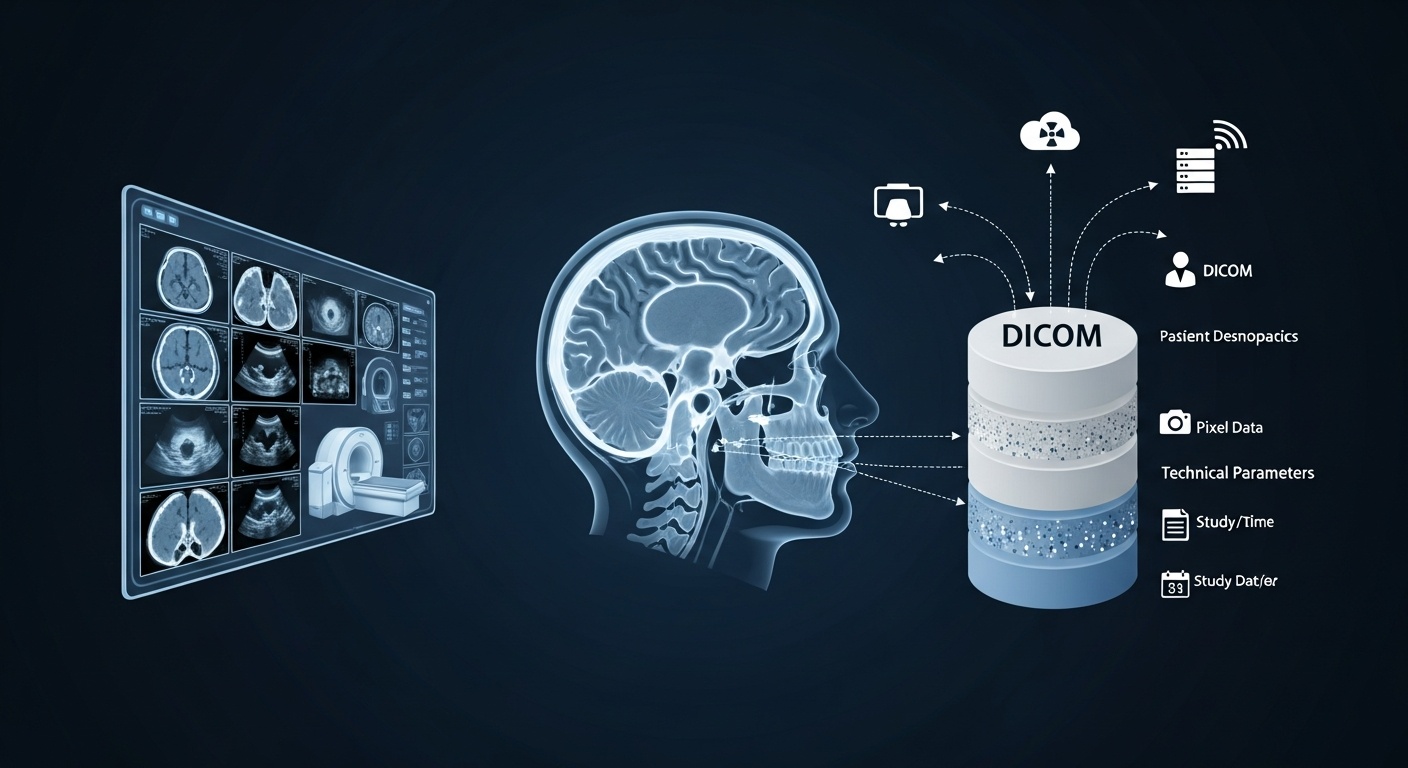
Medical imaging has advanced significantly from its film-based origins. Today, healthcare professionals rely on digital imaging technologies to diagnose, treat, and monitor patient conditions. At the core of this digital transformation is the DICOM file format: a globally accepted standard for storing and transmitting medical images and associated data.Read more...
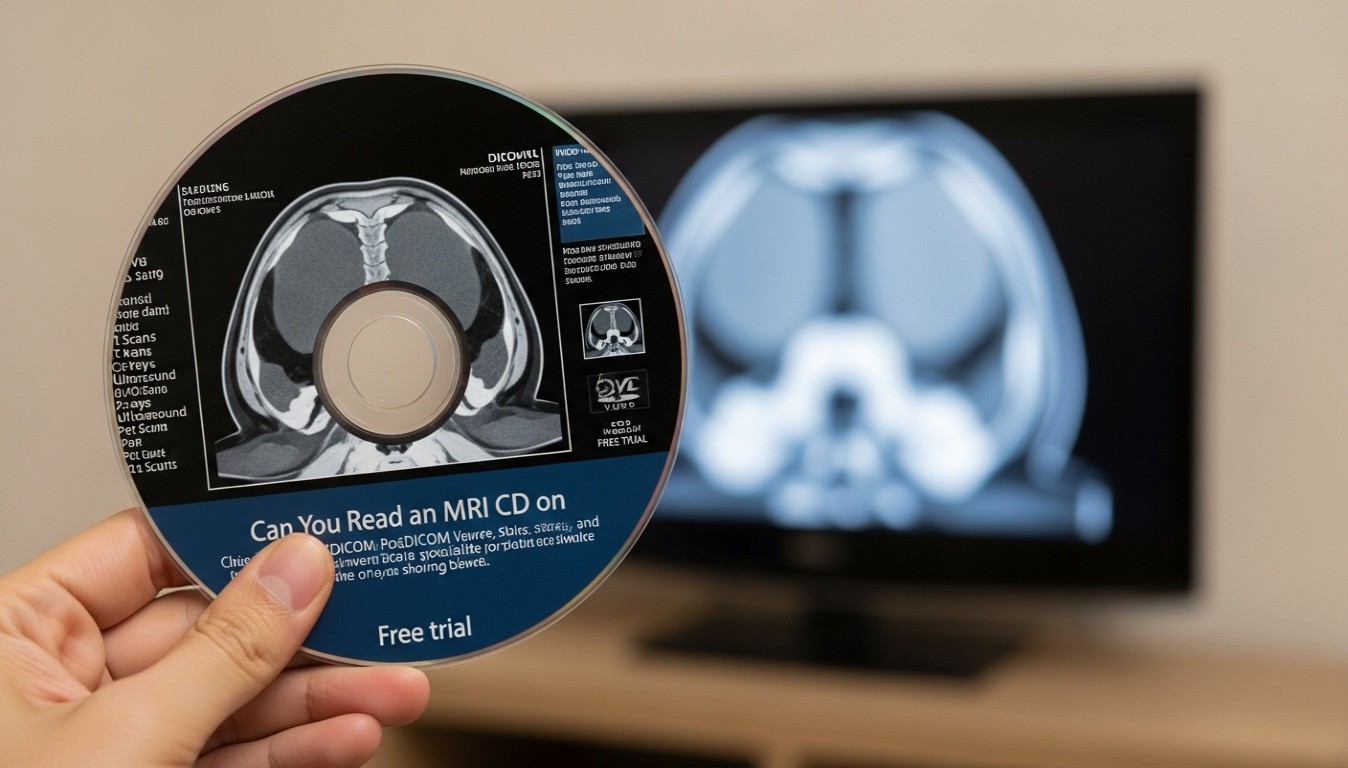
You’ve just come back from your MRI appointment, and the technician handed you a CD containing your scan results. You pop it into your home DVD player, expecting something to show up on your TV screen, but nothing happens. No images, no files, just confusion. Sound familiar?Read more...

When it comes to diagnosing and evaluating heart disease, medical imaging is no longer a luxury—it's a necessity. Cardiac conditions often present with subtle symptoms, or worse, no symptoms at all until it's too late. That makes early and accurate imaging one of the most powerful tools in the arsenal of cardiologists, radiologists, and clinicians alike. Two of the most advanced imaging technologies for heart evaluation are Cardiac MRI (Magnetic Resonance Imaging) and Cardiac CT (Computed Tomography). Both are widely used. Both are highly informative. But they are not the same.Read more...

Blood clots can be silent killers. When they form in blood vessels, they have the potential to restrict or completely block blood flow, leading to serious complications such as deep vein thrombosis (DVT), pulmonary embolism (PE), stroke, or heart attack. The danger of clots lies in their unpredictability and speed. A clot dislodged from the leg can travel to the lungs and cause a potentially fatal embolism in mere seconds. For clinicians, detecting these clots quickly and accurately is not just beneficial—it's essential.Read more...
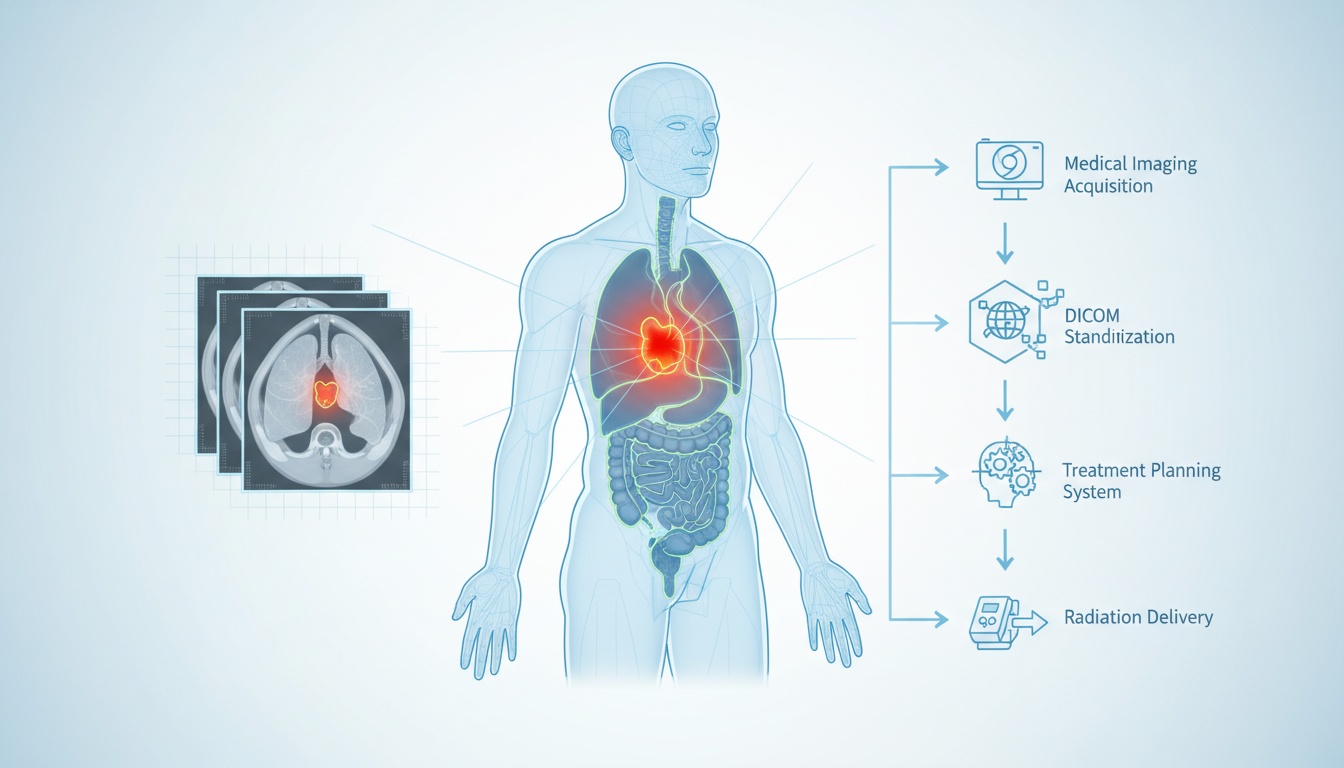
Radiation therapy is one of the most effective tools in the fight against cancer. It relies on the precise delivery of high-energy radiation to shrink or destroy tumors while sparing healthy surrounding tissues. But the key word here is precision. Without pinpoint accuracy, radiation therapy risks harming vital structures or failing to target malignant cells effectively. That level of precision doesn’t happen by accident—it begins with imaging.Read more...

In modern healthcare, the efficient sharing of medical imaging studies such as MRIs and CT scans has become increasingly vital for patients and healthcare providers. Whether you need to consult with multiple specialists, transfer care to a new provider, or maintain a personal medical record, knowing how to properly share these diagnostic images is essential. This comprehensive guide addresses the most common questions regarding medical image sharing and explores both traditional methods and cutting-edge solutions.Read more...
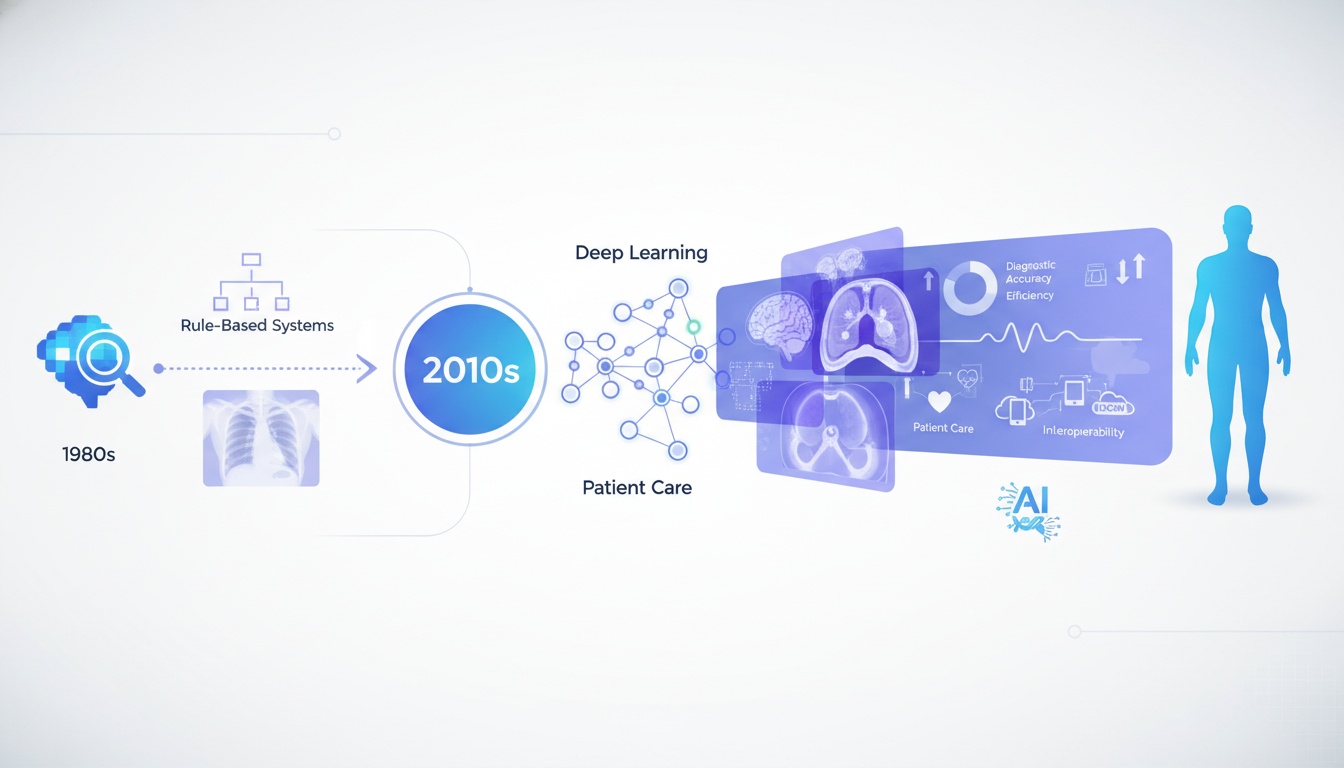
In recent years, artificial intelligence has revolutionized numerous sectors, and healthcare is no exception. Within the realm of medical imaging, AI has emerged as a powerful tool that is reshaping how radiologists work, improving diagnostic accuracy, and enhancing patient care. This blog explores the multifaceted role of AI in radiology, its historical development, and its promising future applications.Read more...
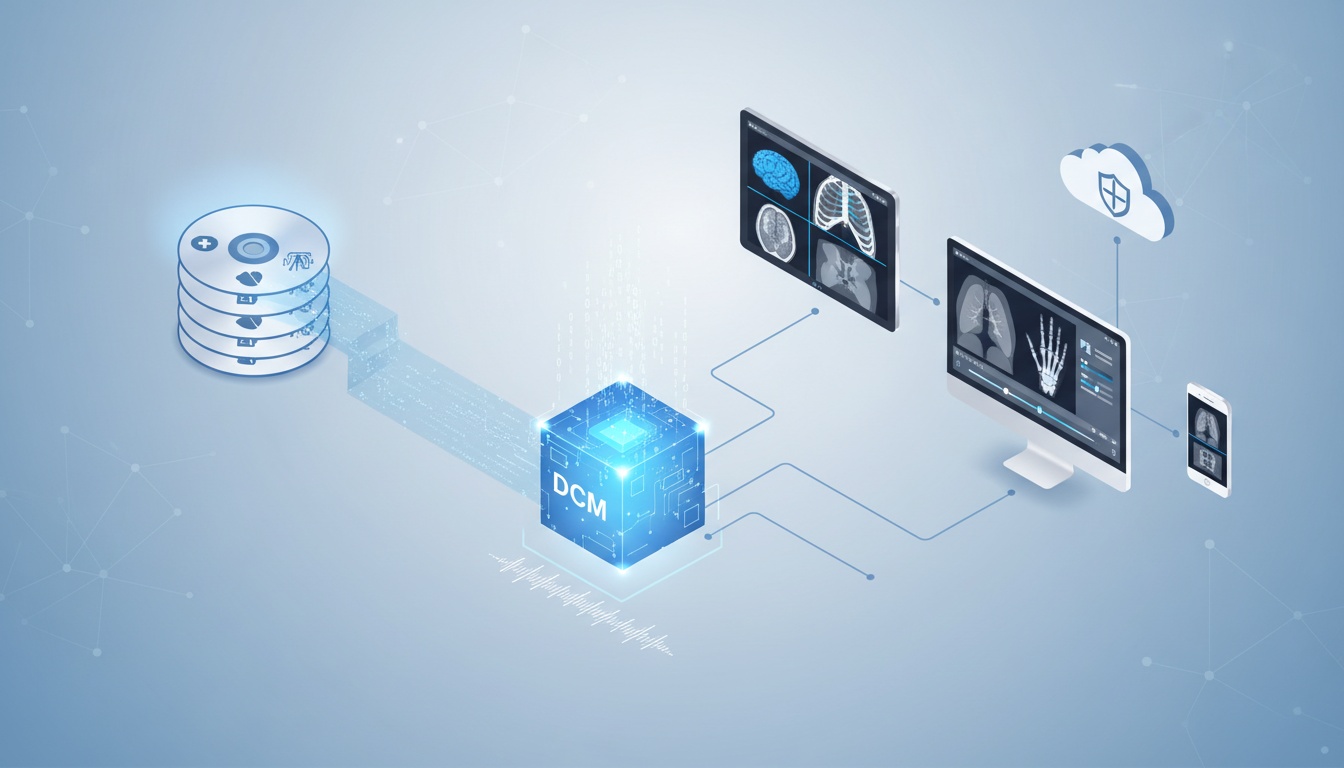
Have you ever received a CD from your doctor containing medical images, only to find yourself staring at unfamiliar DCM files with no idea how to open them? You're not alone. As digital medical imaging becomes increasingly common, understanding how to access and manage these specialized files is becoming an essential skill for healthcare professionals and patients.Read more...
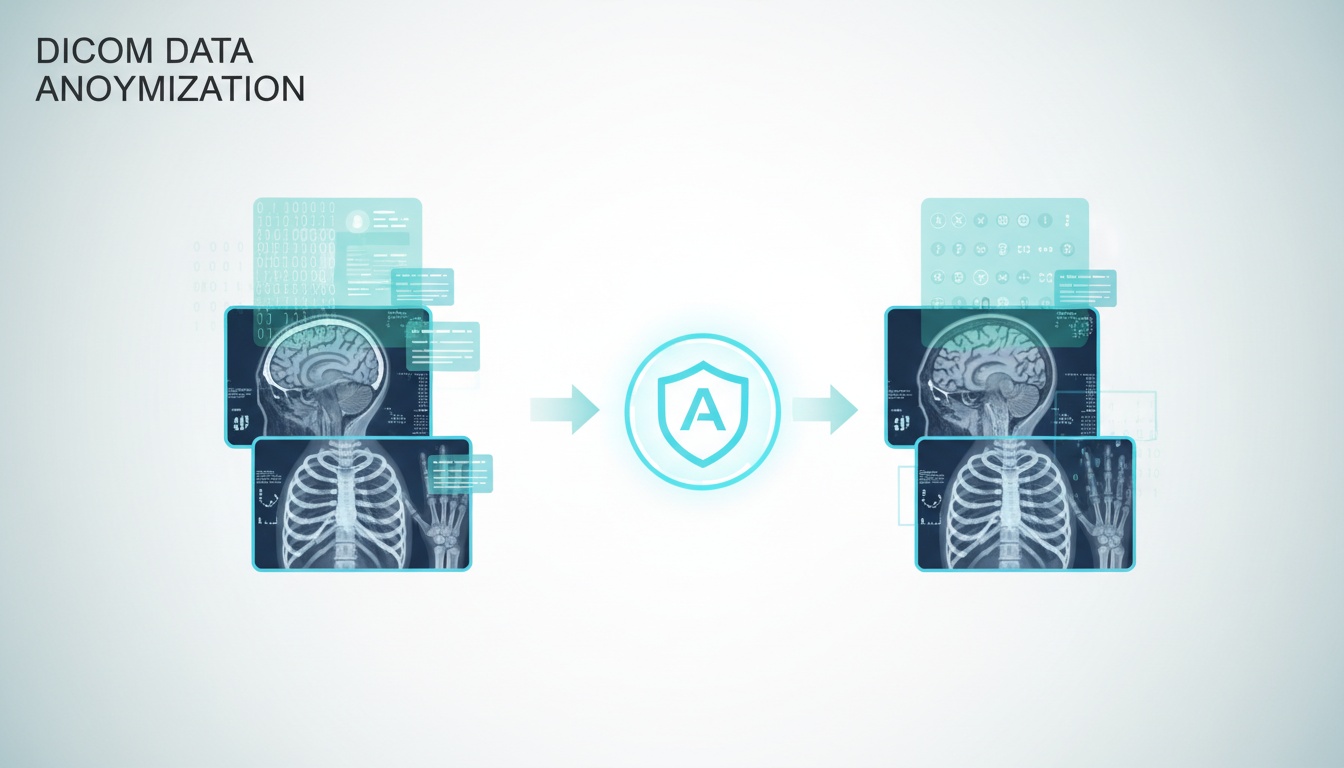
DICOM (Digital Imaging and Communications in Medicine) files don’t just contain pixel data from CT scans, MRIs, and X-rays—they also include patient identifiers such as name, date of birth, medical record number, and other personal health information.Read more...

As healthcare steadily moves into the digital age, the adoption of cloud-based solutions is accelerating—especially in medical imaging. Clinics, hospitals, and radiology centers are increasingly turning to cloud storage for its ability to handle massive volumes of DICOM files without needing expensive local servers.Read more...
 - Created by PostDICOM.jpg)
In medical imaging, the ability to efficiently view and analyze DICOM (Digital Imaging and Communications in Medicine) files is essential for accurate diagnostics, treatment planning, and patient care.Read more...
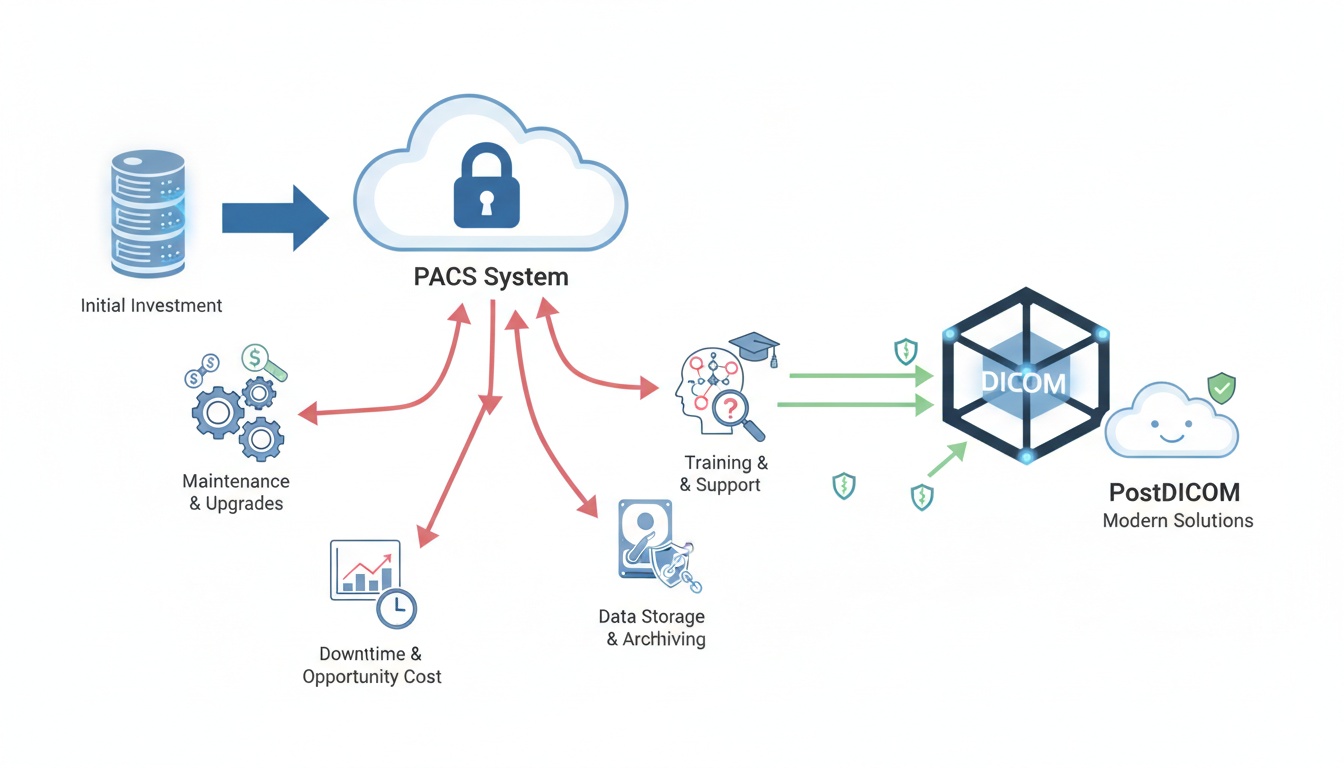
Picture Archiving and Communication Systems (PACS) have become essential for medical imaging management in the rapidly evolving healthcare landscape. They streamline the storage, retrieval, and sharing of diagnostic images, improving workflow efficiency and patient care.Read more...
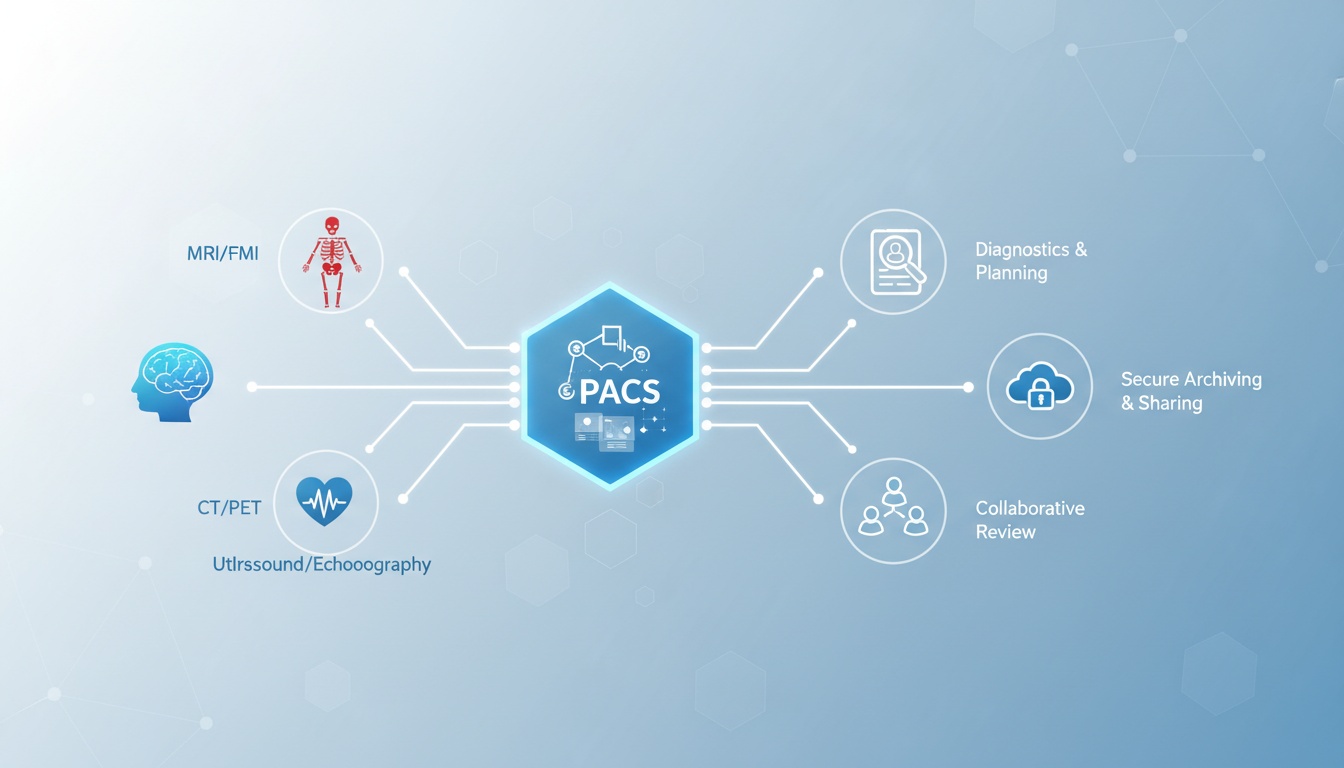
In the world of modern healthcare, imaging technologies have become indispensable tools for diagnosing and treating a wide range of conditions. From cancer to neurological disorders, imaging provides essential insights into a patient’s health, helping doctors make accurate and timely decisions. As the demand for precision and comprehensive diagnostics grows, so does the need for integrated imaging solutions.Read more...
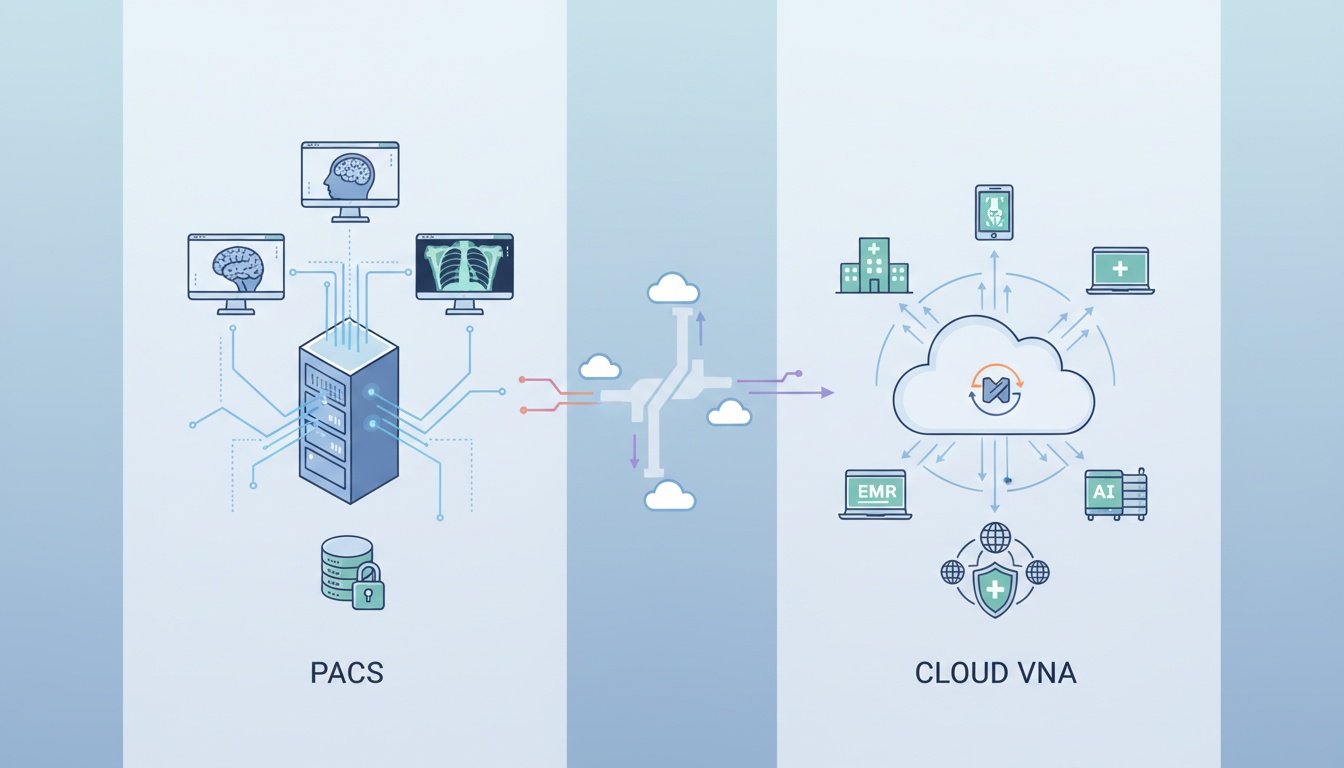
As healthcare continues to embrace digital transformation, the role of medical imaging has grown exponentially. From diagnostics to treatment planning, imaging is essential for modern healthcare delivery. However, selecting the right imaging solution that balances efficiency, accessibility, and compliance is a challenge many healthcare providers face.Read more...

The diagnostic process alongside patient treatment within healthcare advances relies heavily on medical imaging techniques. The ability to capture, store, and share medical images of high quality remains crucial for all medical imaging professionals at hospitals, as well as students and healthcare providers.Read more...
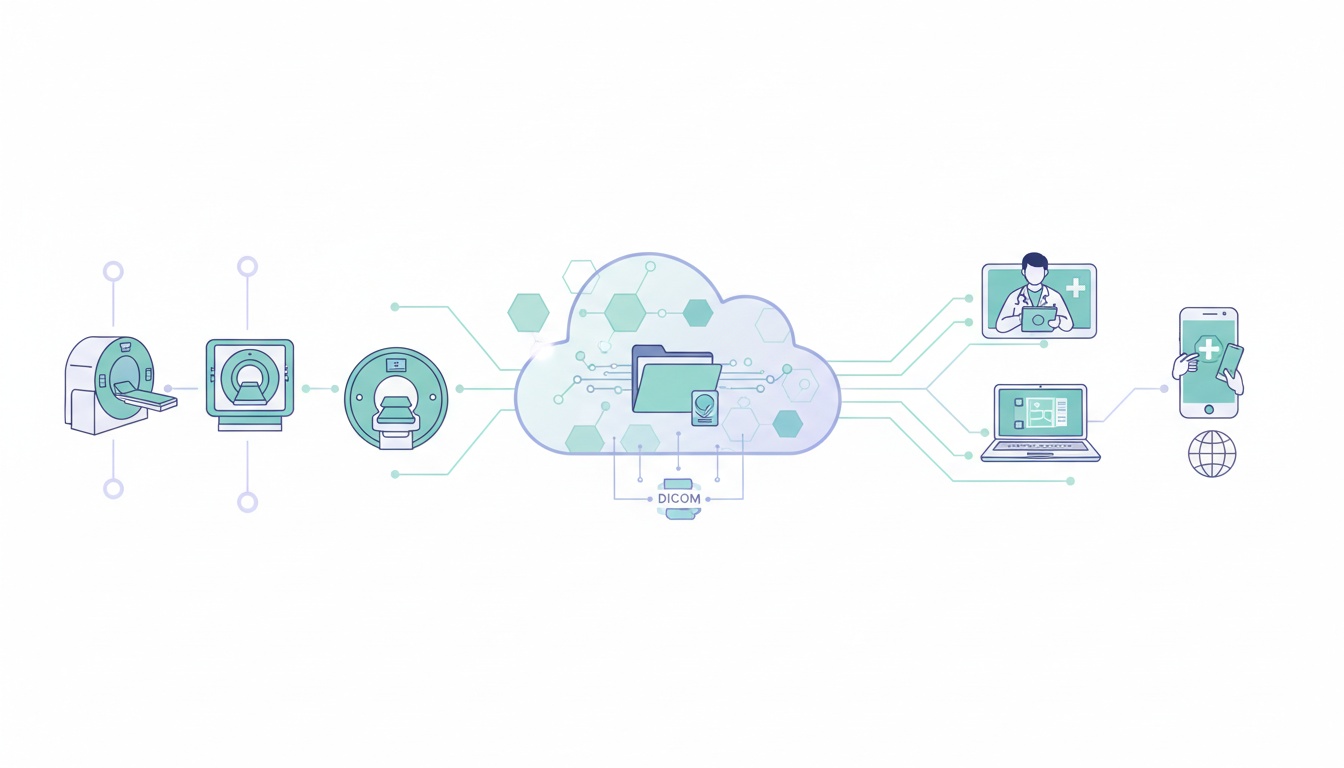
The healthcare industry has witnessed a massive shift in recent years, with the rise of telemedicine and remote diagnostics becoming a central part of modern care. One key technology contributing to this shift is cloud-based PACS, which has streamlined medical imaging storage and communication. Traditional PACS systems, often housed in on-premise servers, have proven to be inefficient and costly in a world where remote access to medical images is crucial.Read more...
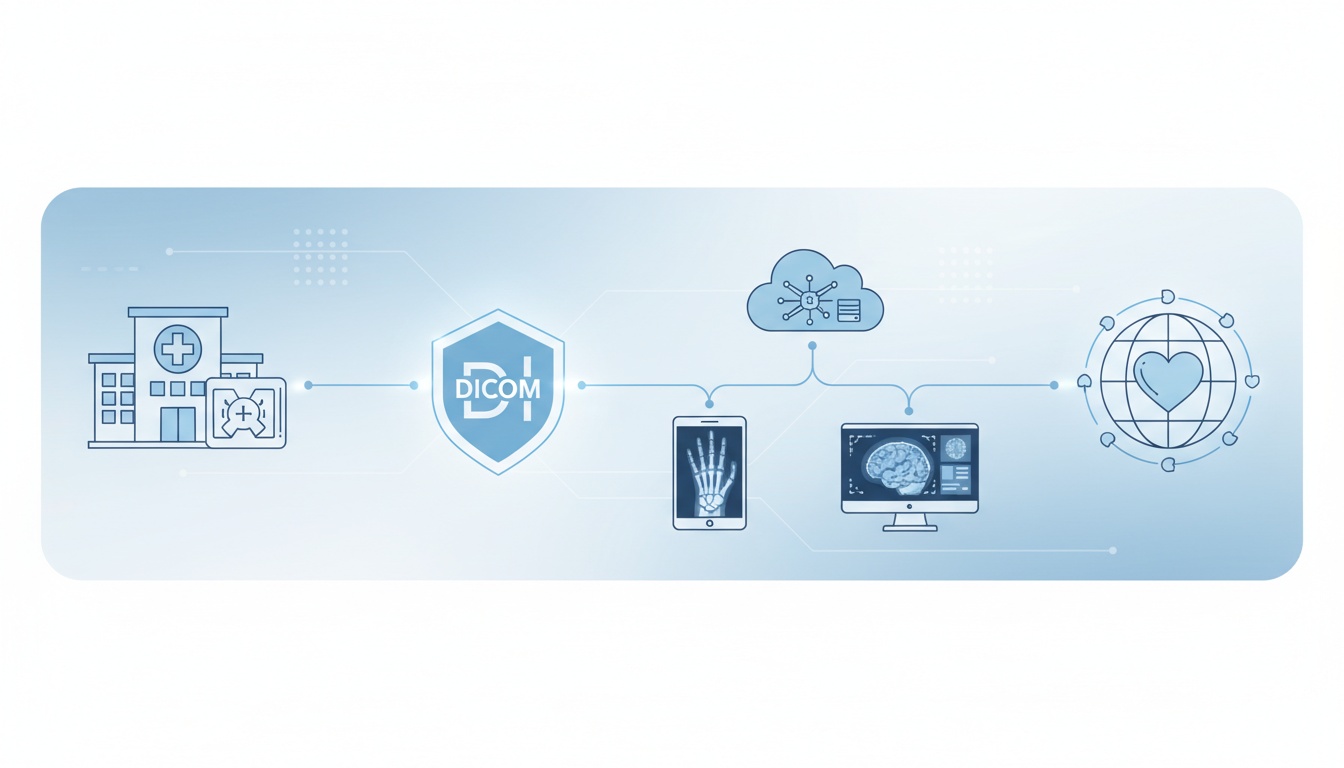
DICOM plays a pivotal role in ensuring seamless medical imaging across various healthcare settings, facilitating the exchange of diagnostic images and related data in a highly structured format. From radiology departments to cloud-based solutions, DICOM has transformed how medical images are stored, shared, and analyzed.Read more...
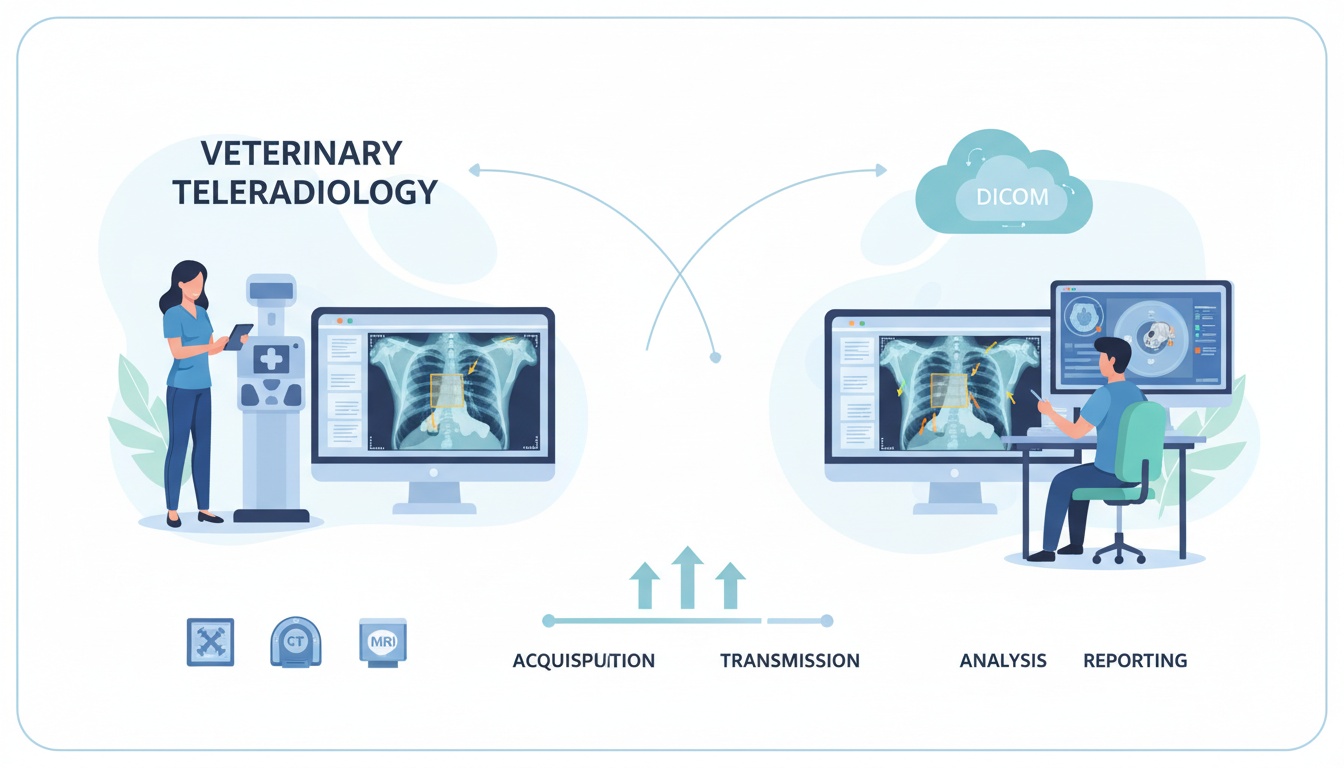
Veterinary teleradiology is a subfield of veterinary telemedicine that involves using a tool to exchange medical information electronically, specifically radiographic images (X-rays, CT scans, MRIs, etc.) and related patient information, from one location to another to improve a patient's clinical health status.Read more...
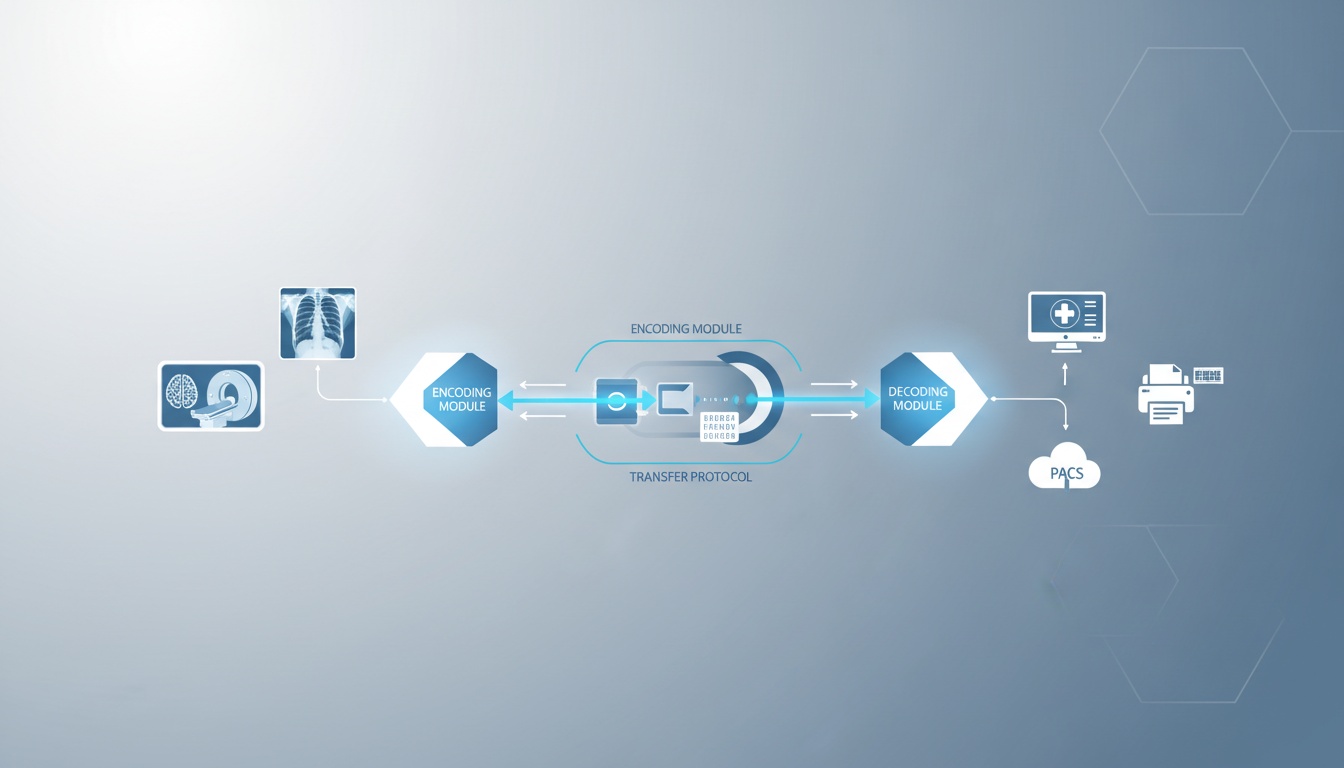
DICOM (Digital Imaging and Communications in Medicine) is the international standard that facilitates the exchange of medical images and related data across various devices and systems.Read more...
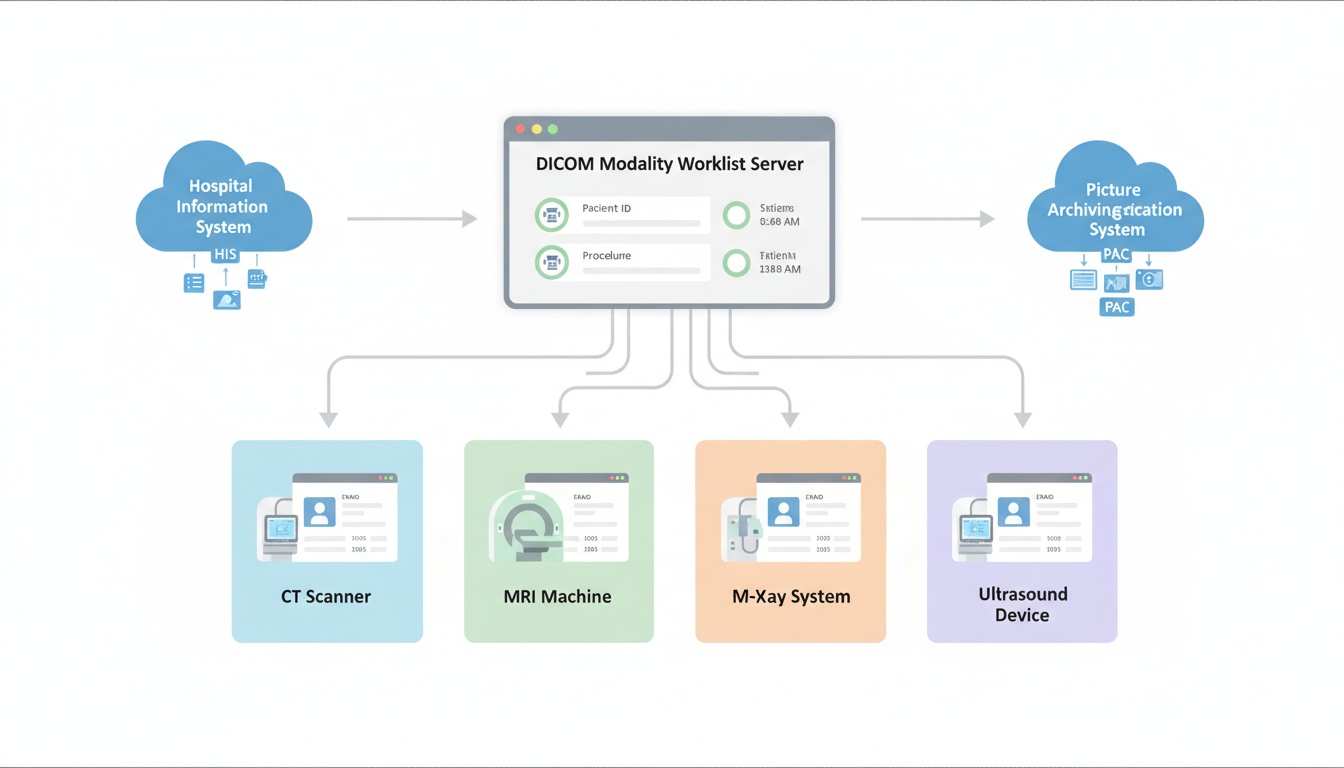
The DICOM Modality Worklist (DMWL) is a critical component of the Digital Imaging and Communications in Medicine (DICOM) standard, playing a vital role in modern medical imaging.Read more...
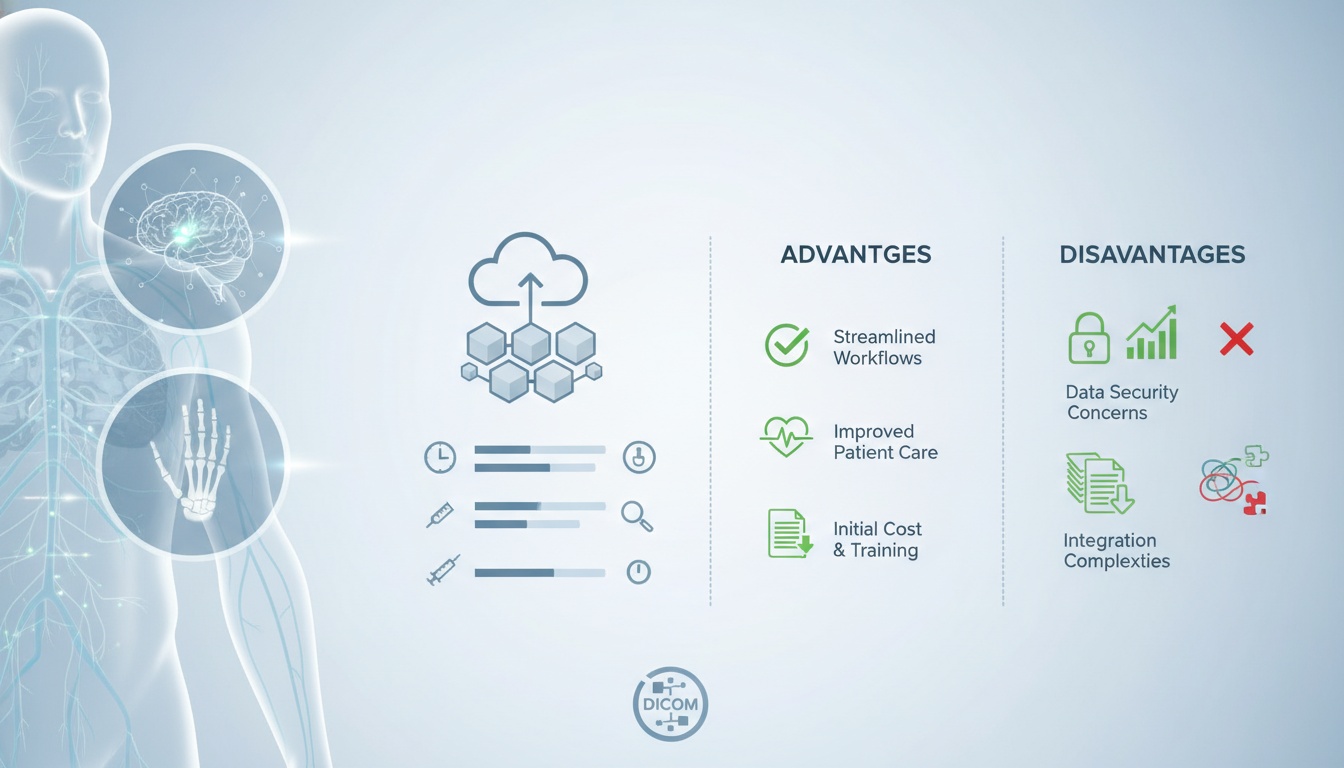
The digital revolution has profoundly impacted every aspect of our lives, and healthcare is no exception. Electronic Health Record (EHR) systems have emerged as a cornerstone of modern healthcare, promising to streamline workflows, improve patient care, and enhance efficiency. But are EHRs the right solution for every healthcare practice?Read more...
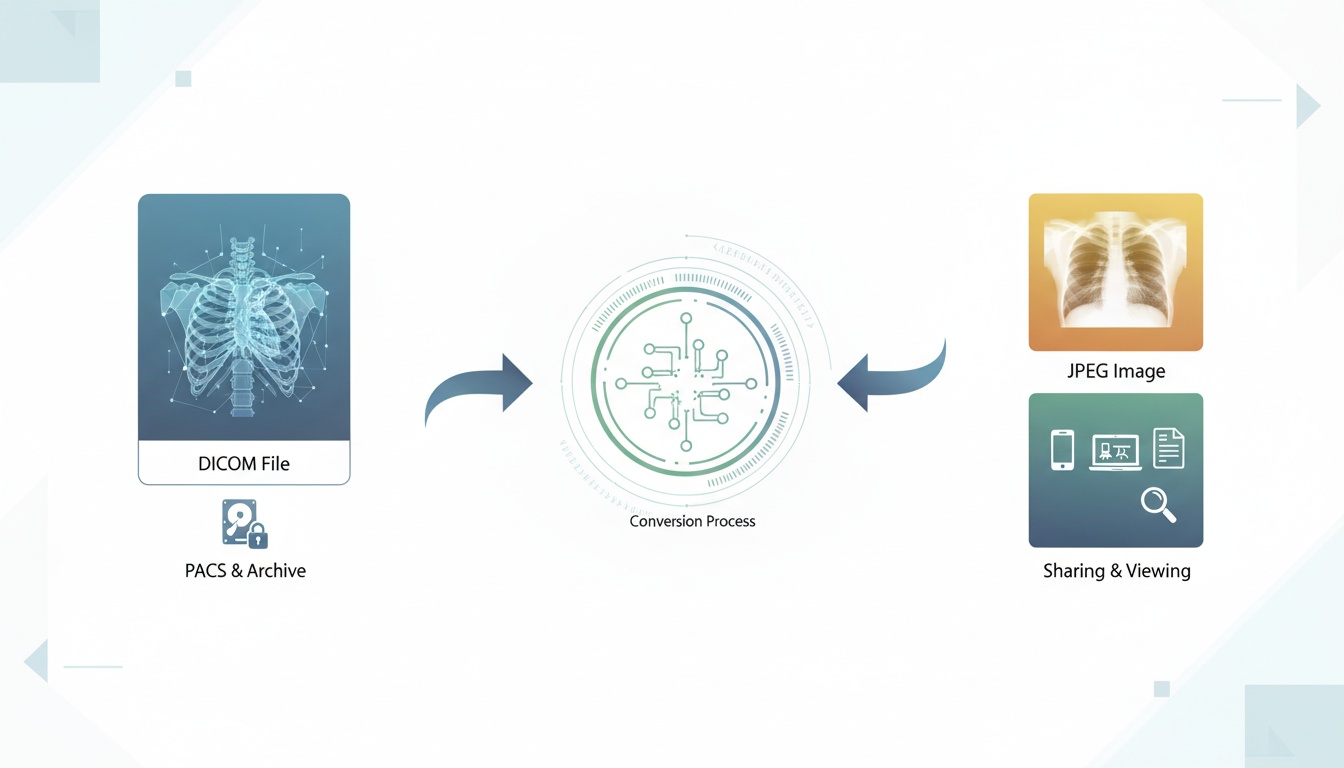
In the digital age of healthcare, medical images play a crucial role in diagnosis, treatment planning, and patient care. These images, often stored in the DICOM format, contain a wealth of information essential for accurate medical assessments. However, sharing these images outside of a clinical setting, whether with patients, colleagues, or for research purposes, can present challenges. This is where converting DICOM to JPEG becomes necessary.Read more...

PostDICOM, a leading provider of PACS and DICOM services, understands the unique challenges and opportunities in this field. We specialize in developing cutting-edge medical imaging software that empowers healthcare professionals and institutions to deliver exceptional patient care. In this blog post, we'll explore the key considerations and benefits of investing in custom medical imaging software development.Read more...
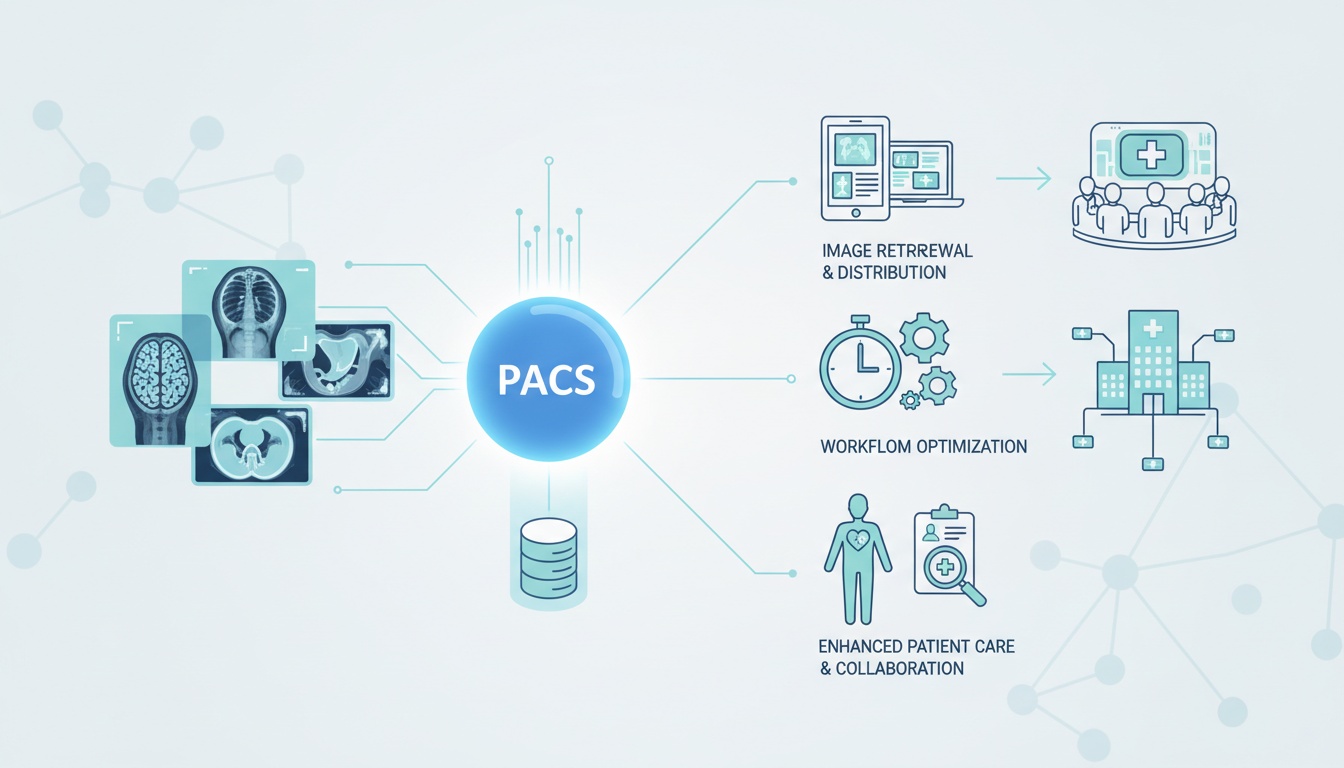
The efficiency of medical imaging systems is crucial for diagnosis and treatment and the broader management of patient data.Read more...
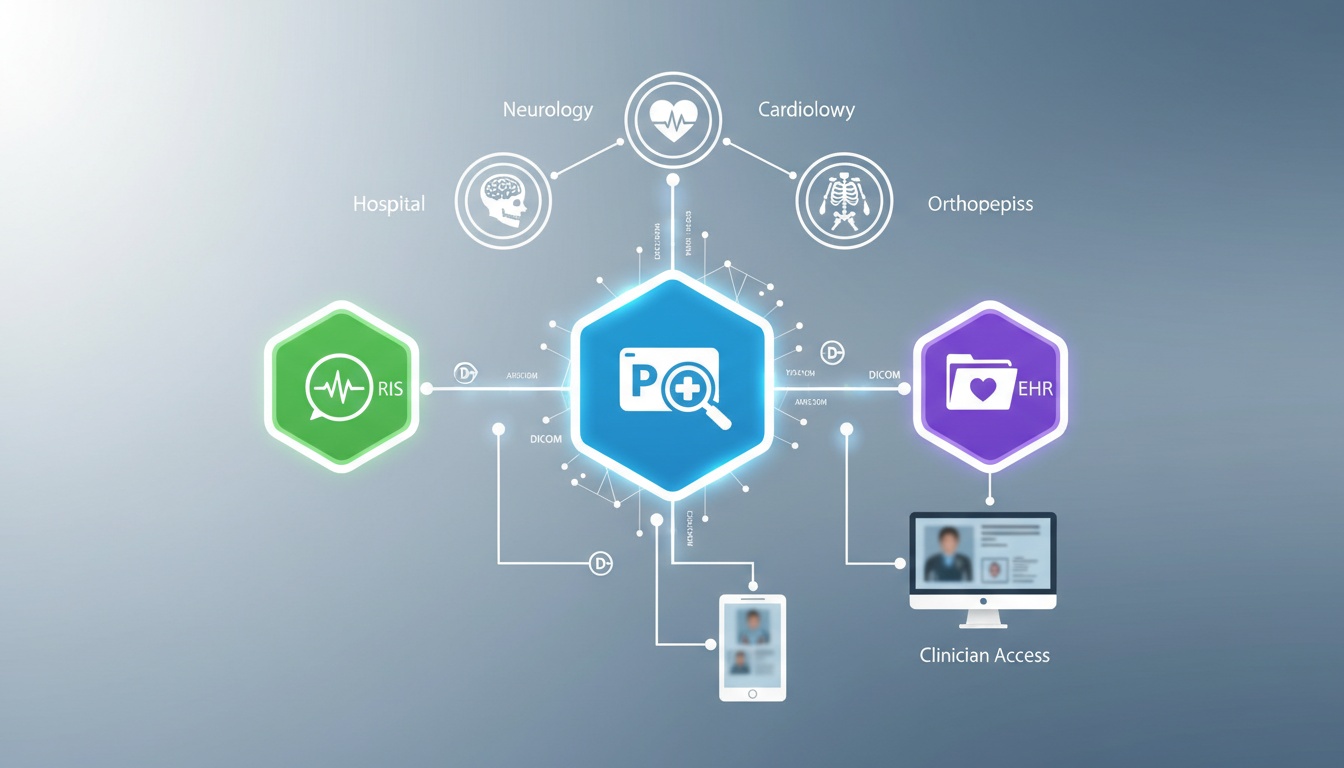
In today’s digital-driven healthcare environment, Picture Archiving and Communication Systems (PACS) stand at the forefront of medical imaging technology, offering unprecedented support to clinicians and radiologists.Read more...
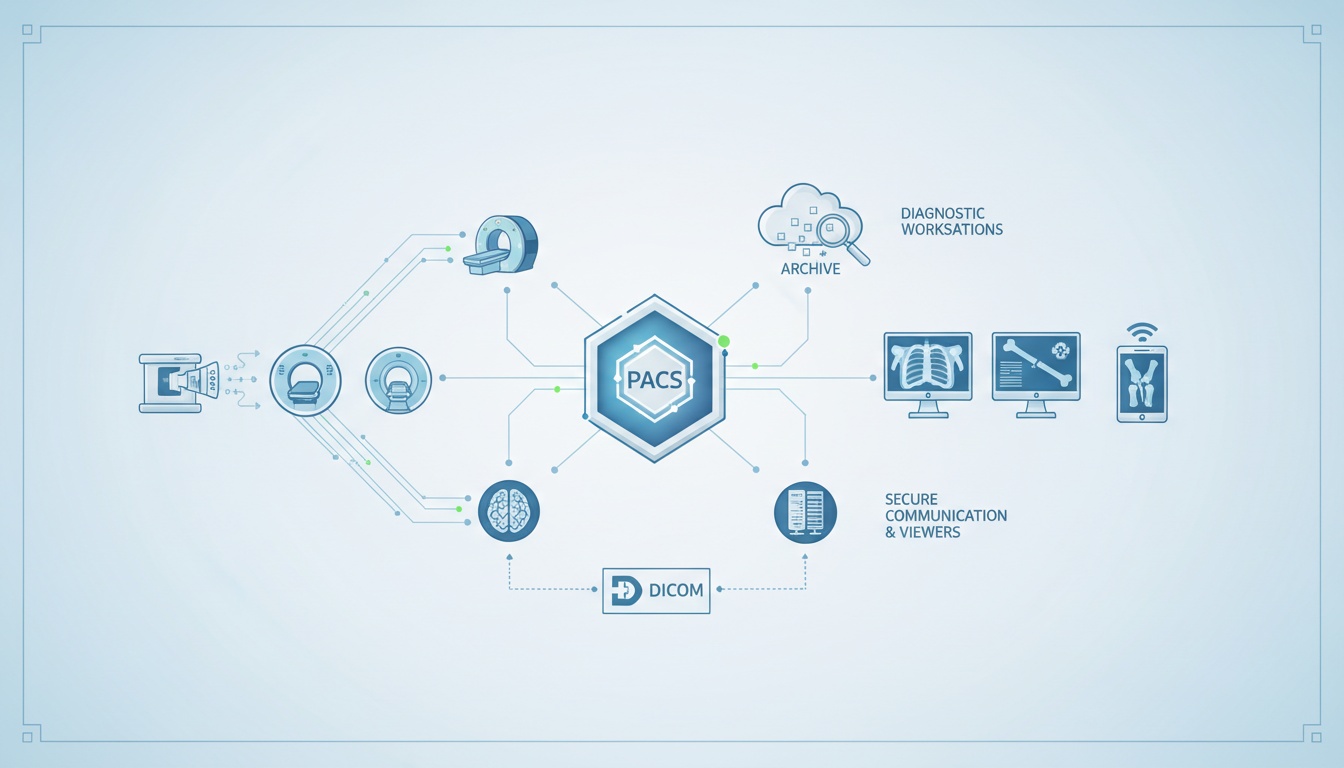
Welcome to a journey through the vital elements of Picture Archiving and Communication Systems (PACS). As healthcare continues to embrace digital transformations, understanding PACS components becomes essential for technologists and anyone involved in patient care.Read more...
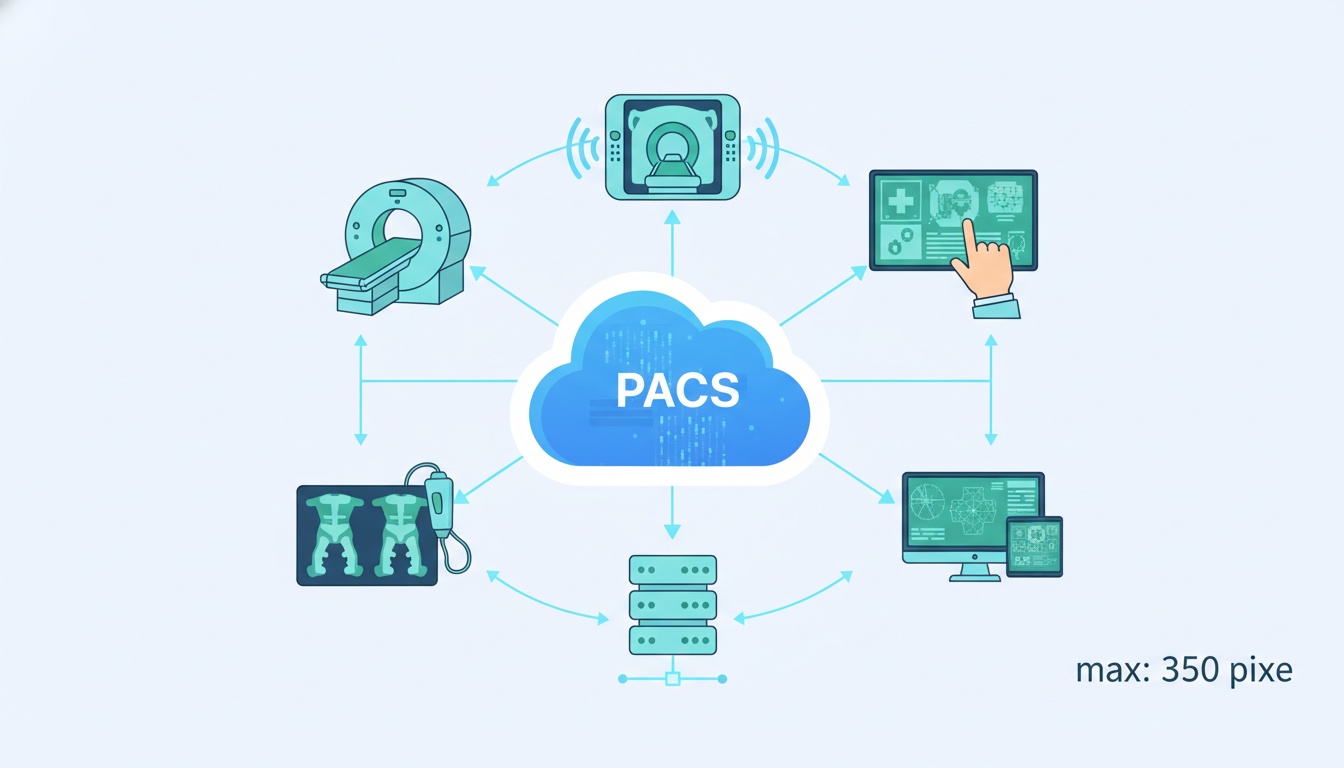
Welcome to a deeper understanding of PACS—the Picture Archiving and Communication System that has reshaped the terrain of medical imaging.Read more...
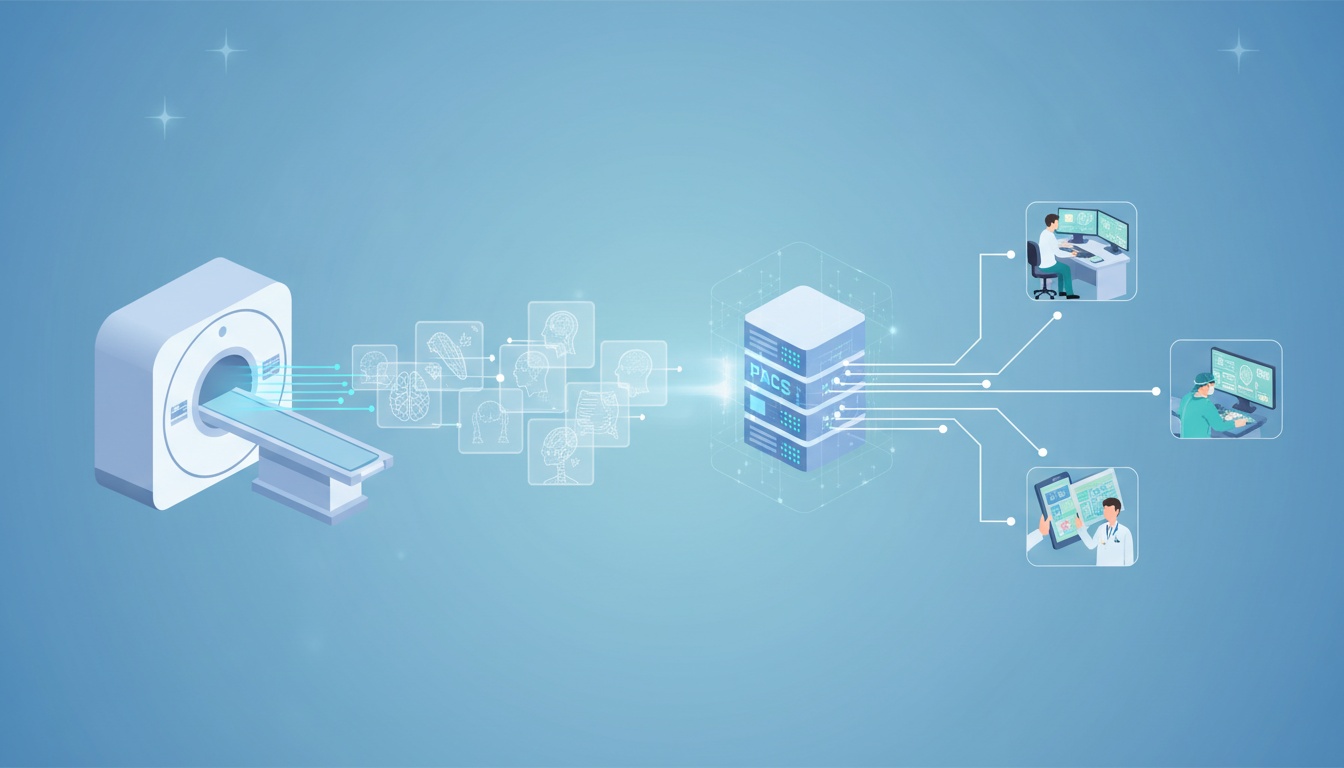
Magnetic Resonance Imaging (MRI) is a cornerstone of modern medical diagnostics, providing detailed images vital for accurate diagnosis and treatment. Equally essential is the Picture Archiving and Communication System (PACS), which revolutionizes how these critical images are managed and accessed within healthcare settings.Read more...
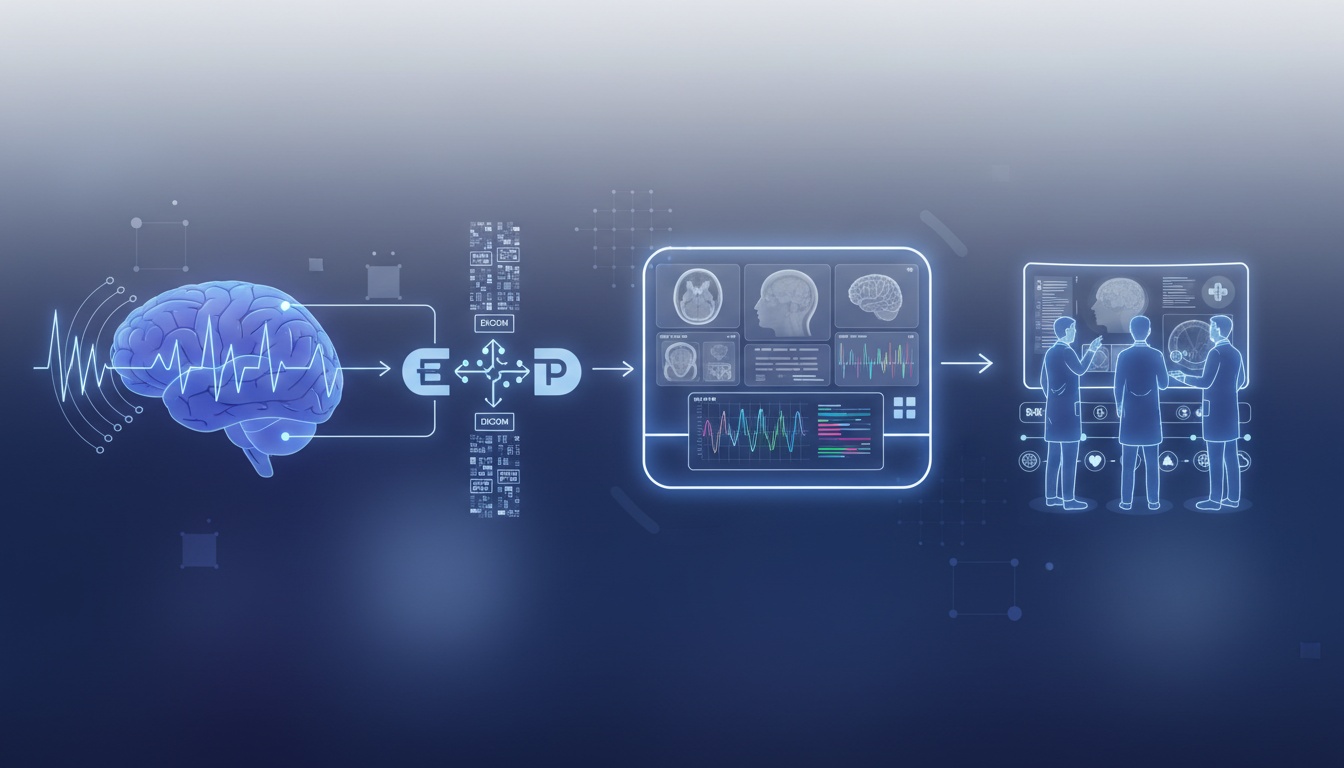
Electroencephalography (EEG) is pivotal in neurological diagnosis and monitoring, offering insights crucial for understanding various brain conditions. However, the full potential of EEG can only be realized when integrated effectively with other diagnostic tools.Read more...
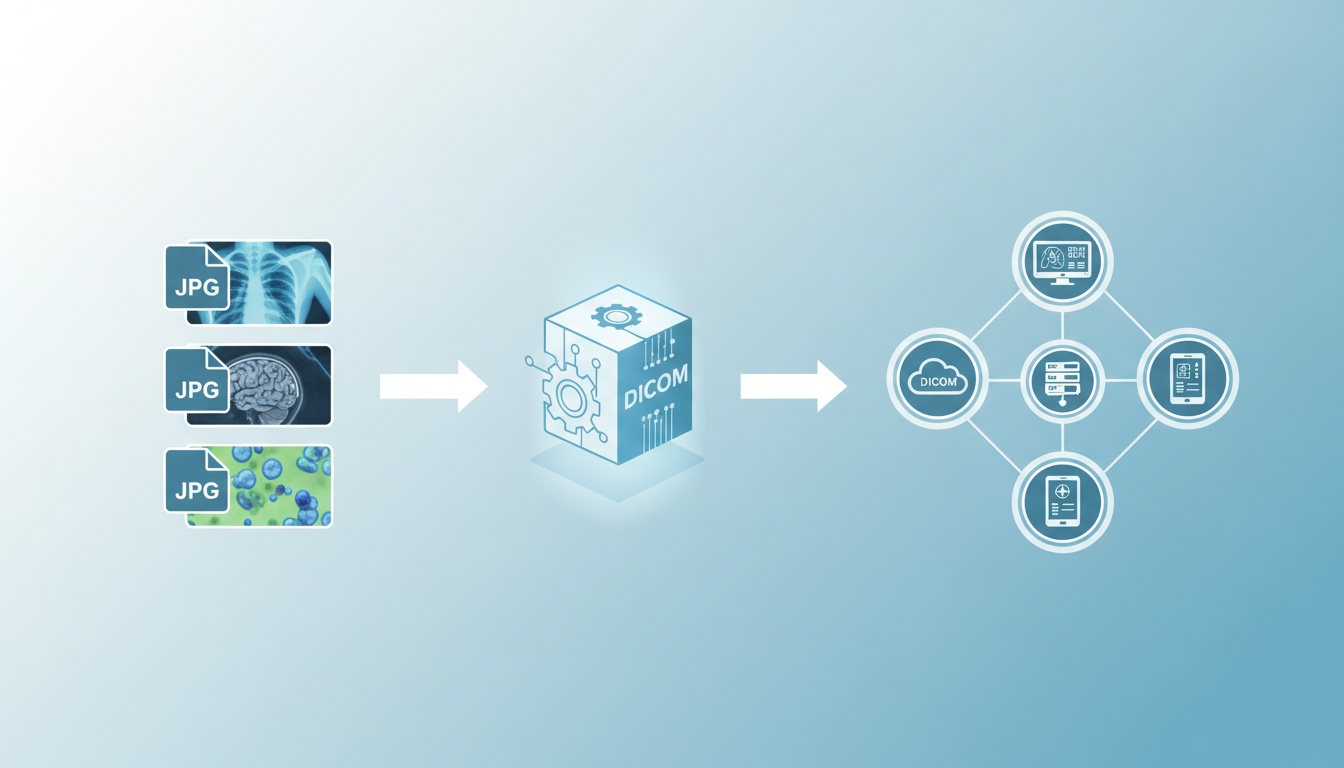
For medical facilities, converting JPEG images to DICOM format is more than a technical necessity—it’s about ensuring that every piece of patient information can be accessed within the sophisticated digital systems used in modern medicine.Read more...
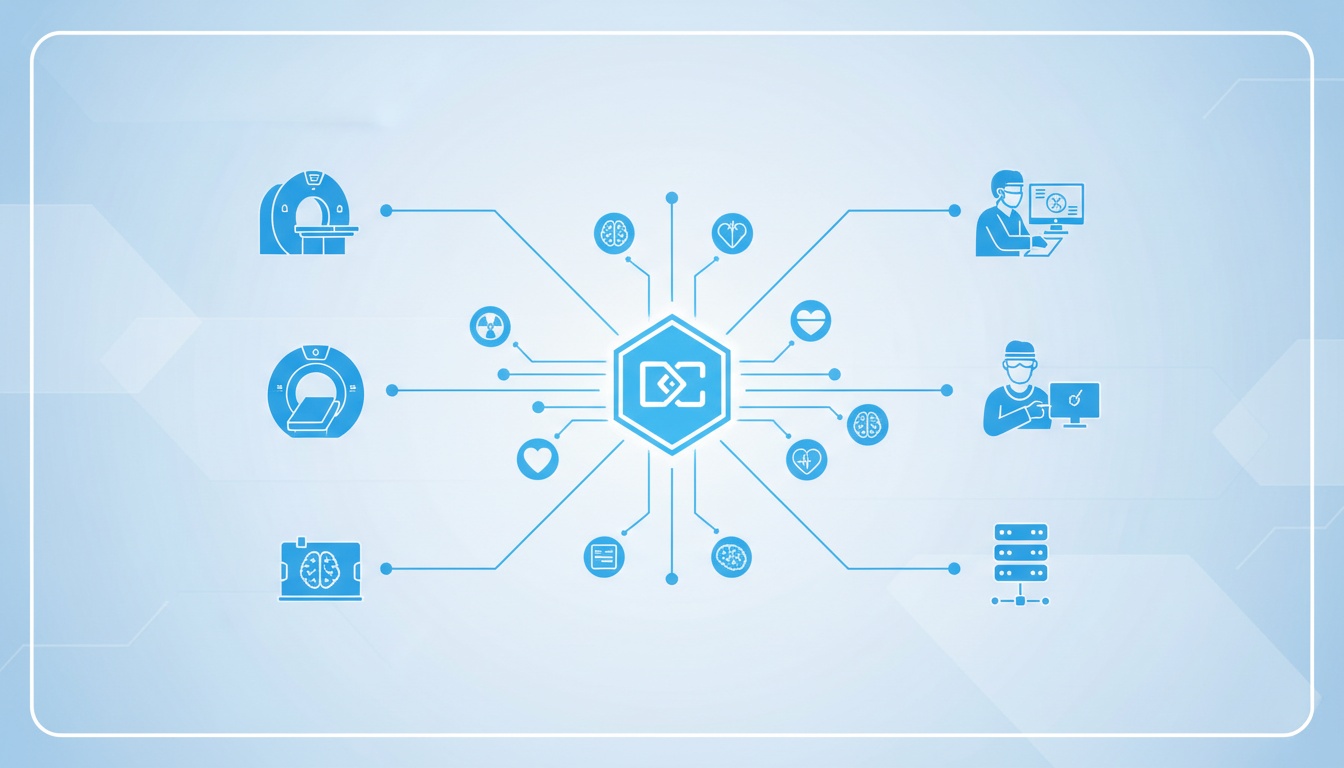
The complexity of medical imaging requires more than cutting-edge equipment; it demands a robust method of managing and communicating data.Read more...

HL7 and DICOM are two essential standards that manage this complex data. HL7 helps transfer health information seamlessly between various healthcare systems, supporting everything from patient scheduling to clinical decisions.Read more...
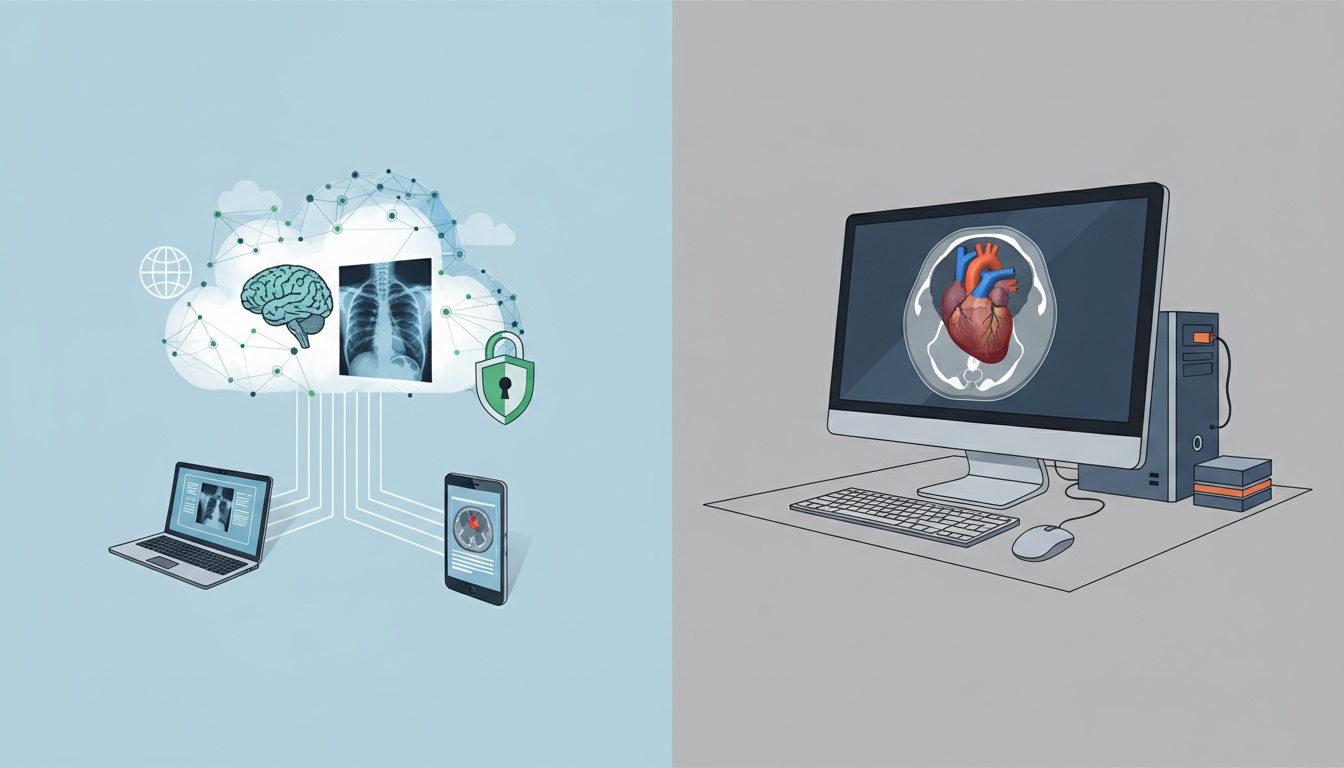
Imagine accessing and analyzing your medical images anytime, anywhere, without being tied to a specific workstation.Read more...
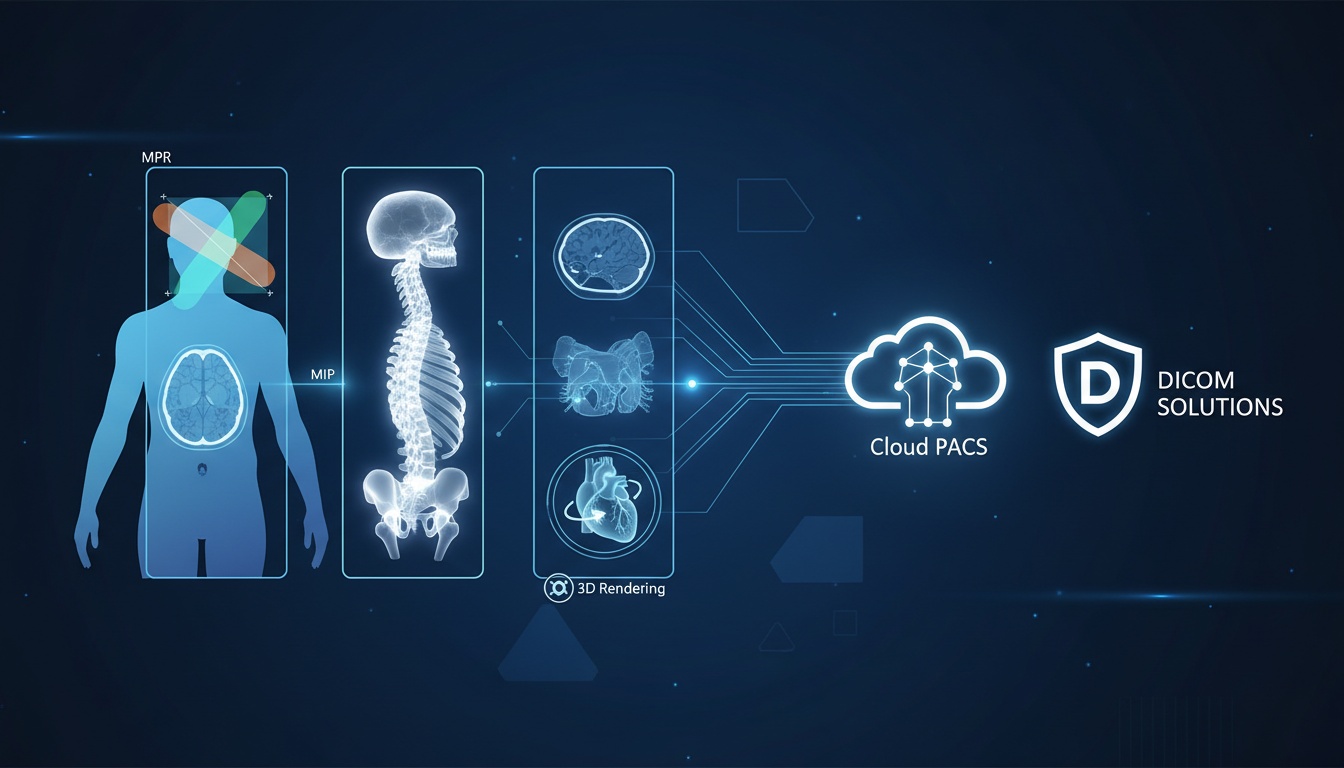
Imagine a world where your medical team can explore the human body in vivid detail from every conceivable angle with just a few clicks. Picture being able to transform flat, two-dimensional scans into dynamic, three-dimensional models that bring clarity to the most complex cases.Read more...
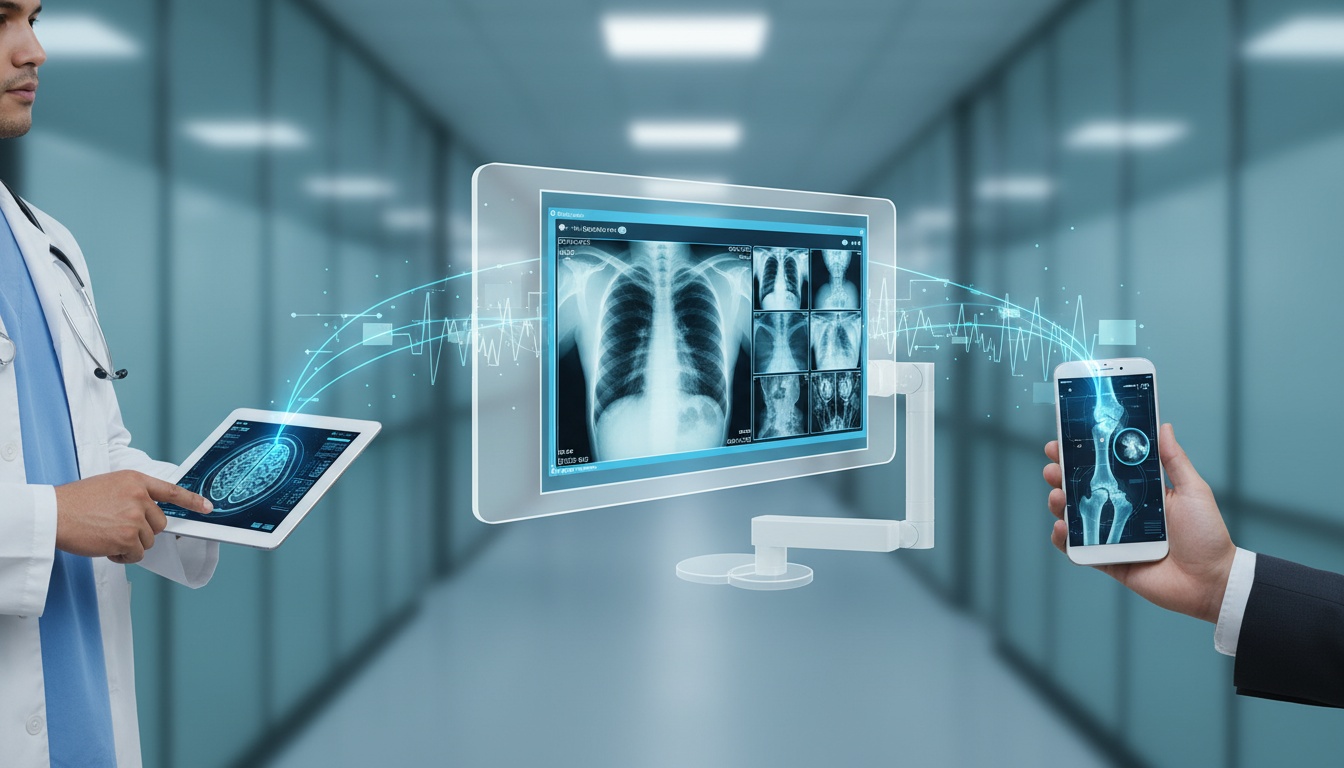
Picture this: a specialist pulls up a patient’s MRI on a tablet during a quick hallway consult, or a radiologist reviews X-rays on their smartphone while commuting.Read more...
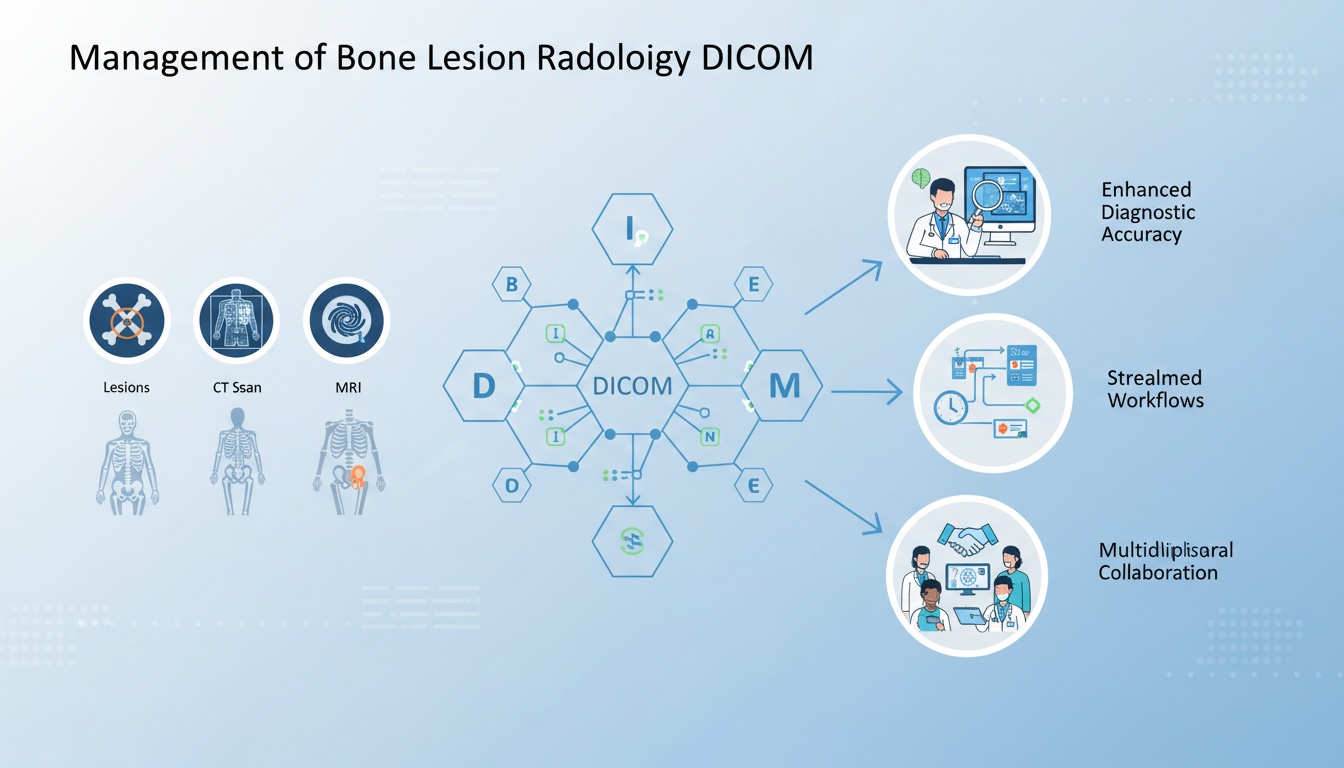
Bone lesion radiology can be challenging to diagnose and manage. It often requires detailed imaging from multiple modalities, such as X-rays, CT scans, and MRIs. Accurate imaging is crucial for effective diagnosis and treatment planning.Read more...

As medical professionals strive to deliver the best possible care, two technologies often take center stage: DICOM (Digital Imaging and Communications in Medicine) and PACS (Picture Archiving and Communication System).Read more...
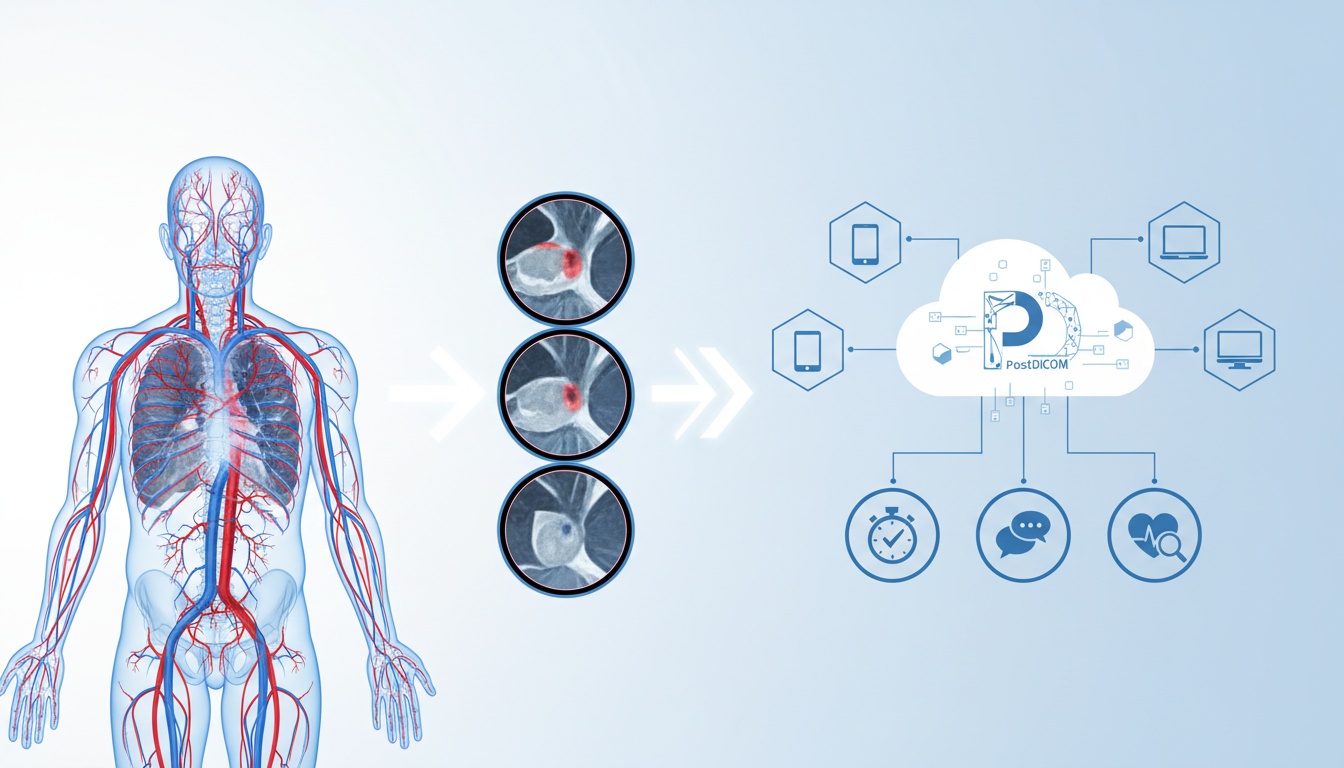
At PostDICOM, we understand the critical role advanced imaging techniques like Digital Subtraction Angiography (DSA) play in diagnosing and treating vascular diseases. DSA provides unparalleled insights into the intricacies of blood vessels, making it an indispensable tool in modern medicine.Read more...

Is your medical practice drowning in a sea of medical images? Do you need help managing, storing, and accessing patient data efficiently? If so, you're not alone.Read more...
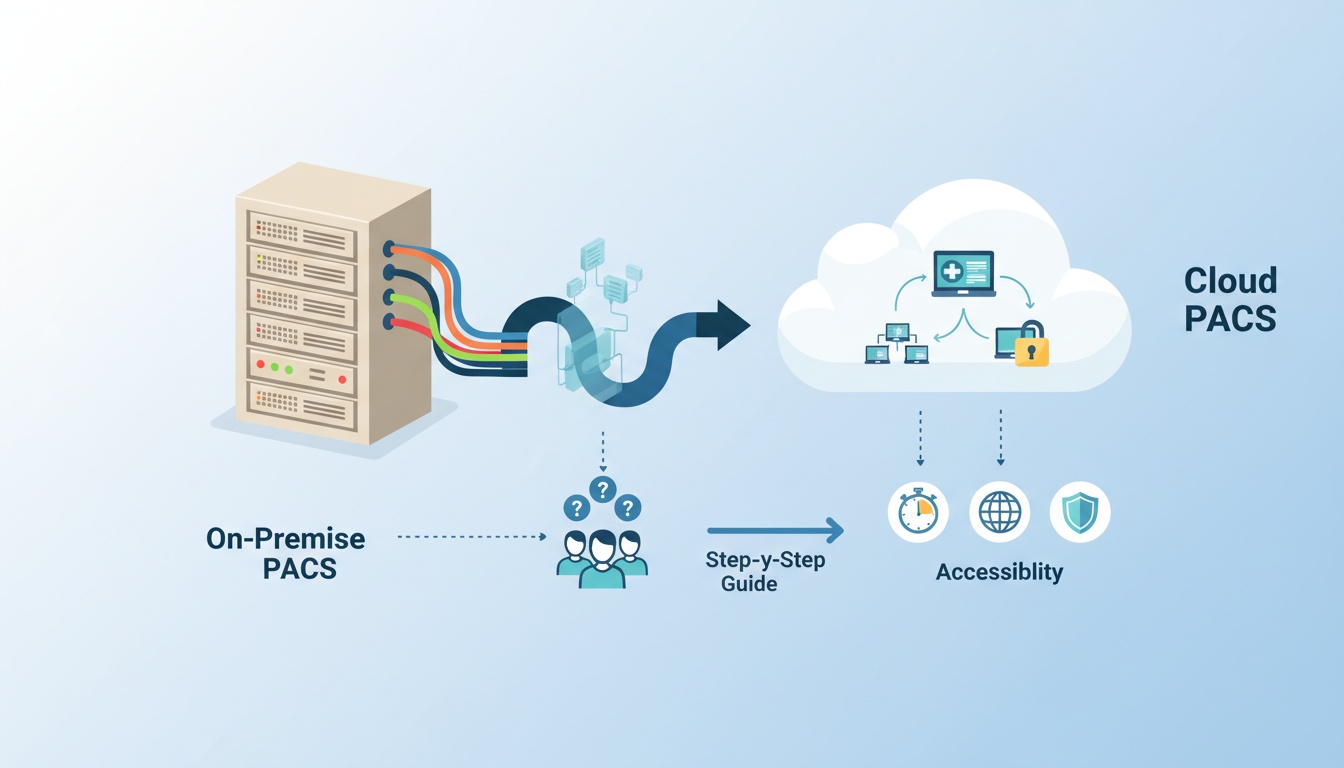
The leap towards a cloud-based Picture Archiving and Communication System (PACS) might seem daunting for your clinic. While perhaps outdated, the familiar comfort of your current system is undeniably secure.Read more...
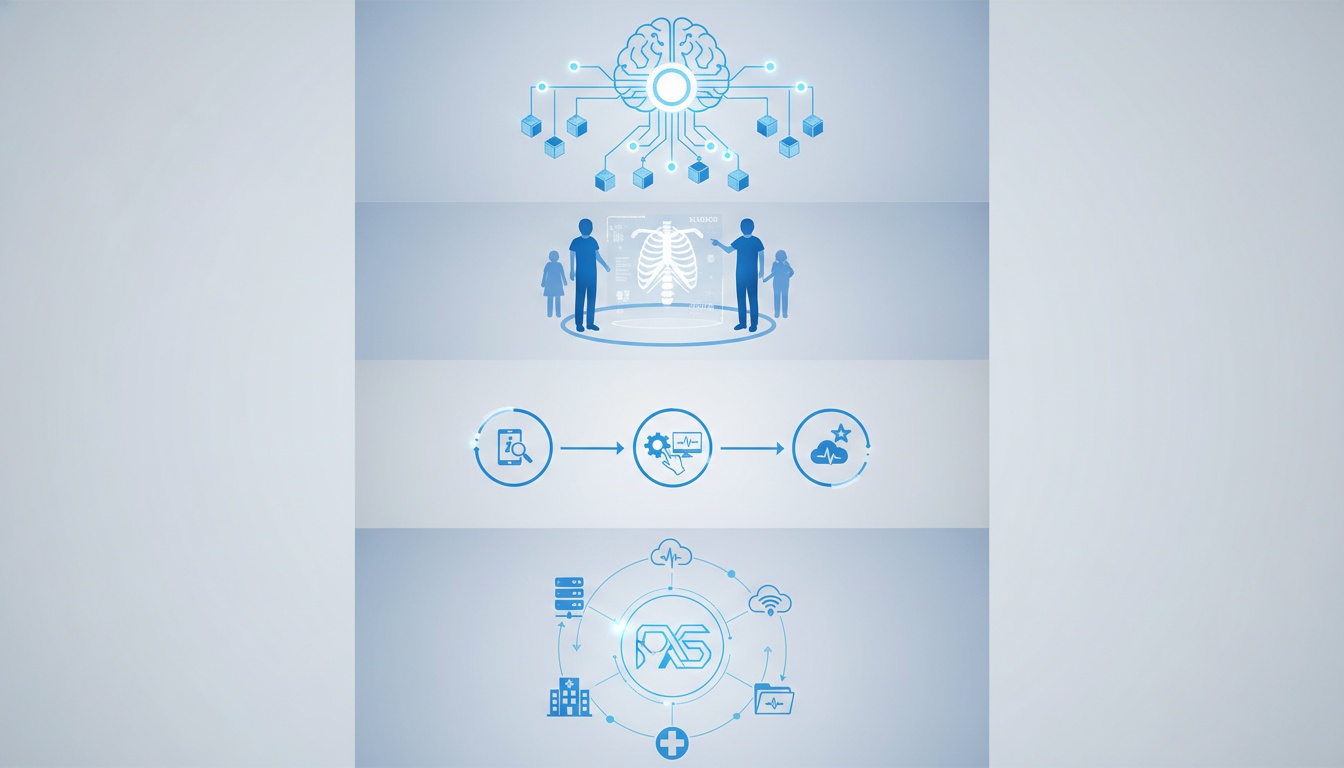
Transitioning to a Picture Archiving and Communication System (PACS) in healthcare can feel like navigating uncharted territory. Your dedicated team, the backbone of your operations, might face a wave of uncertainty and apprehension.Read more...
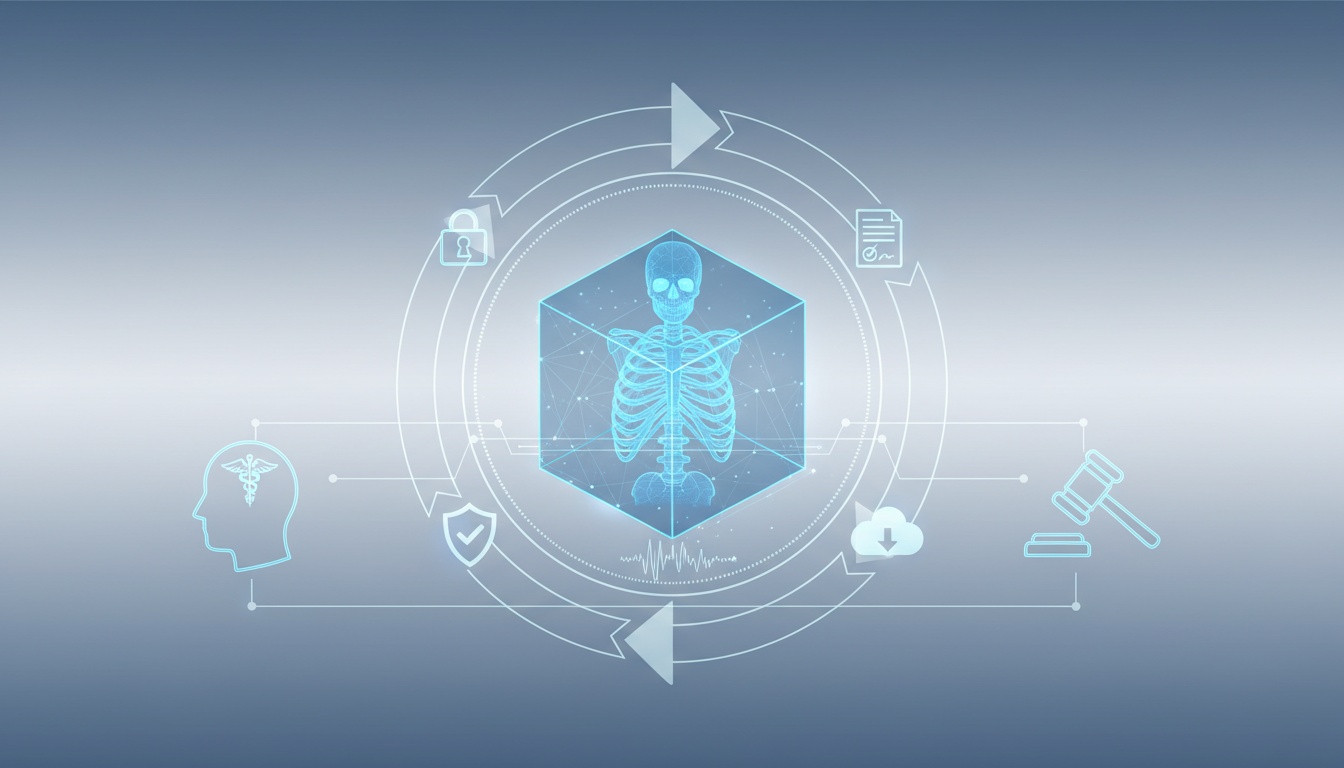
Understanding the legal aspects of using DICOM is crucial for medical professionals, law firms, and healthcare facilities. From patient privacy and data security to image ownership and liability concerns, a web of regulations must be carefully navigated.Read more...
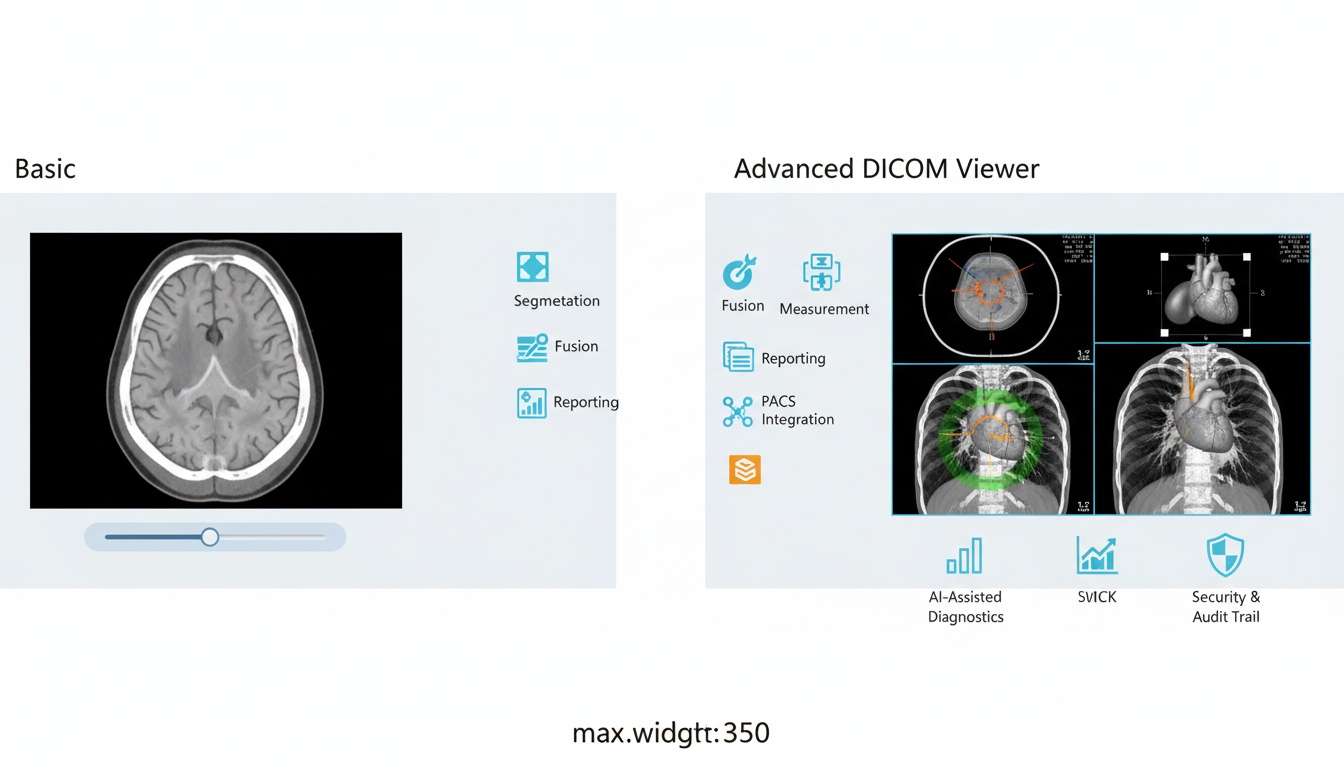
Selecting a suitable DICOM viewer is crucial for any medical or research facility. These software solutions are the gateway to the wealth of information contained in medical images.Read more...

Medical imaging has revolutionized the way we diagnose and treat diseases. From the groundbreaking discovery of X-rays to cutting-edge advancements in MRI and CT scans, these technologies have given doctors an unprecedented view of the human body.Read more...
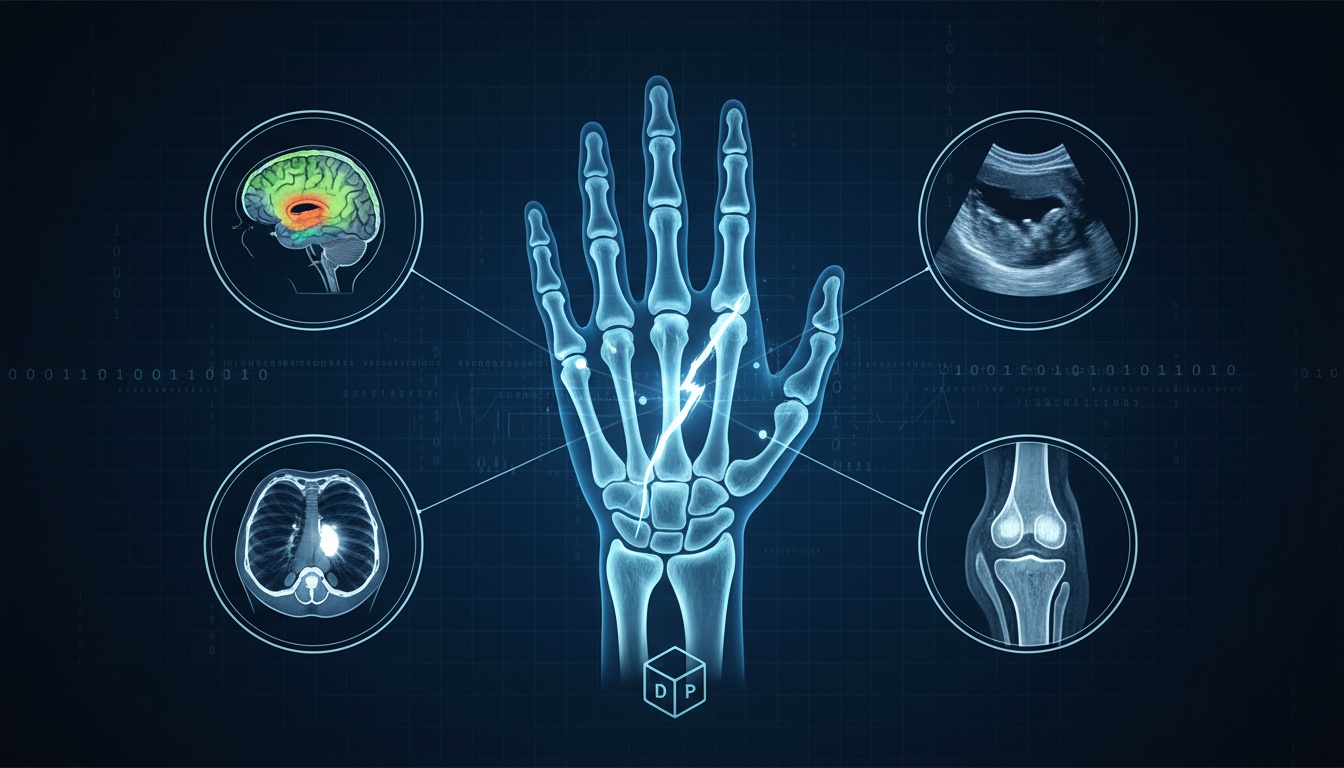
Think of it as a Netflix for medical images, allowing doctors to access and analyze a patient's entire visual history instantly. This streamlined approach speeds up interpretation, empowers collaboration, and contributes to more accurate diagnoses and better patient outcomes.Read more...
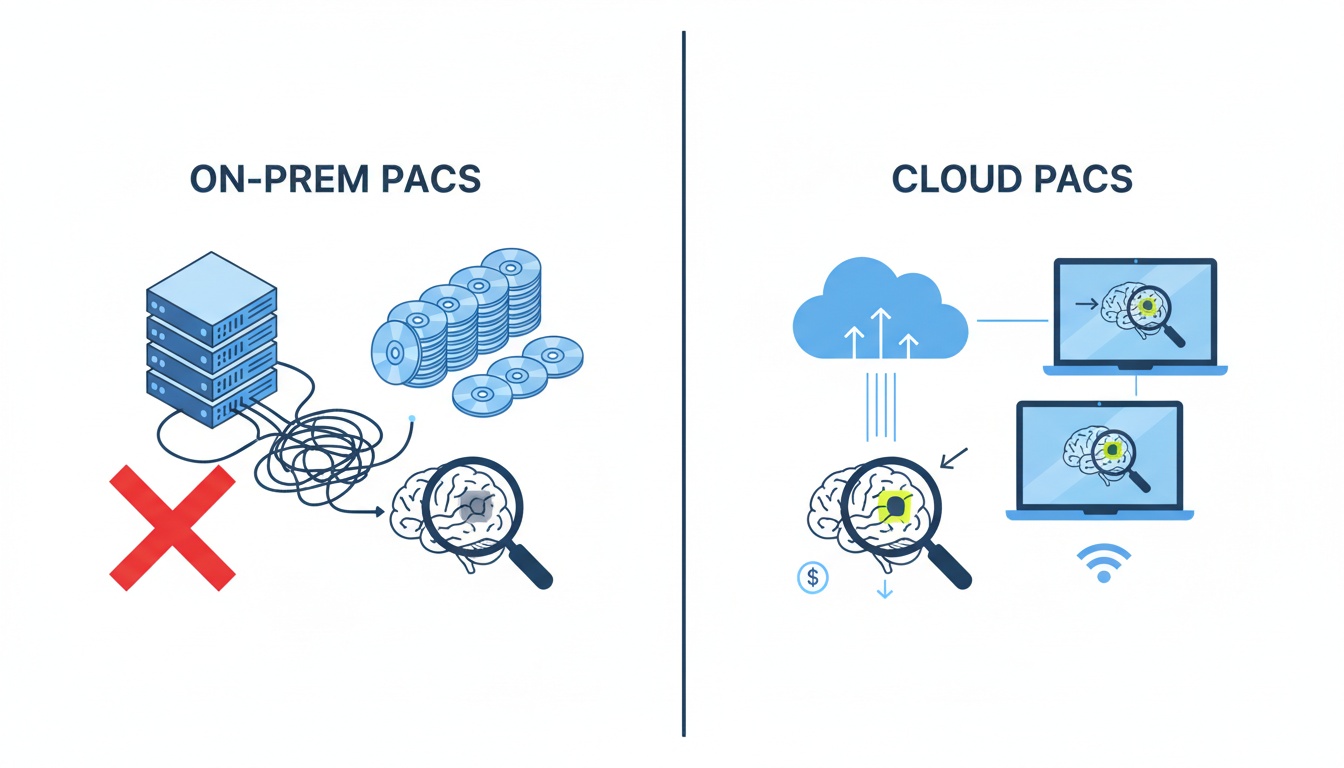
Imagine storing years of these scans for hundreds or thousands of patients, especially when analyzing them for subtle hypodensities—areas appearing darker than normal tissue that could signal anything from a stroke to a tumor.Read more...
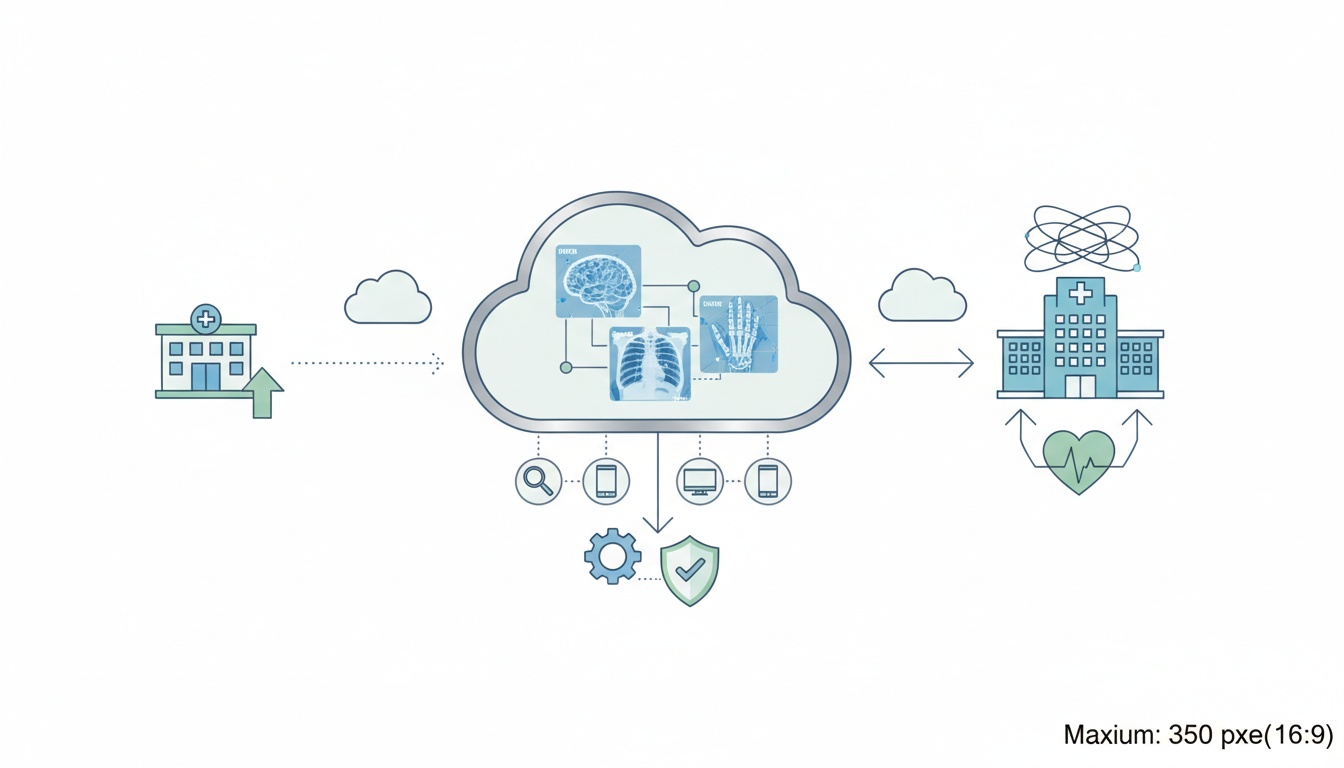
Healthcare facilities in this digital era face a big question: Is cloud-based PACS the right move? This isn't just about jumping on the tech bandwagon. It's about finding a fit that matches your practice's heartbeat.Read more...
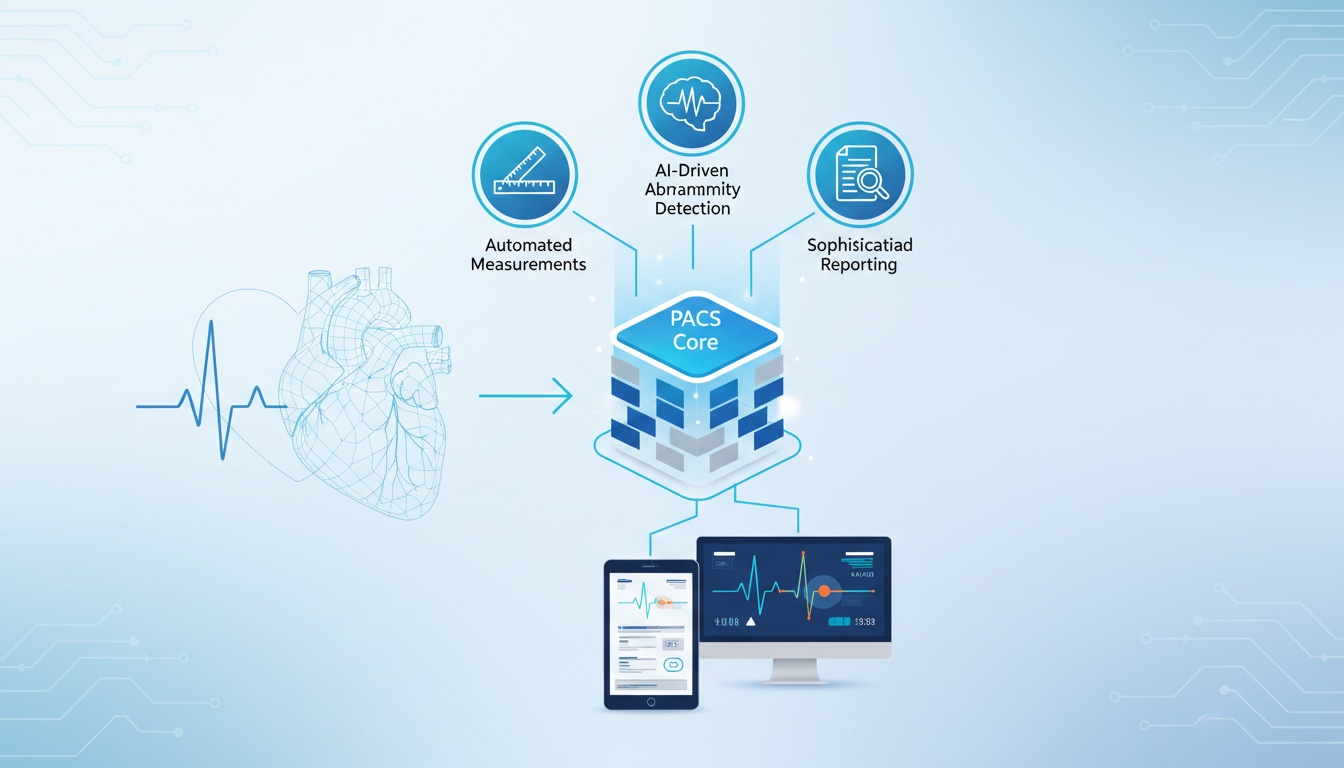
The traditional role of Picture Archiving and Communication Systems (PACS) is being dramatically redefined in the rapidly evolving landscape of cardiac care. No longer just a digital repository for medical images, today's PACS platforms are at the forefront of revolutionizing EKG analysis.Read more...

The advent of cloud-based PACS (Picture Archiving and Communication System) has ushered in a transformative solution, promising an upgrade in data storage and security and a complete overhaul of the ECG workflow.Read more...
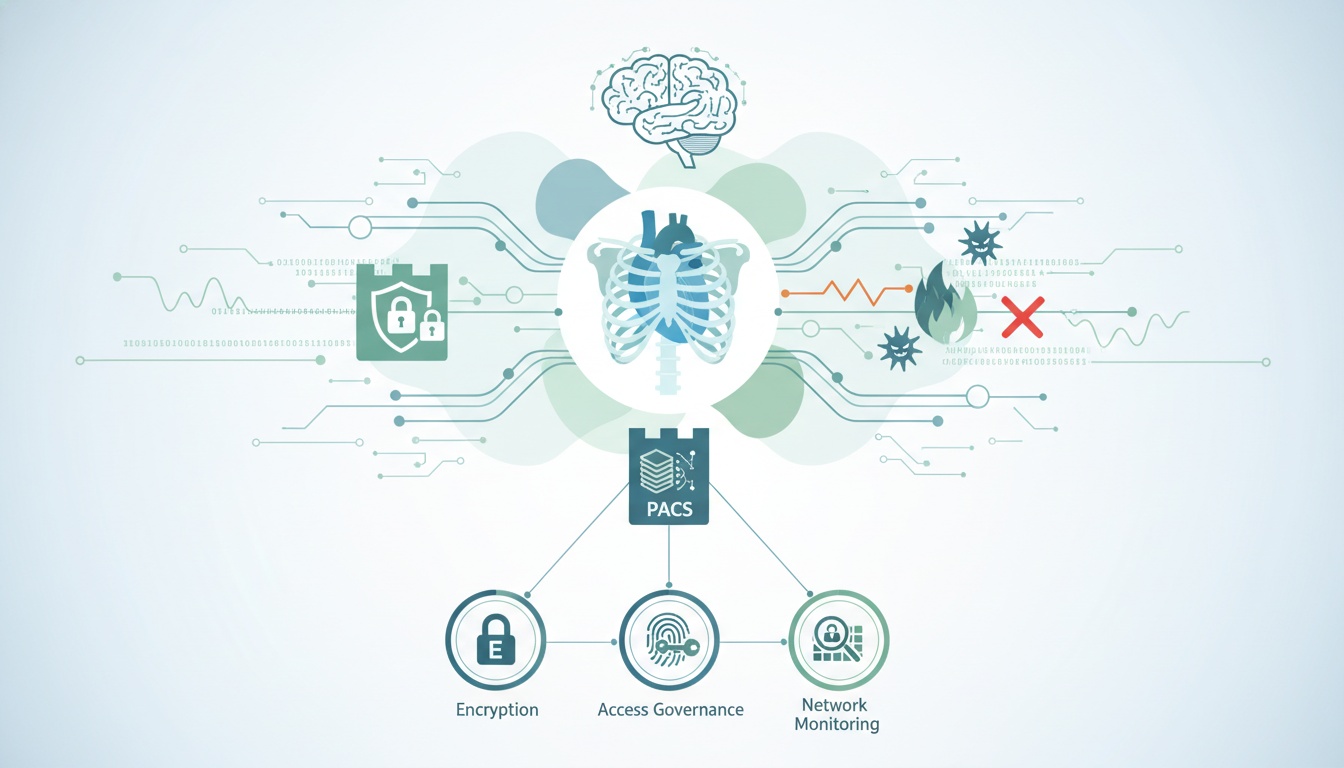
As records become irresistible hacker targets, providers balancing accessibility with privacy protections enter slippery territory. Yet patient trust and regulatory non-compliance inflict high costs when security fails.Read more...
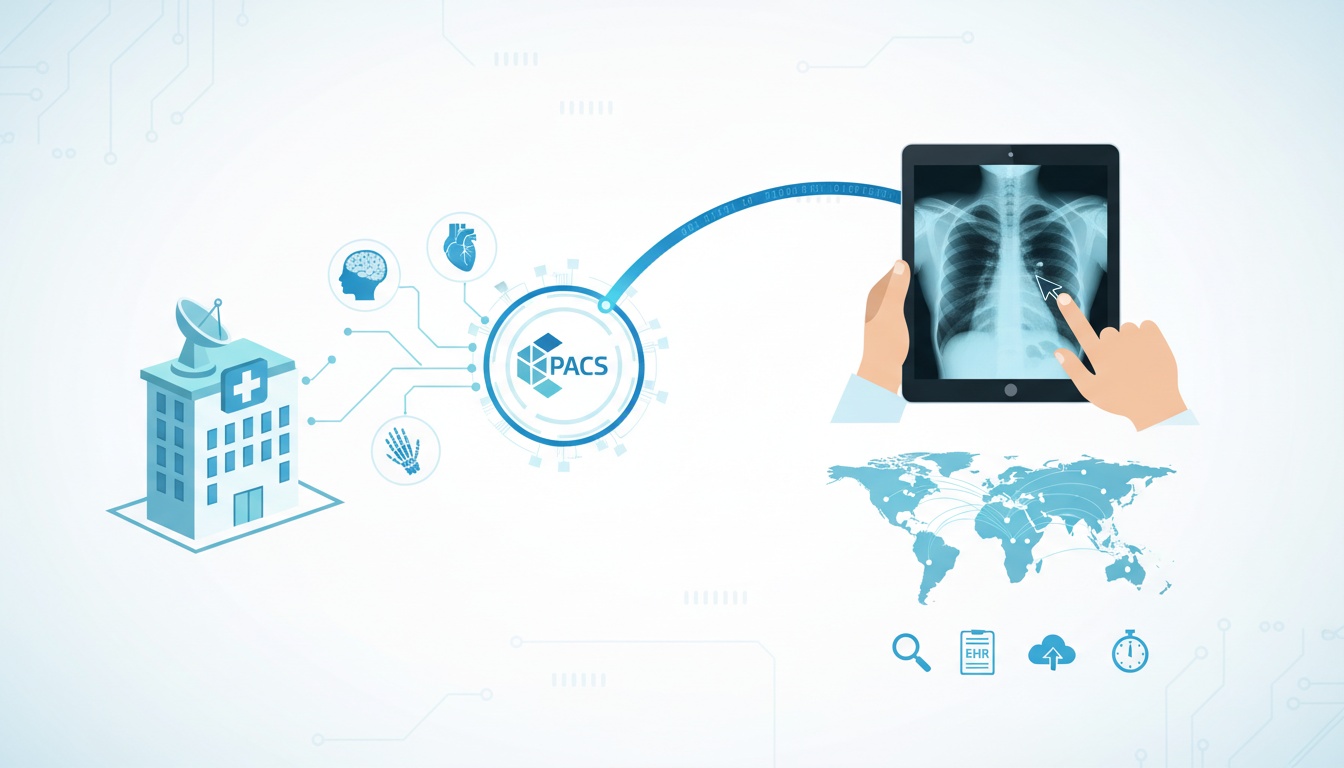
Yet diagnosing from afar hinges on accessing imaging studies with clarity. This is where Picture Archiving and Communications Systems (PACS) bridges the physical divide. PACS securely consolidates medical images to coordinate care and empower radiologists across vast distances.Read more...
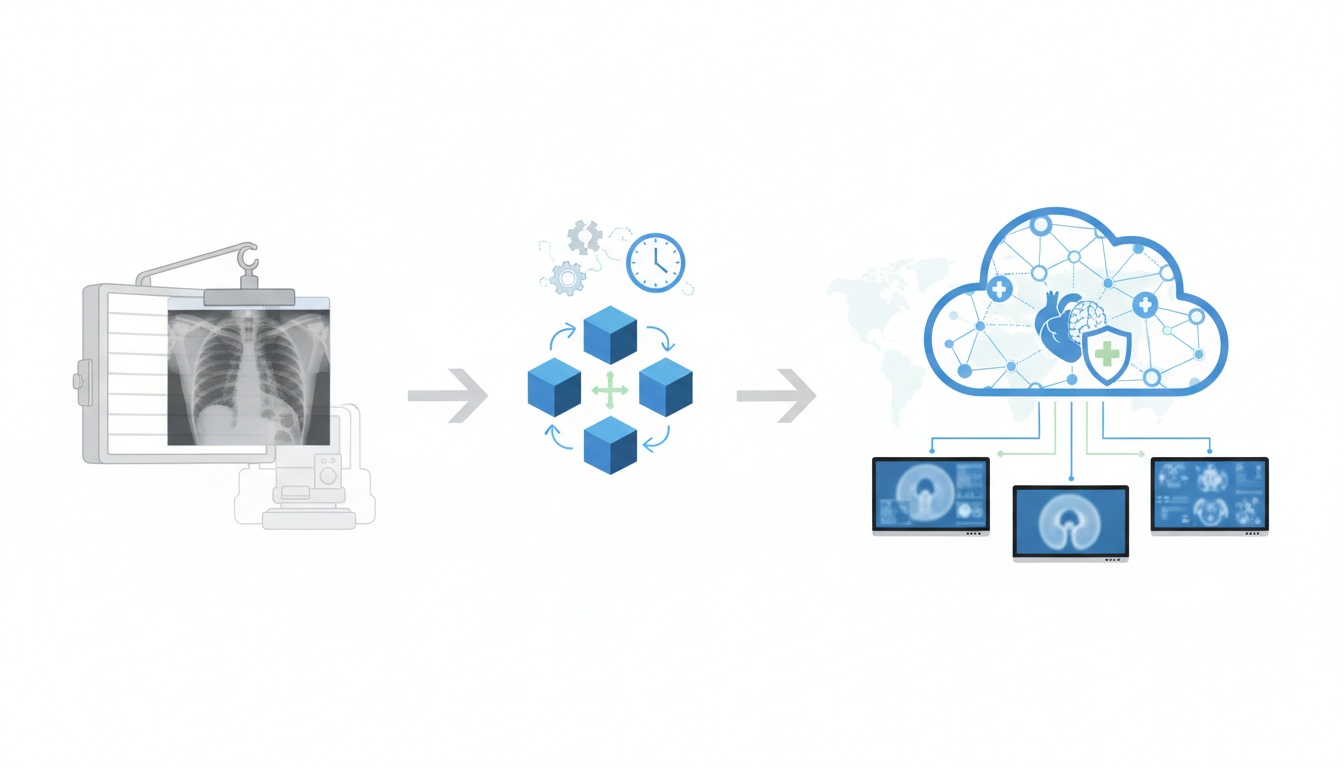
Over a century has passed since Wilhelm Röntgen’s revolutionary discovery of X-rays. This breakthrough enabled visualizing the body’s inner workings, though early film-based methods faced substantial limitations.Read more...

That's why integrating digital X-ray systems with Picture Archiving and Communication Systems (PACS) has revolutionized how orthopedic conditions are diagnosed and treated. This advanced technology ensures accurate imaging, making it easier for healthcare providers to provide the best possible care for their patients. Read more...
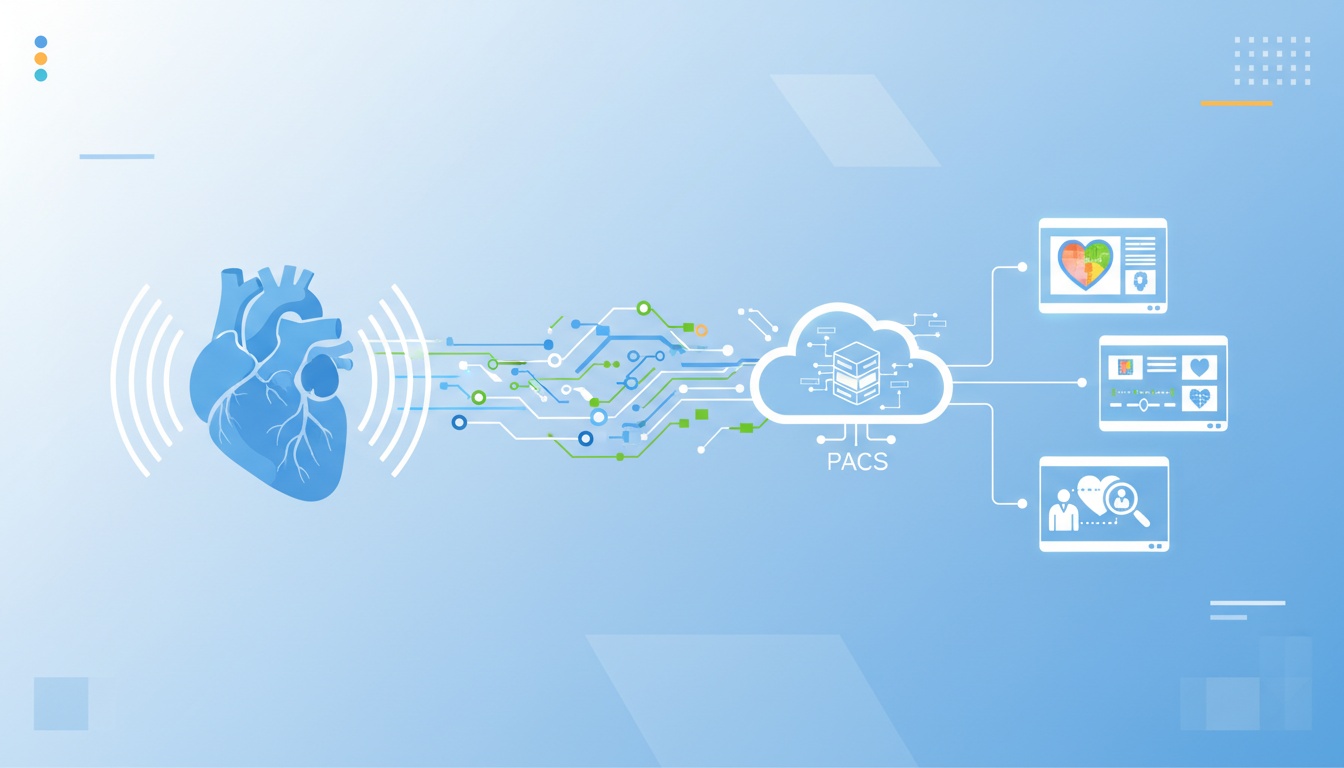
Echocardiography stands as a critical tool for diagnosing heart conditions. Integrating this vital imaging technique with Picture Archiving and Communication Systems (PACS) is revolutionizing how cardiologists view, analyze, and store these essential images. Read more...
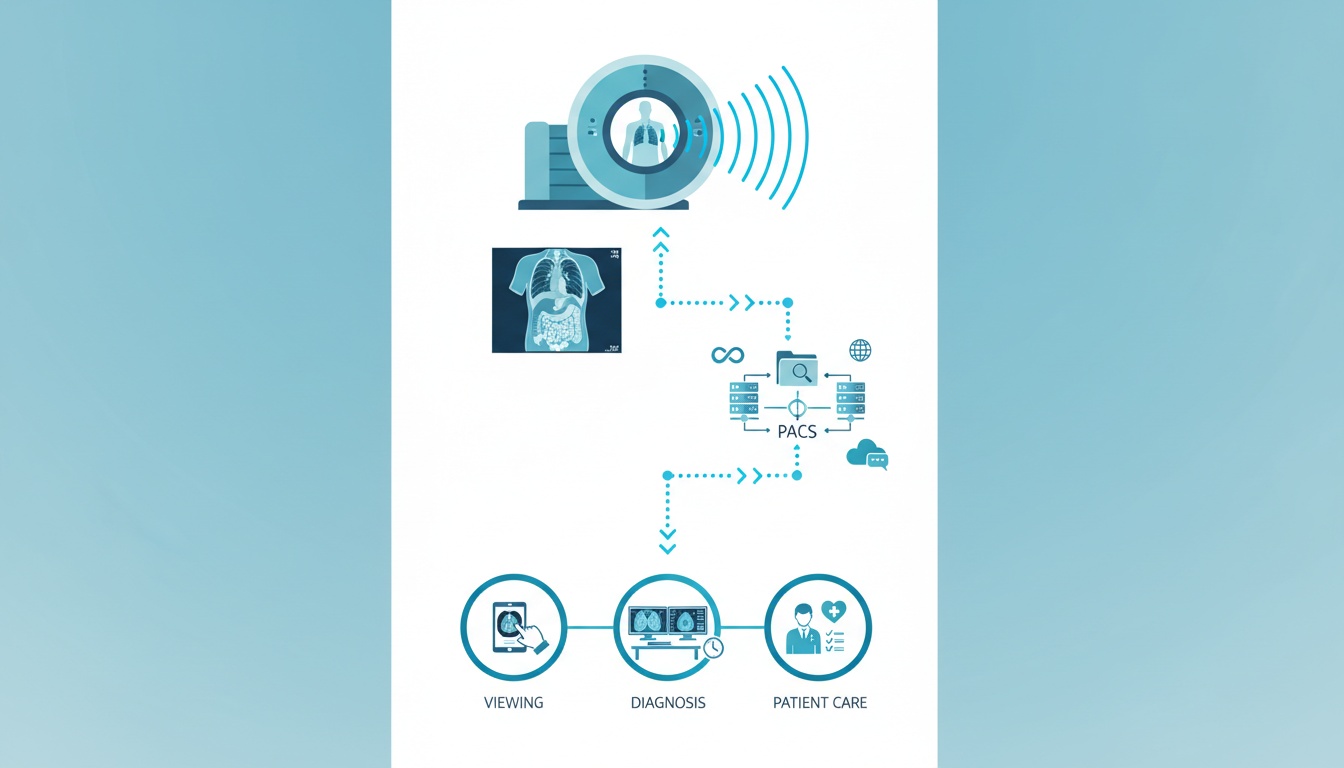
In the fast-paced world of radiology, integrating CT scans with Picture Archiving and Communication Systems (PACS) is revolutionizing how medical professionals manage and interpret diagnostic images. Read more...
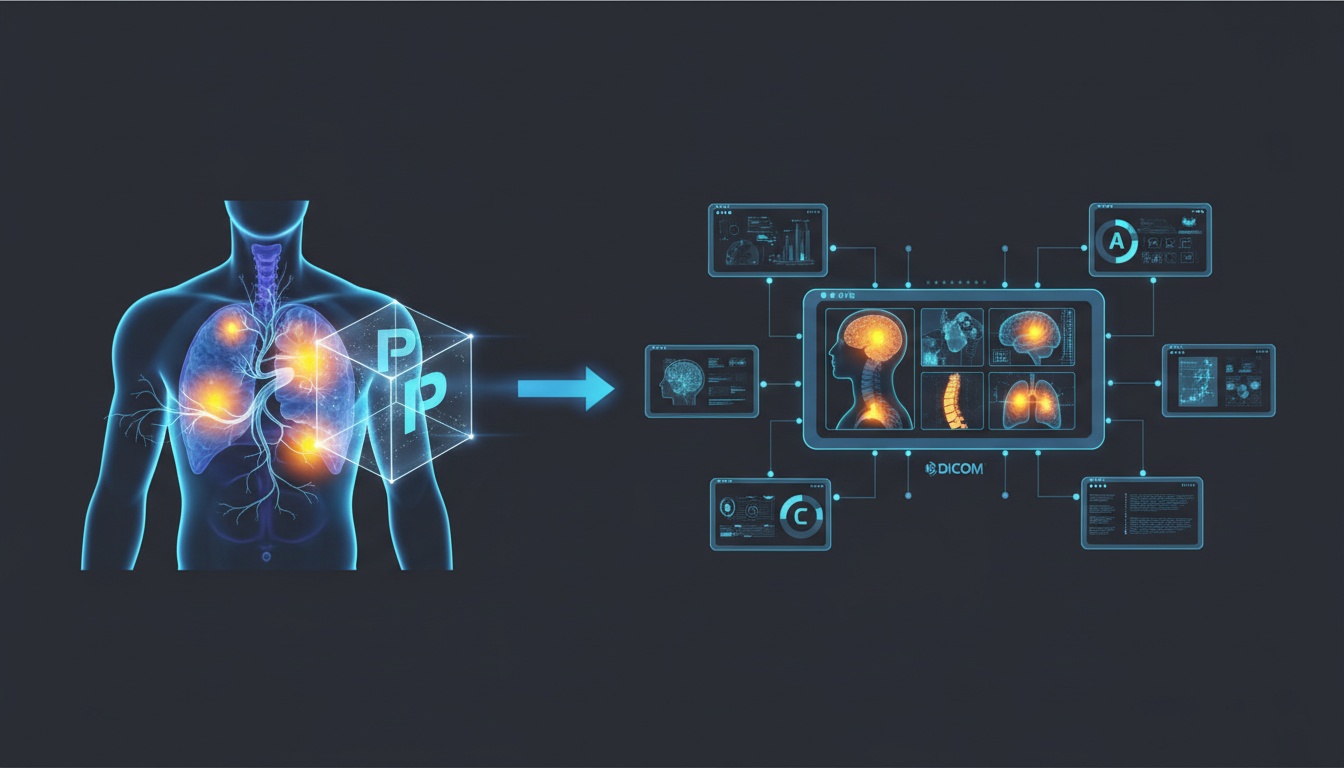
Gone are the days when grainy X-ray film used to be considered cutting-edge medical imaging. From detailed CT scans to real-time ultrasound technology, diagnostics now reveal internal anatomical intricacies previously impossible. Read more...
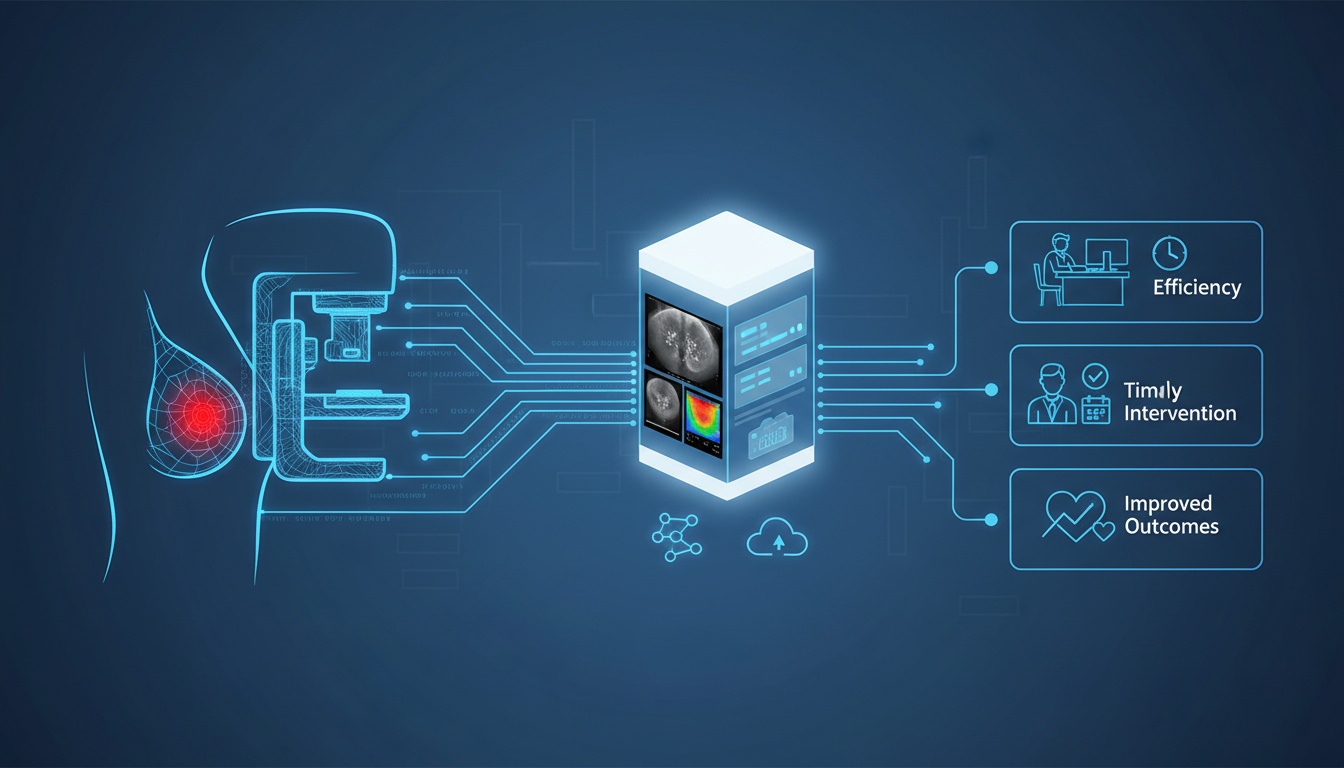
The moment a mammogram reveals a potential anomaly, the race against time begins in the battle against breast cancer. Integrating mammography with Picture Archiving and Communication Systems (PACS) revolutionizes this critical fight. Read more...

From diabetes to hypertension, the number of people living with chronic conditions is only climbing, now accounting for 90% of total healthcare spend in the U.S. alone. Read more...
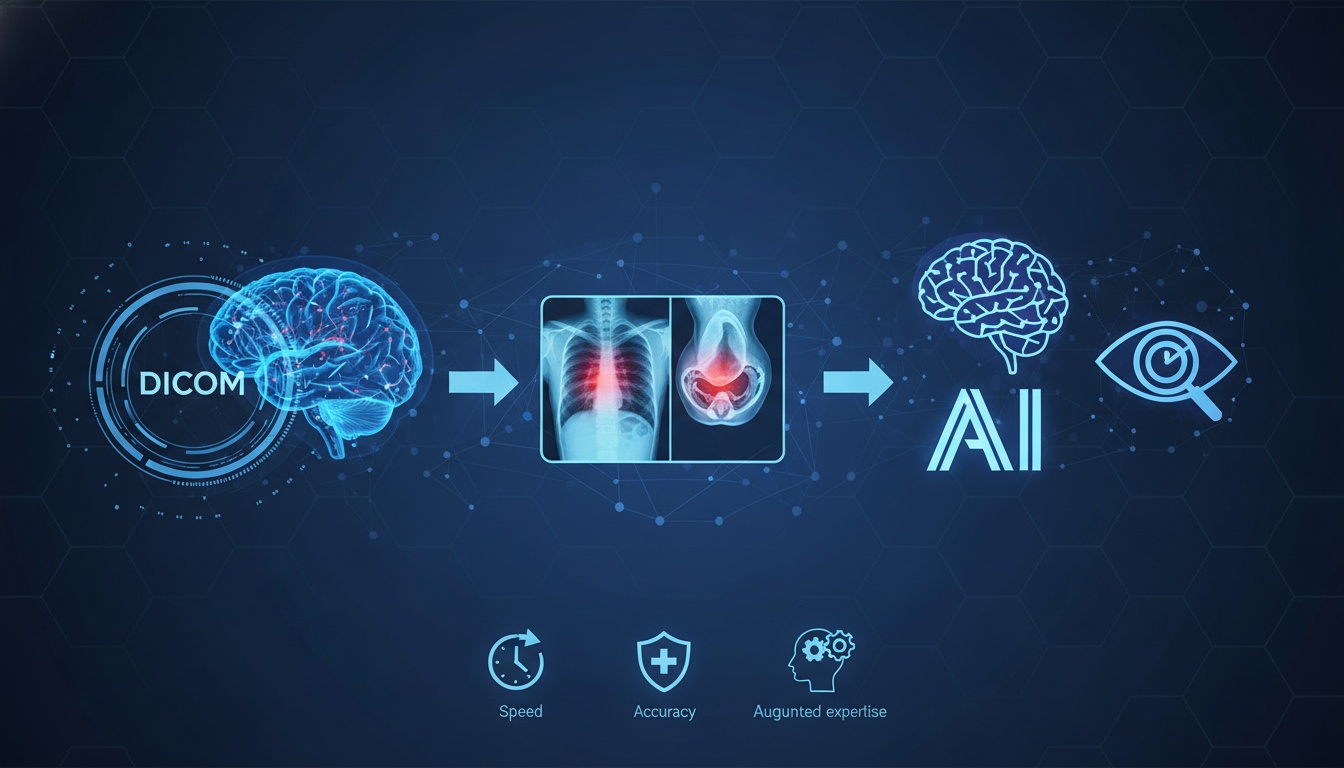
In a bustling radiology department, Dr. Patel recalls the early days of her career—meticulously analyzing medical images, seeking out the faintest anomalies, and relying on her years of training and intuition. Read more...
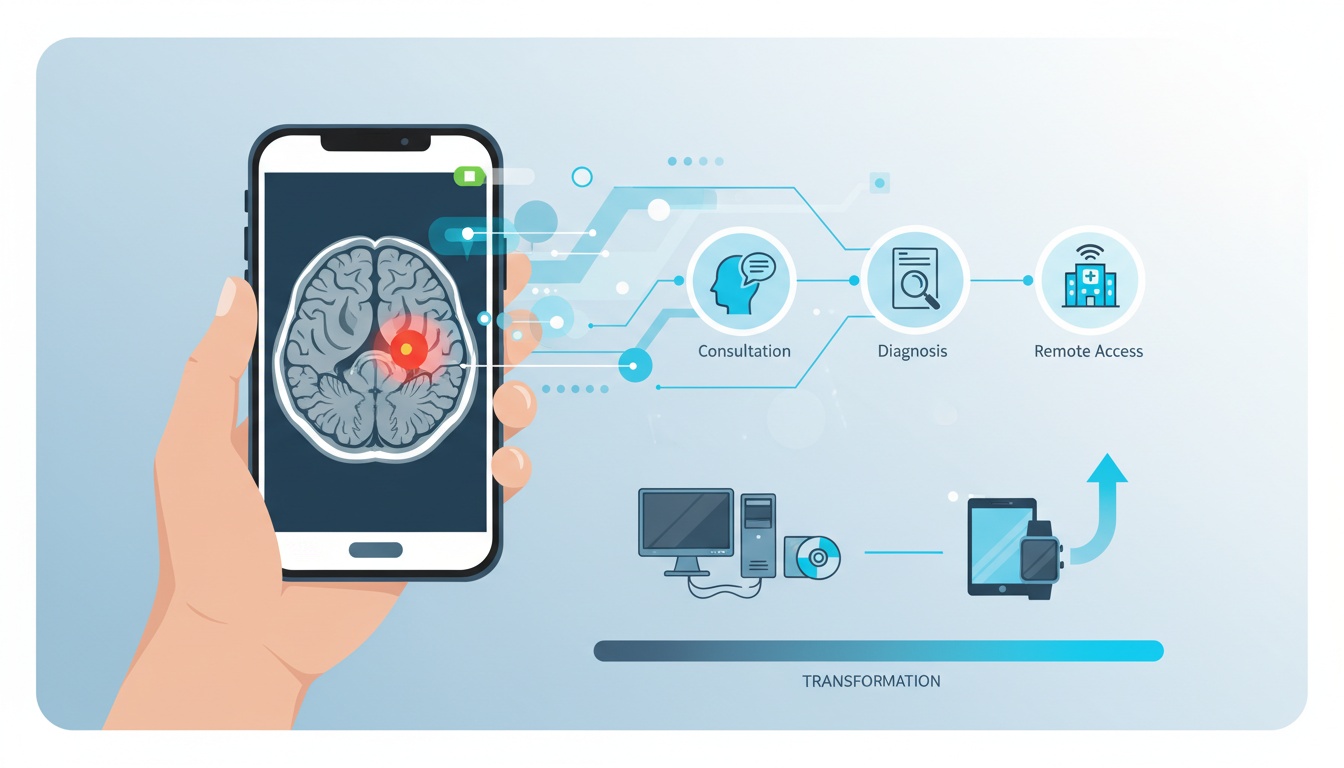
Picture this: A seasoned radiologist vacationing on a serene beach receives an urgent notification on her smartphone. A critical case back at the hospital requires her expertise. Read more...
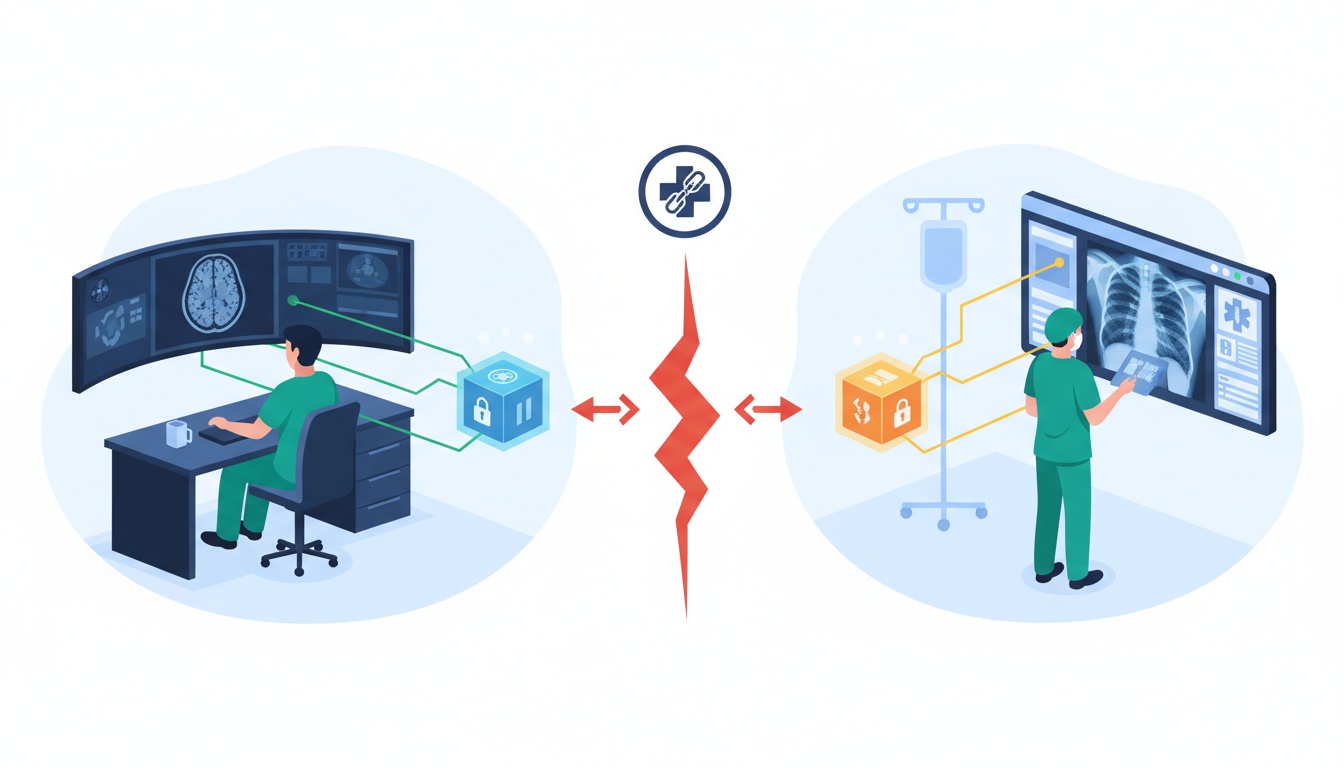
In the bustling corridors of a modern hospital, a radiologist pulls up a patient's MRI on a state-of-the-art DICOM viewer. A few floors above, a surgeon accesses the same patient's previous X-rays on a different system. Read more...
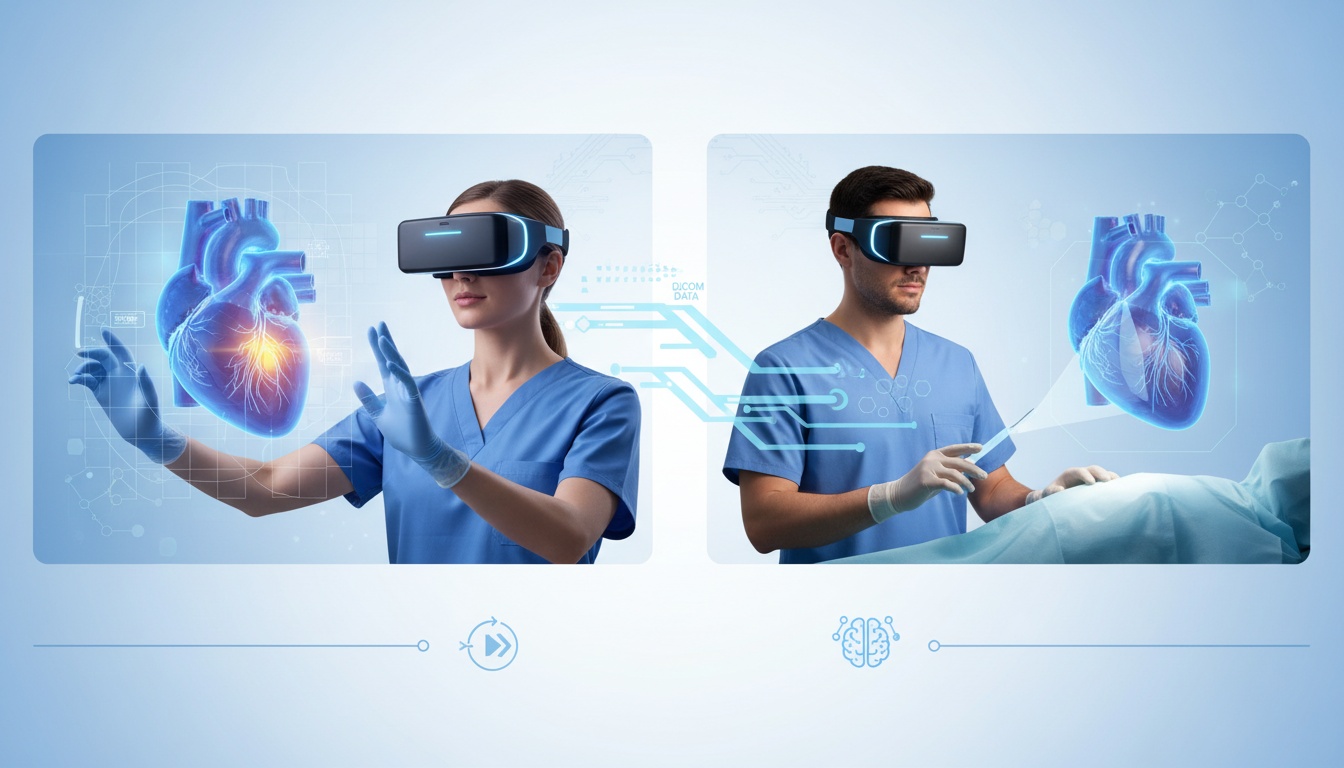
Picture this: A surgeon, donning a sleek headset, steps into a virtual realm where the intricate pathways of a patient's heart come alive in 3D. With a simple gesture, she rotates the heart, zooms into a problematic valve, and plans her surgical approach with unprecedented precision. Read more...
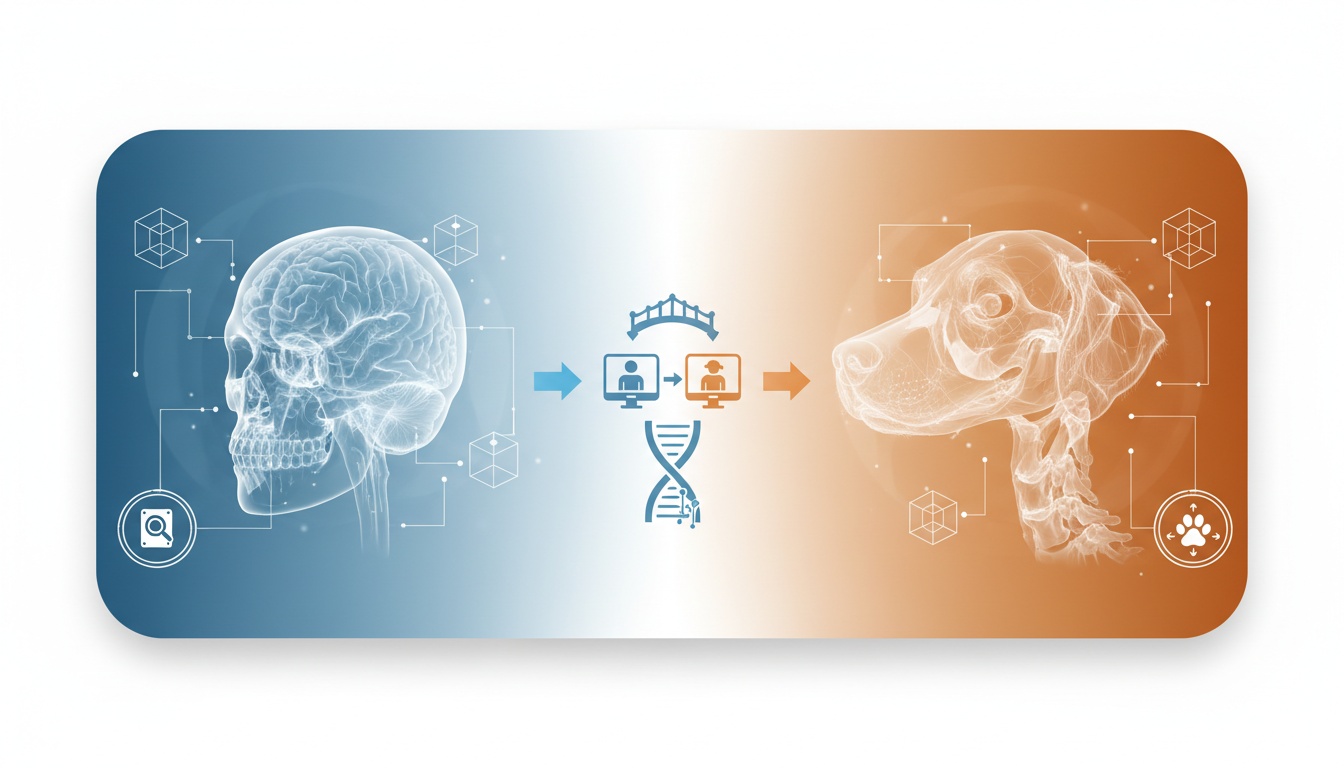
When we think of advanced medical imaging, our minds often wander to bustling hospitals, state-of-the-art clinics, and the intricate world of human healthcare. Read more...
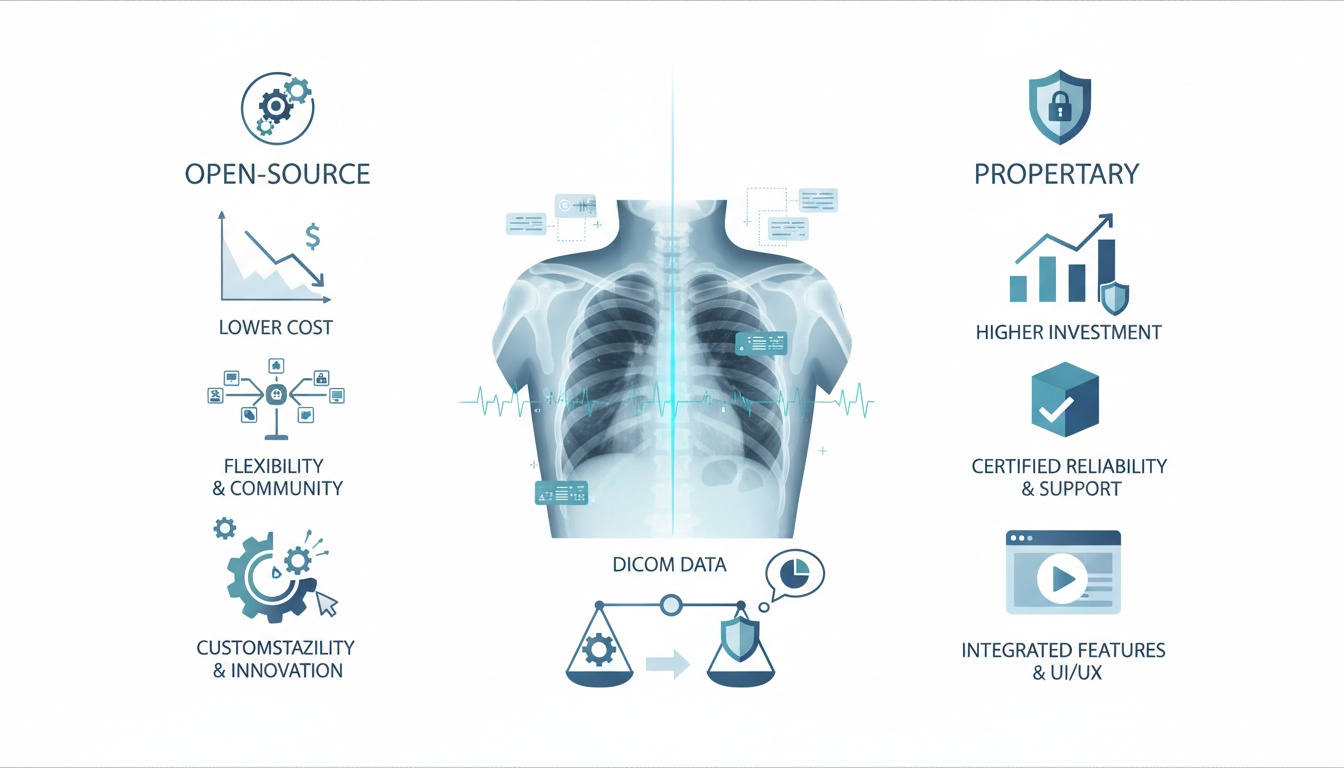
Imagine being a radiologist, sifting through hundreds of medical images daily, and suddenly, your DICOM viewer crashes. The frustration, the delay in diagnosis, and the potential impact on patient care are palpable. Read more...
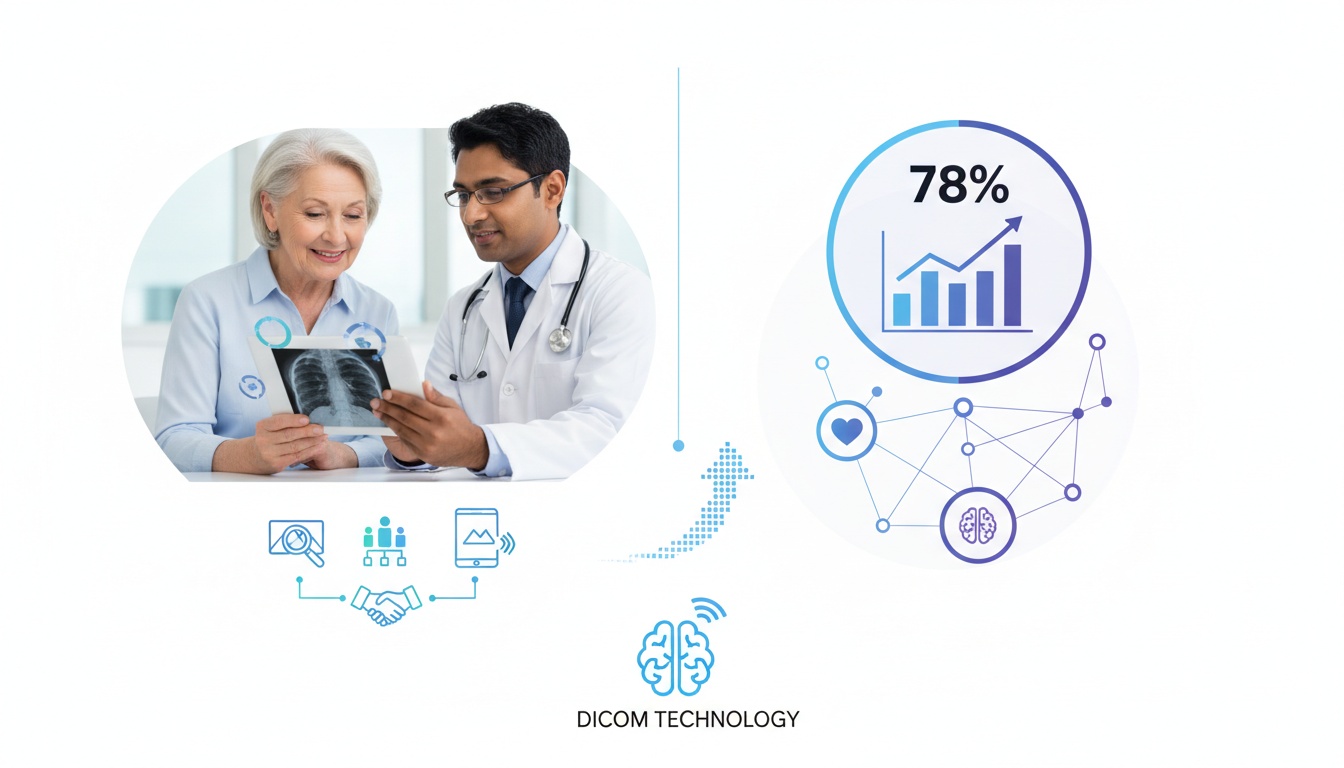
At a busy city hospital, 67-year-old Mrs. Thompson remembers feeling overwhelmed by the medical jargon her doctor used to describe her health. It often felt like she was trying to understand a foreign language, leaving her more puzzled than enlightened. But times have changed. Read more...
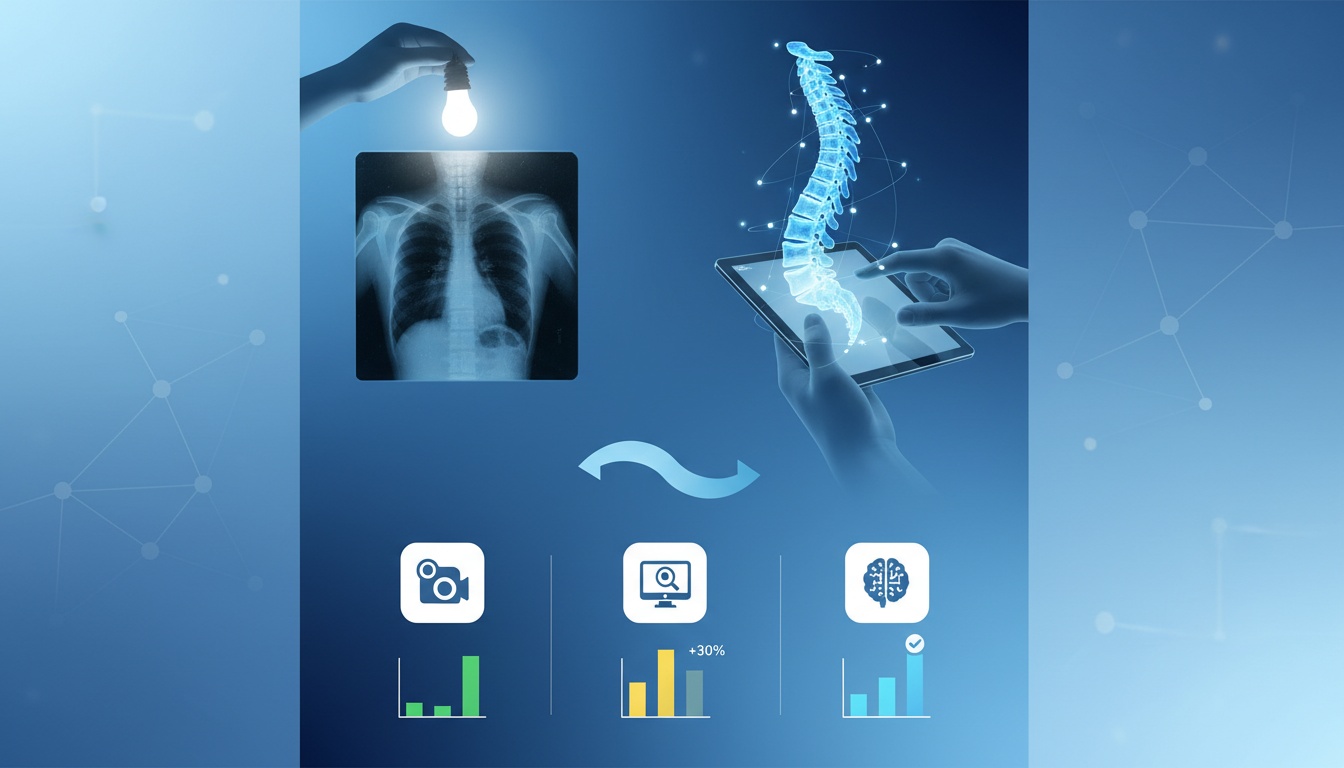
In a dimly lit room, radiologist Dr. Martinez recalls the early days of her career, squinting at grainy X-ray films, trying to discern subtle abnormalities. Read more...
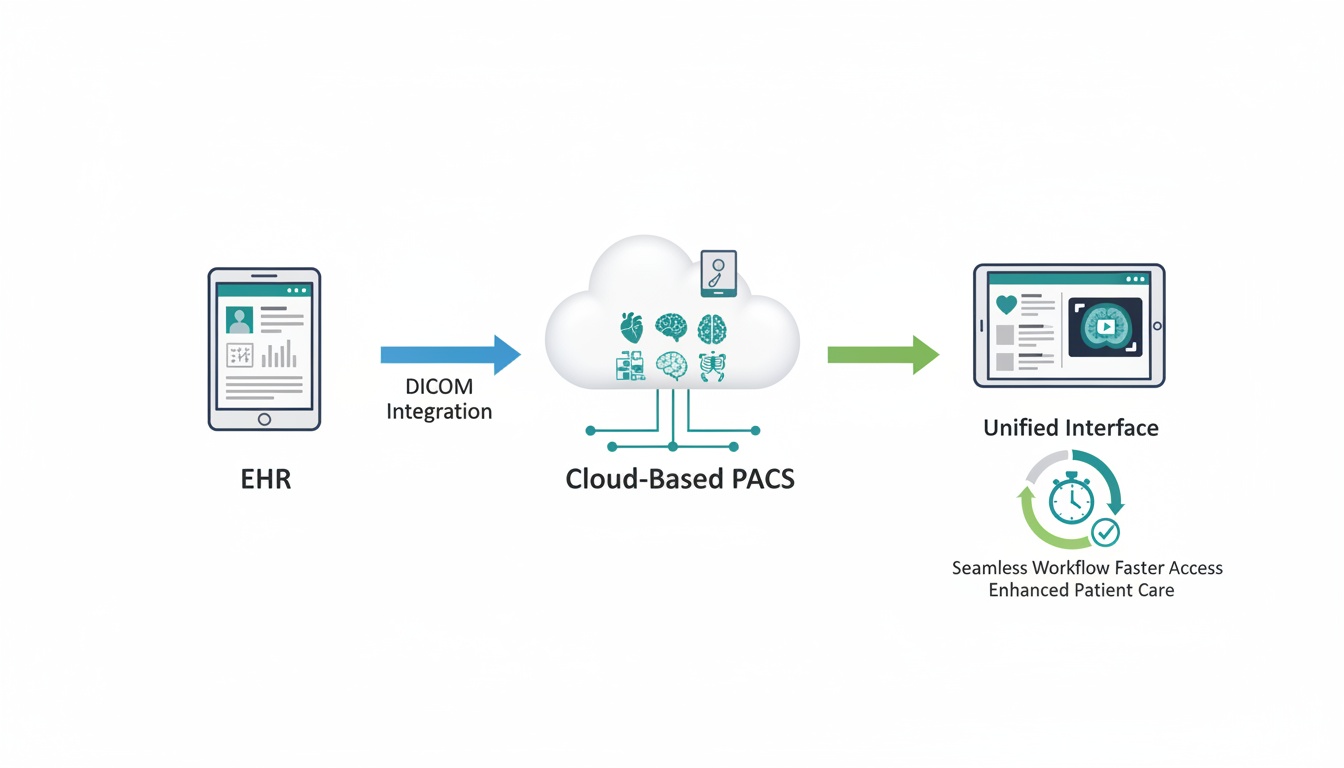
In a bustling hospital corridor, a seasoned cardiologist, Dr. Smith, recalls the days when he'd shuffle through stacks of patient files, cross-referencing medical images stored in a different system. Read more...

In the dynamic realm of radiology, two systems have revolutionized how healthcare providers manage and interact with patient data: the Picture Archiving and Communication System (PACS) and Electronic Health Records (EHR). As individual systems, they have each played a critical role in modernizing healthcare. Read more...

In a world where everything is increasingly interconnected, healthcare should be no exception. Enter the realm of Electronic Health Records (EHR) and interoperability, a dynamic duo shaping the future of coordinated care. Read more...
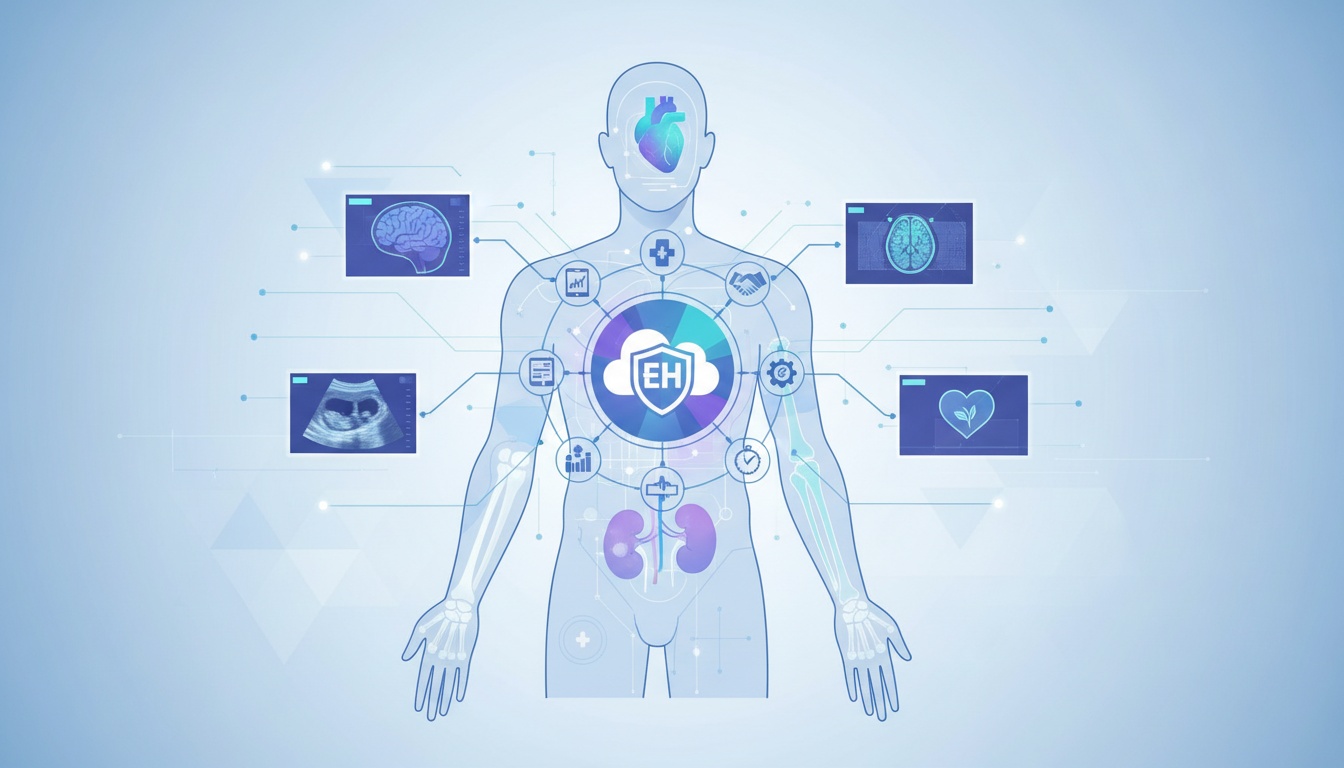
In the age of digital transformation, Electronic Health Records (EHR) have emerged as the cornerstone of modern healthcare. These systems are more than just digitized patient files; they are the heartbeat of health informatics, streamlining critical processes and significantly enhancing patient care. Read more...
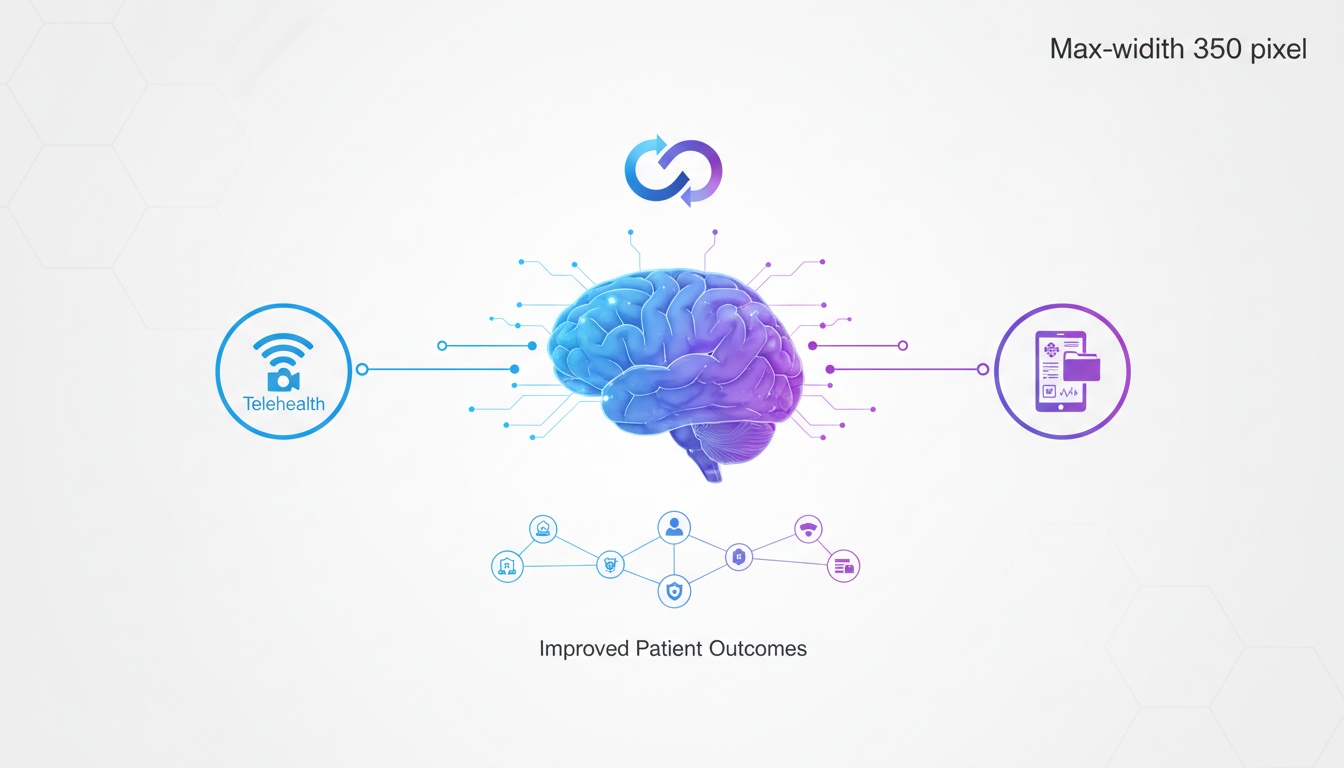
As the spotlight on mental health grows brighter, innovative approaches to service delivery have emerged, fundamentally transforming patient care. Two such pivotal innovations are Telehealth and Electronic Health Records (EHR). Read more...

In today's rapidly evolving medical landscape, diagnostic imaging remains a cornerstone of healthcare, offering critical insights into patients' conditions. Magnetic Resonance Imaging (MRI) has long been the gold standard, providing detailed views of the body's structures. Read more...

Chronic diseases continue to impose an increasing burden on North American healthcare. Effectively managing these persistent conditions is a complex challenge, requiring regular monitoring, personalized care, and efficient health information exchange. Read more...
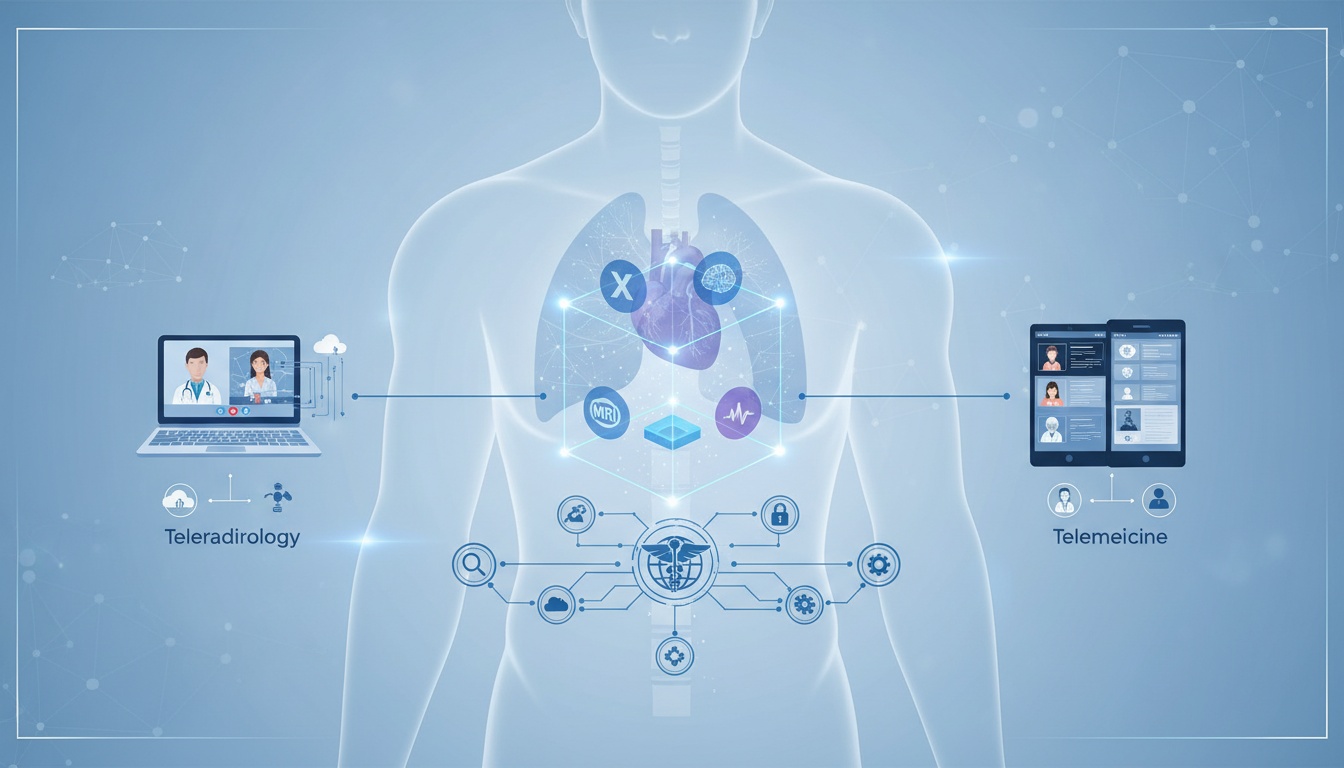
In this blog, we will explore the importance of DICOM medical viewers in teleradiology and telemedicine, highlighting their functionality, features, and impact on healthcare delivery. We will delve into the components and advantages of DICOM, discuss popular viewer software options, and examine the challenges and considerations surrounding their use. Read more...
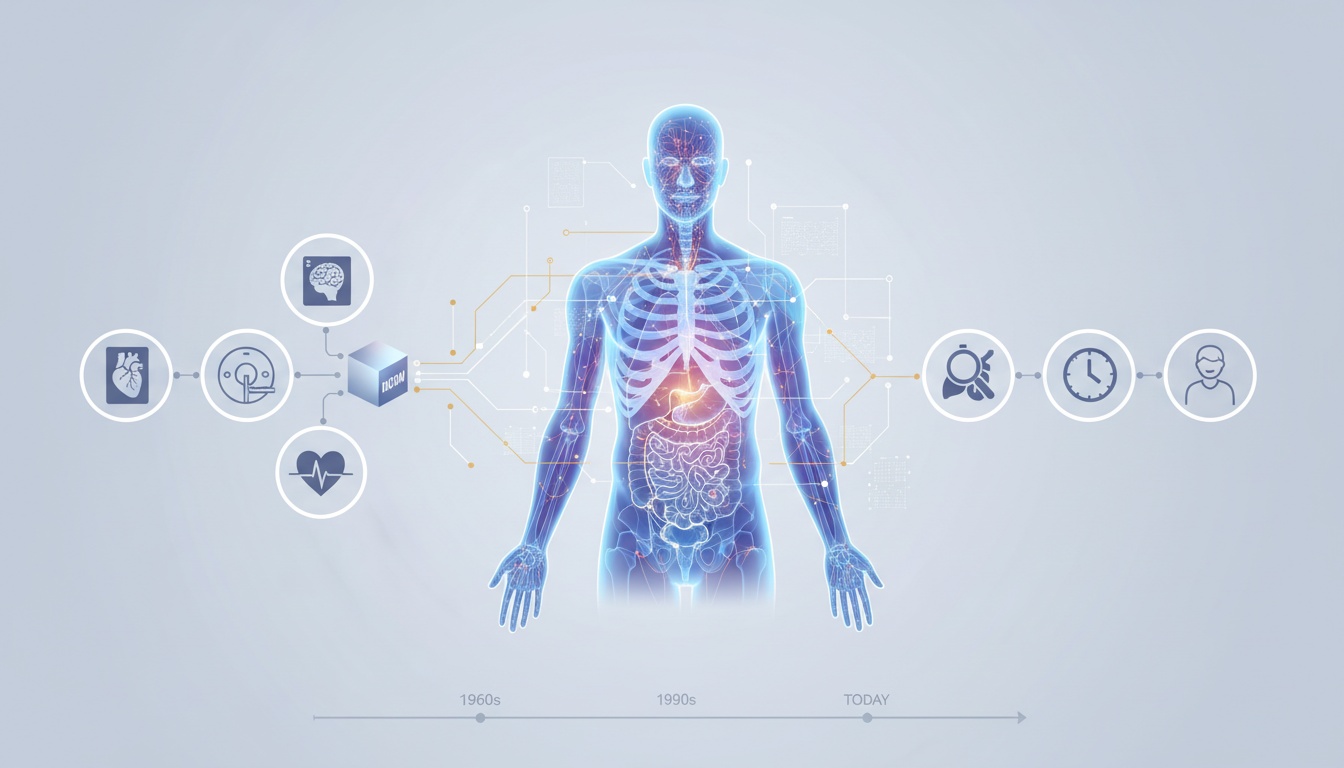
As medical imaging plays a crucial role in accurate diagnoses and effective treatment plans, exploring innovative technologies that can enhance this field is imperative. Read more...
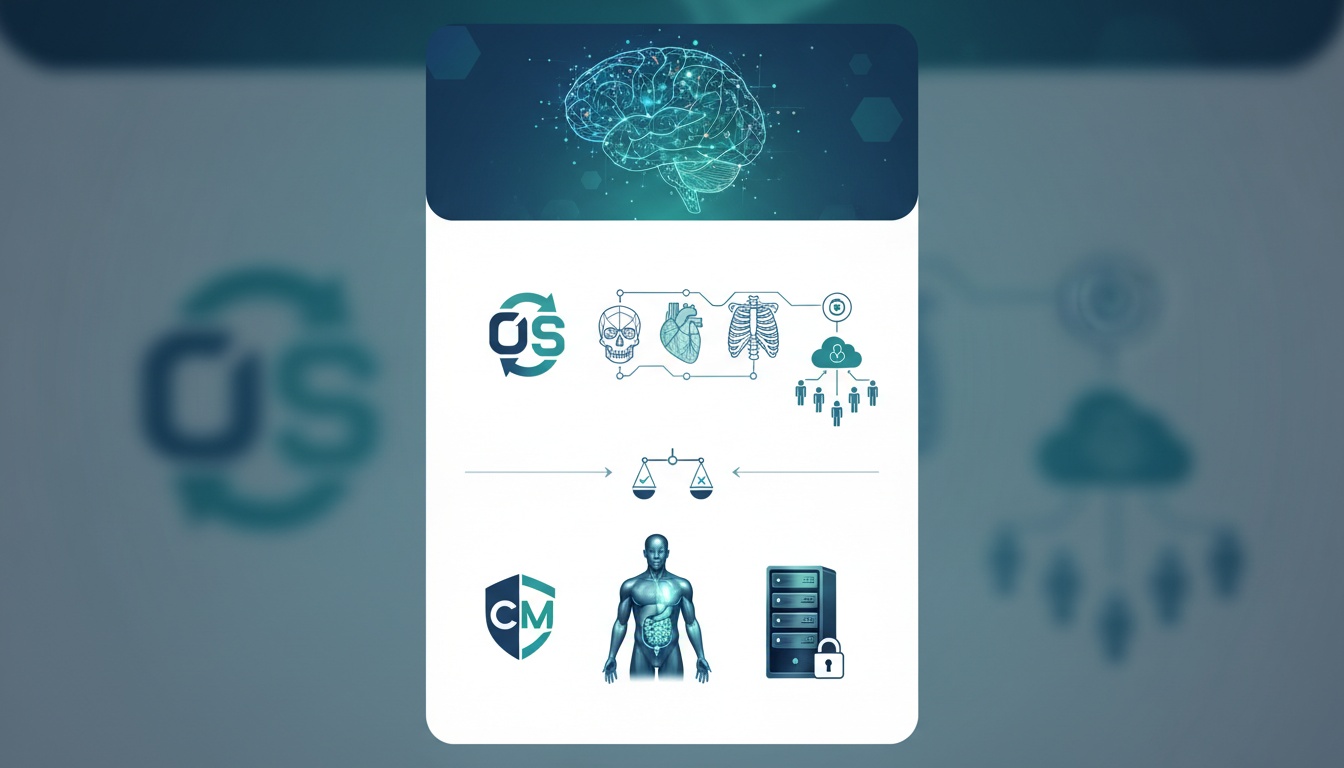
In medical imaging, selecting the right Digital Imaging and Communications in Medicine (DICOM) viewer is crucial for accurate analysis, diagnosis, and treatment. This article will provide an in-depth comparison between open-source and commercial DICOM viewers, outlining their pros and cons. Read more...
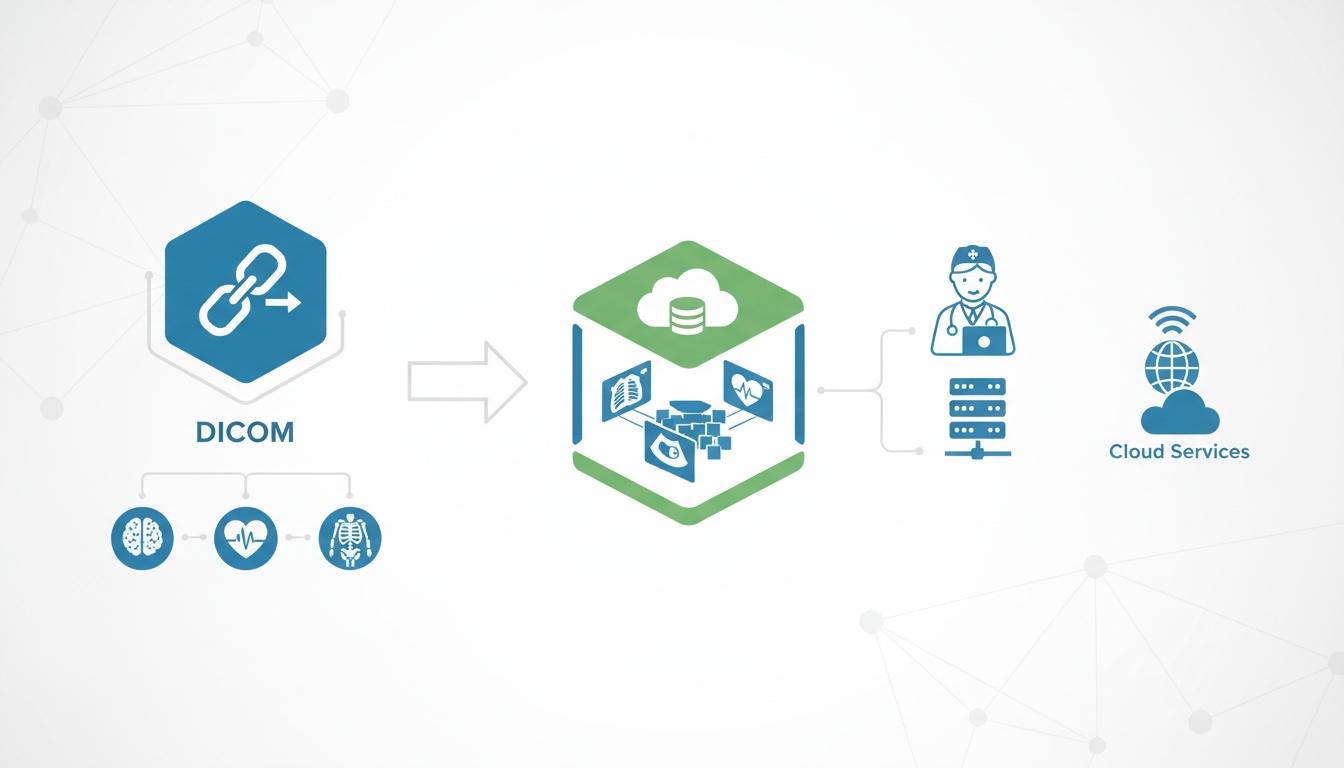
DICOM (Digital Imaging and Communications in Medicine) and PACS (Picture Archiving and Communication System) are two essential technologies used in the healthcare industry for managing and accessing medical images. Read more...
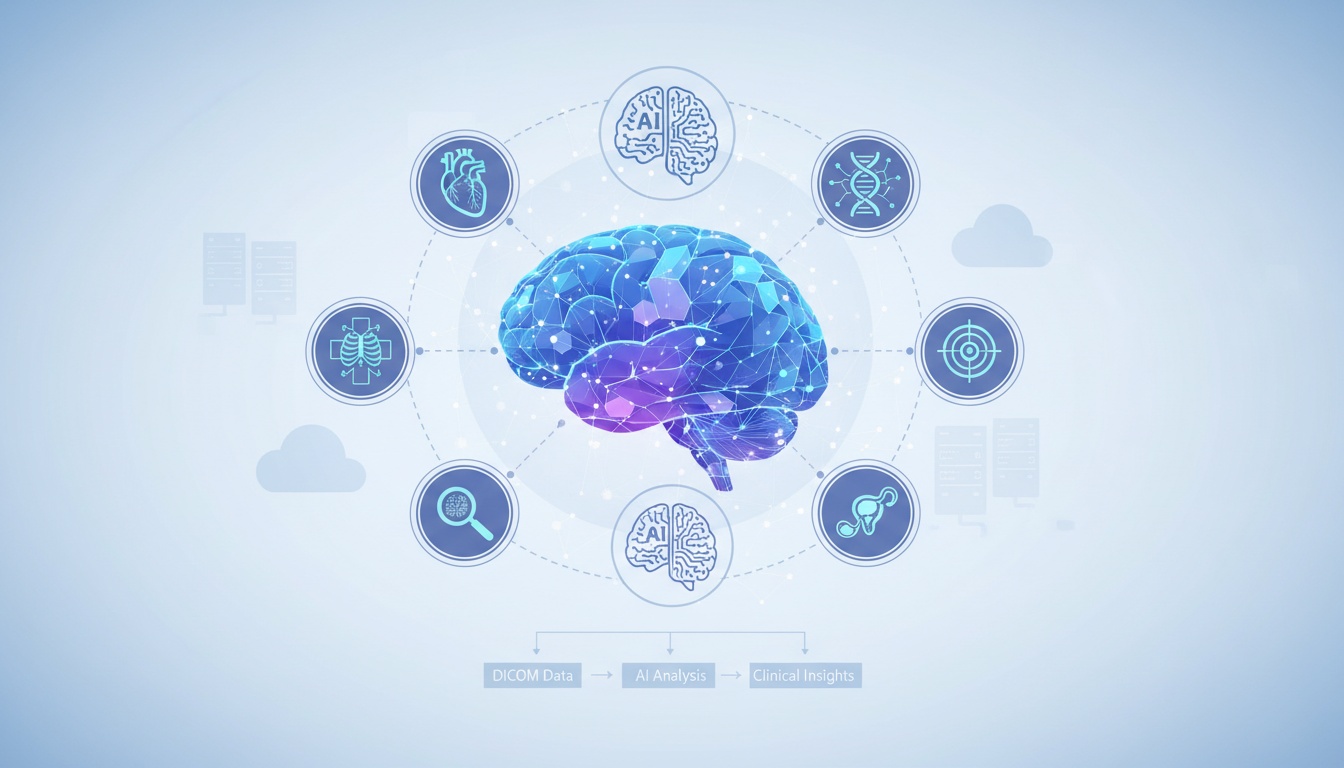
Artificial intelligence (AI) is increasingly used in health information management to improve various tasks' accuracy, efficiency, and speed. From analyzing medical images to identifying patterns in patient data, AI has the potential to revolutionize the way healthcare is delivered. Read more...

Several types of RIS exist, including standalone, integrated, web-based, cloud-based, and mobile systems. Every kind of RIS has unique features and capabilities, and the choice of system will depend on the needs and goals of the healthcare organization. Read more...
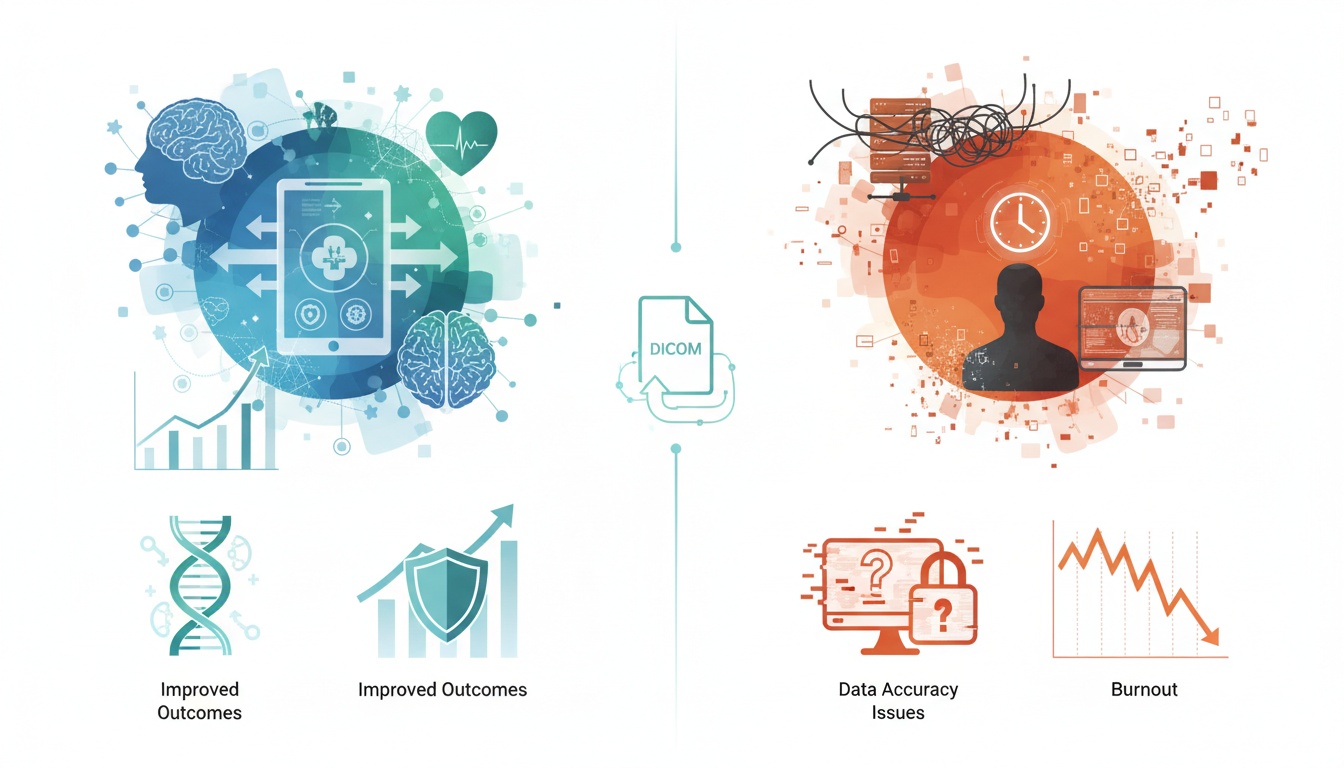
Electronic Health Records (EHRs) transform how healthcare providers manage patient information. EHRs offer many advantages, including increased efficiency, better patient outcomes, and improved care coordination. Read more...
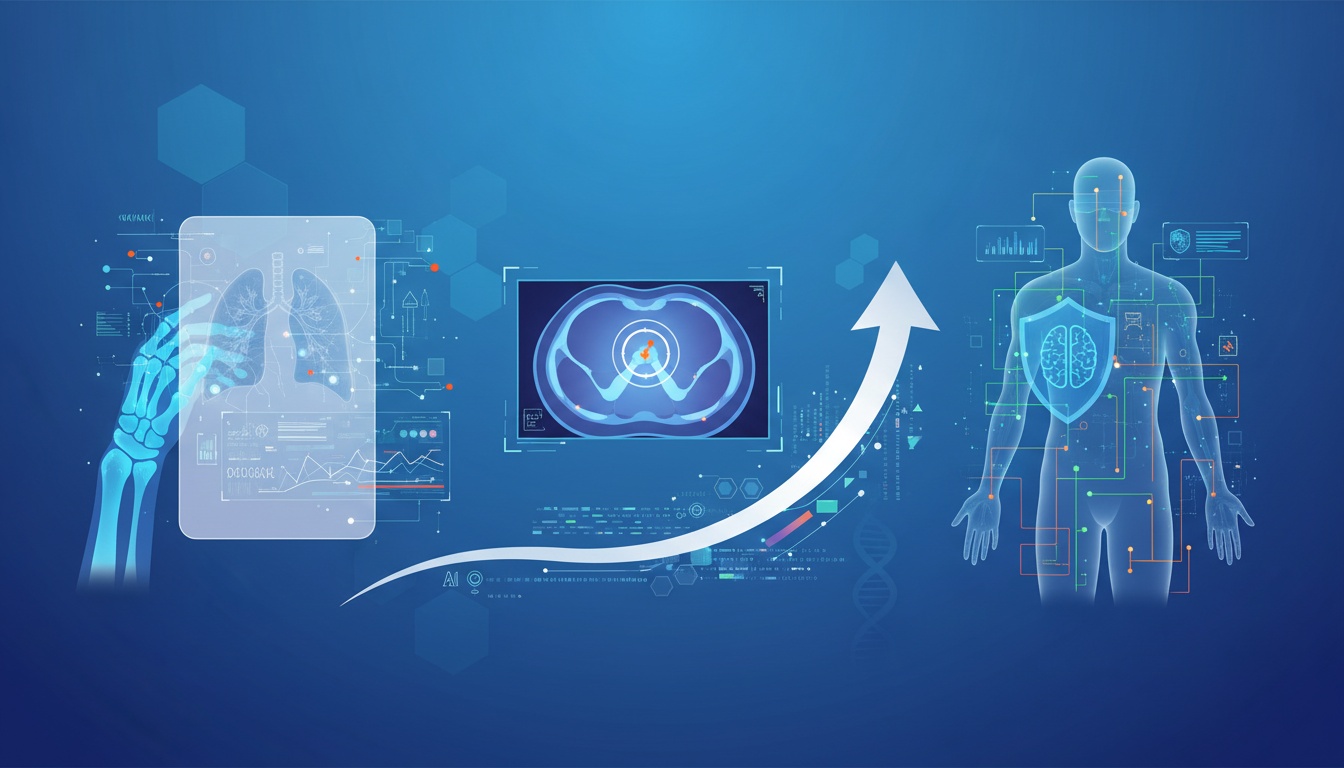
Suppose an algorithm could read your mammogram or CT scan and tell you that you have cancer. How would you react? The ability of radiologists to think outside the box and guide diagnostic processes is anticipated to become increasingly important. Read more...
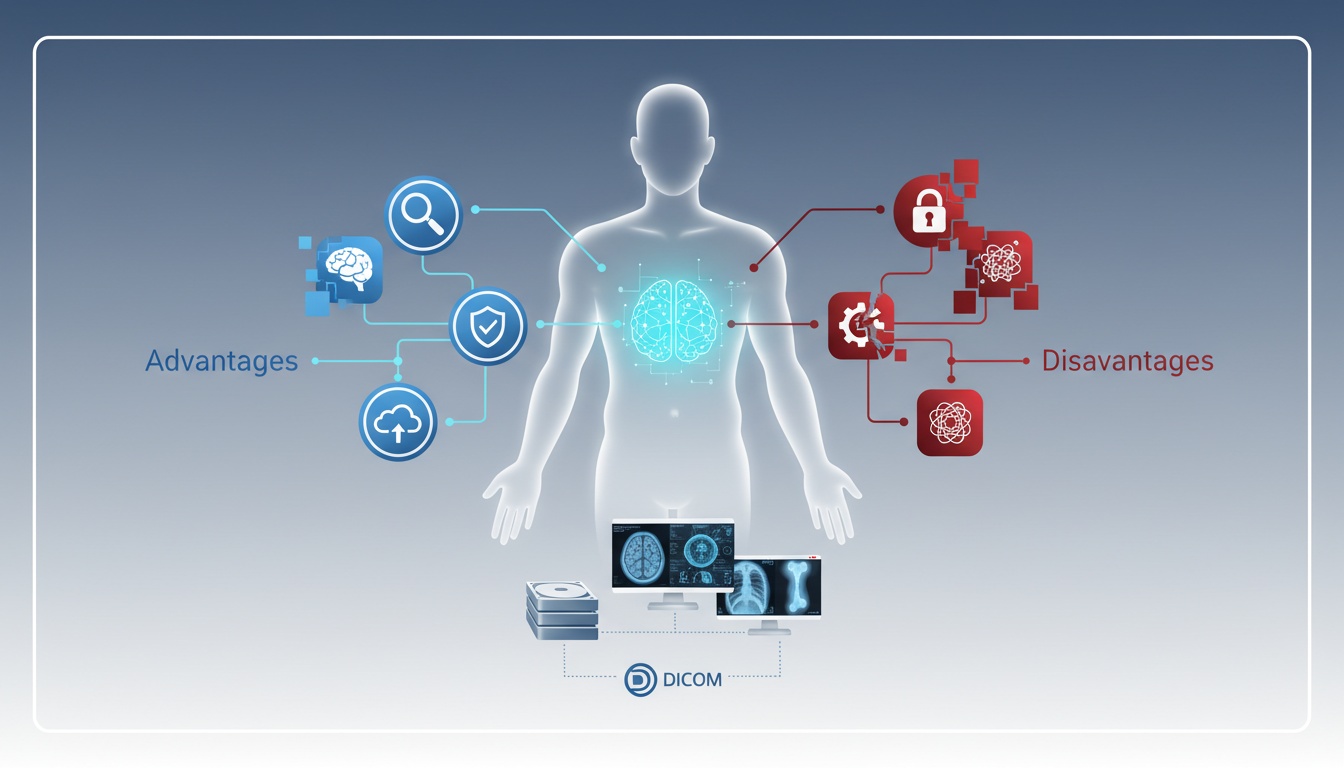
Electronic health records (EHRs) are digital systems that store and manage patient health information. They have become increasingly popular in recent years as a way to improve the efficiency and accuracy of healthcare delivery. Read more...
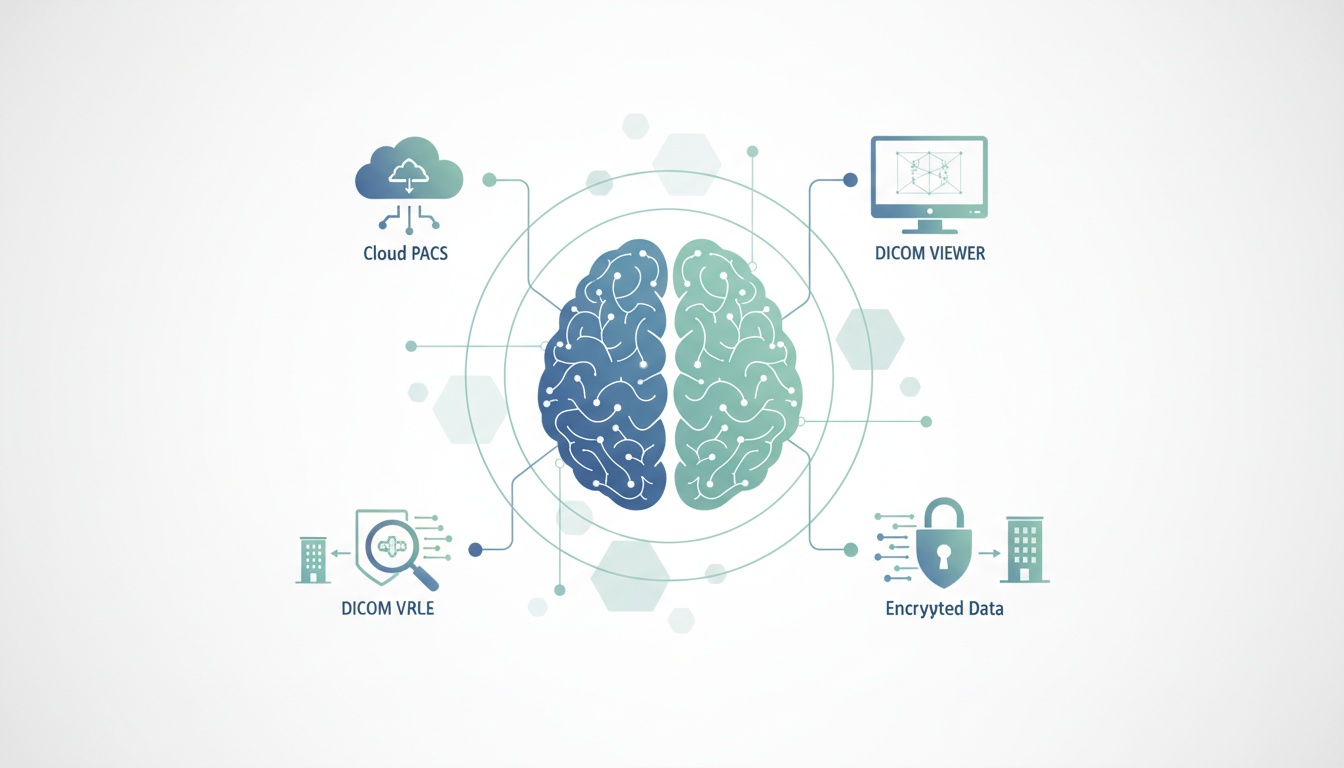
It's no secret that the behavioral health field is growing rapidly. The increased demand for services comes with the need for efficient and effective practice management software. Read more...
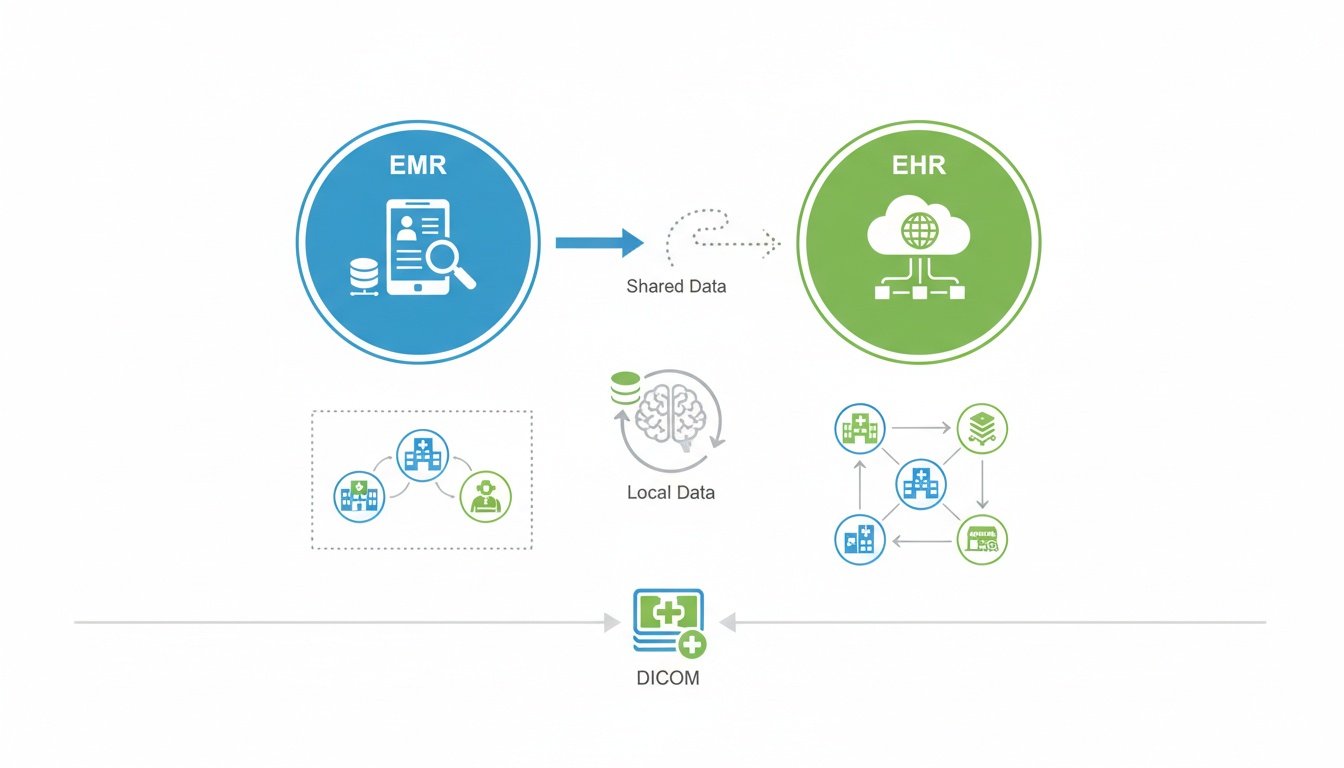
In recent years, there has been a move away from paper medical records to electronic health records (EHRs), which are maintained in digital format. EHRs offer many advantages over traditional paper-based systems, including storing and sharing medical data more easily and efficiently. Read more...
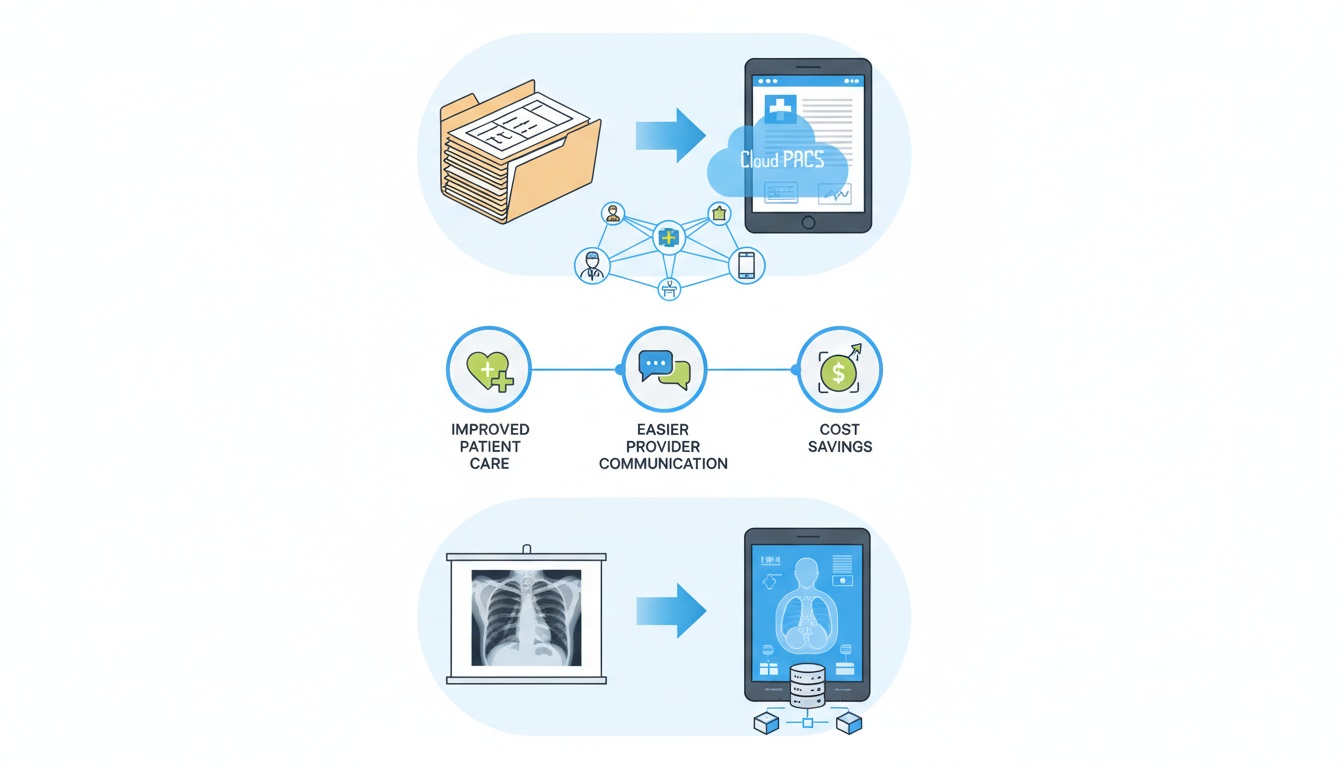
Transitioning to electronic health records (EHRs) can seem daunting, but the benefits are worth it. EHRs improve patient care, make communication between providers easier, and can save your practice money. Here's why you should make the switch. Read more...
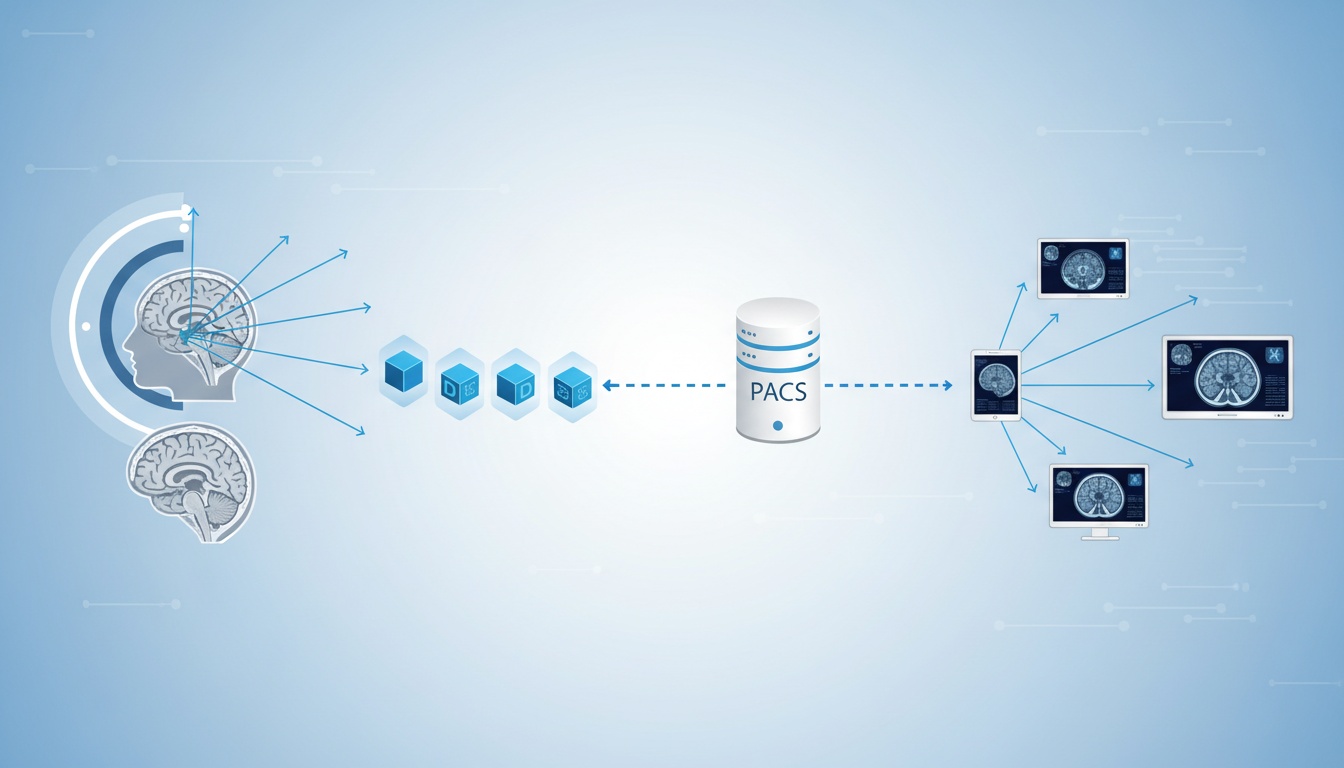
A CT of the brain is a noninvasive diagnostic imaging procedure that uses special X-rays to produce horizontal or axial images (often called slices) of the brain. The CT scan of the brain provides more detailed information about brain tissue and the brain’s overall structure than standard X-rays. Read more...
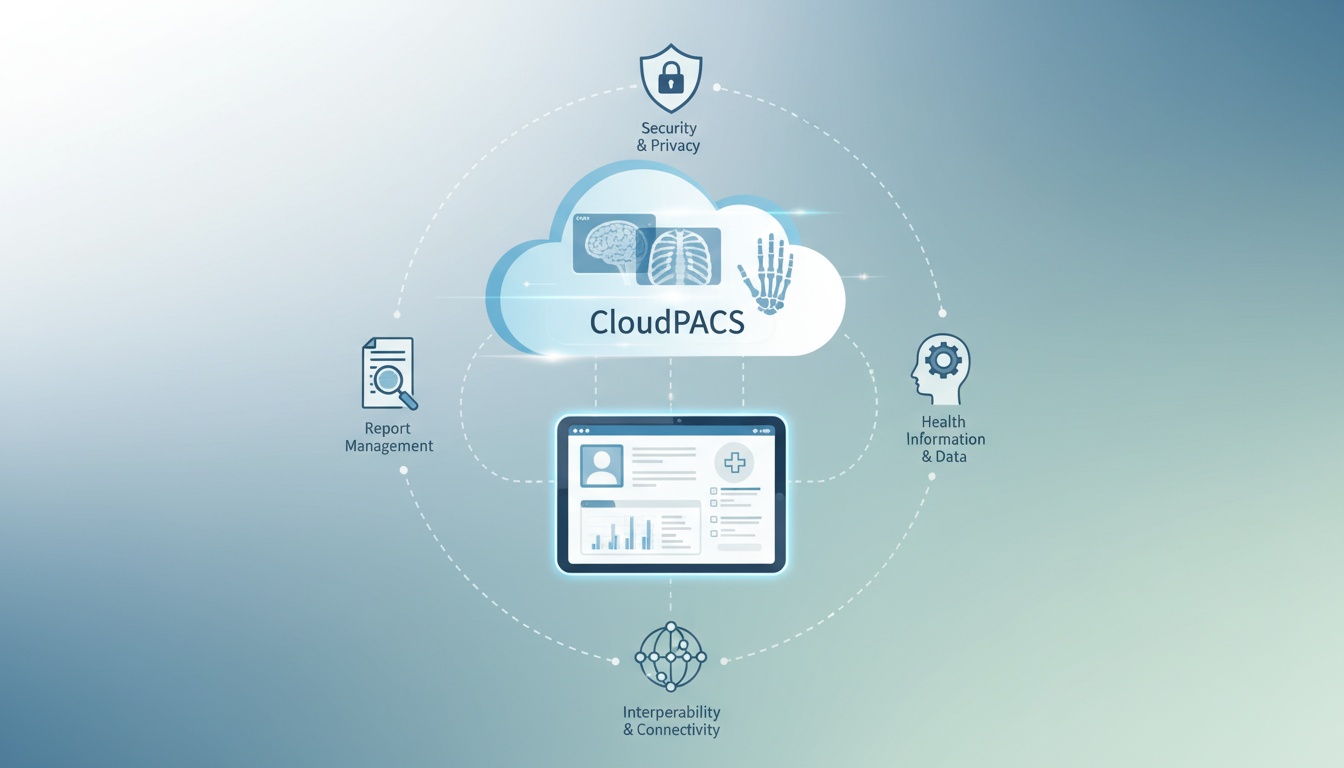
The technology in the medical field is continuously improving to make lives easier for doctors as well as patients. One such example of this is electronic health records (EHRs). EHRs are computerized systems that keep track of a patient's medical history. Read more...
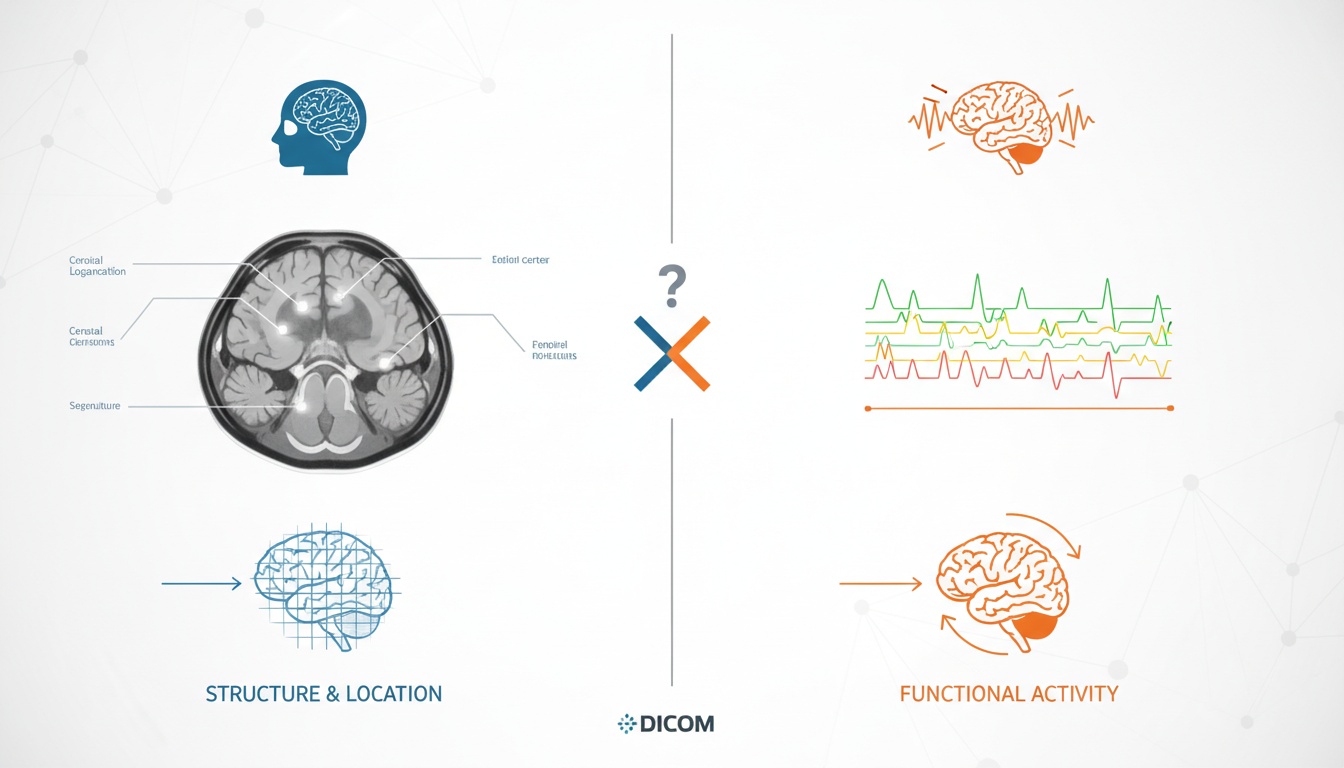
When talking about EEG vs. CT Scan, a common question we see is whether EEG falls under the category of imaging. While diagnosing techniques like CT scans, MRI, and ultrasonography all fall under imaging, we can’t surely say the same thing for EEG. There’s a debate going on as to why EEG may not fall under an imaging modality. Read more...
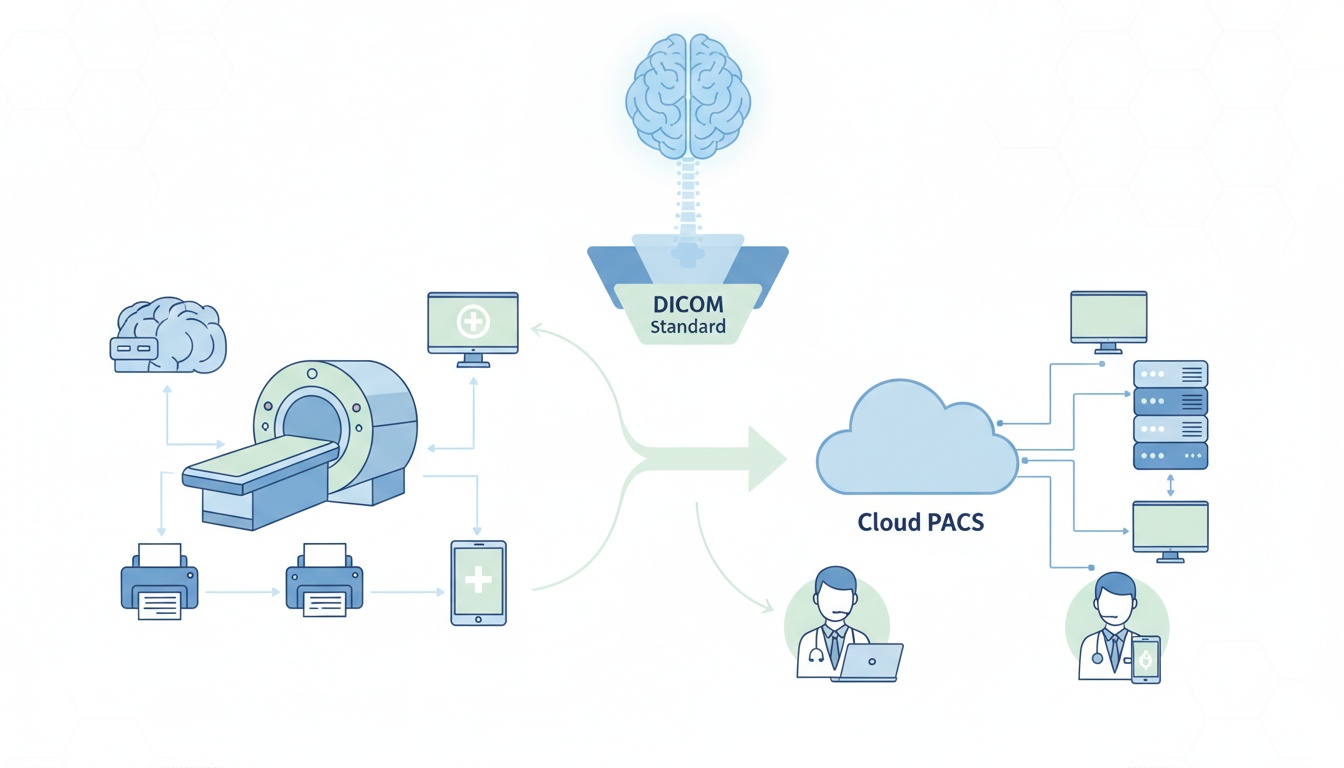
The DICOM standard is resourceful for the integration of modern imaging devices, accessories, workstations, printers, and Picture Archiving and Communication Systems integration (PACS). The DICOM system has made it easy for medical professionals to integrate imaging on their computers. Read more...

The amalgamation of technology and engineering in the process of acquiring, storing, retrieving, displaying and distributing images has resulted in, a one-stop solution for healthcare informatics and the deliverance of optimum results to clients. Read more...
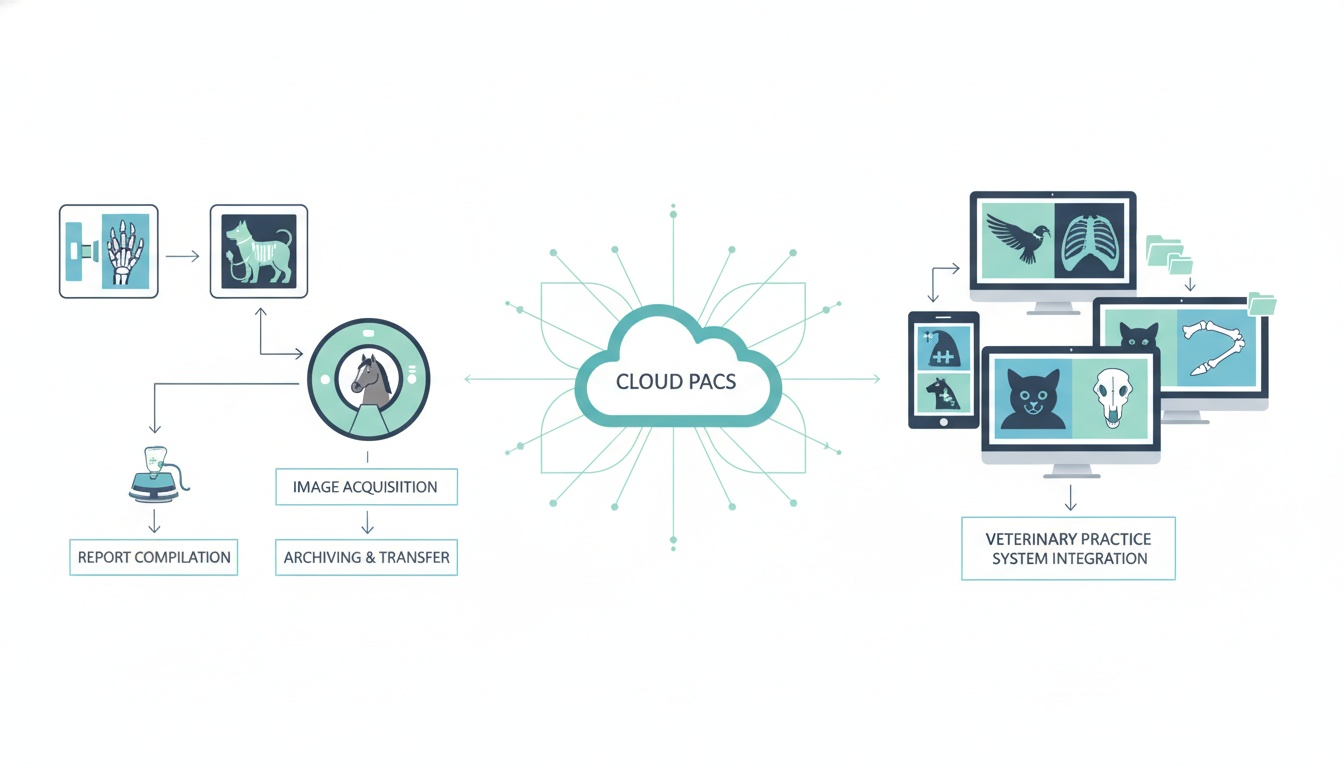
Online cloud PACS for veterinary clinics connects, controls, and manages everything from image acquisition and compilation of reports to archiving and transfer of image data. Read more...

Along with rapid strides being made in the field of nuclear medicine, medical imaging technology is also progressing by leaps and bounds. Read more...
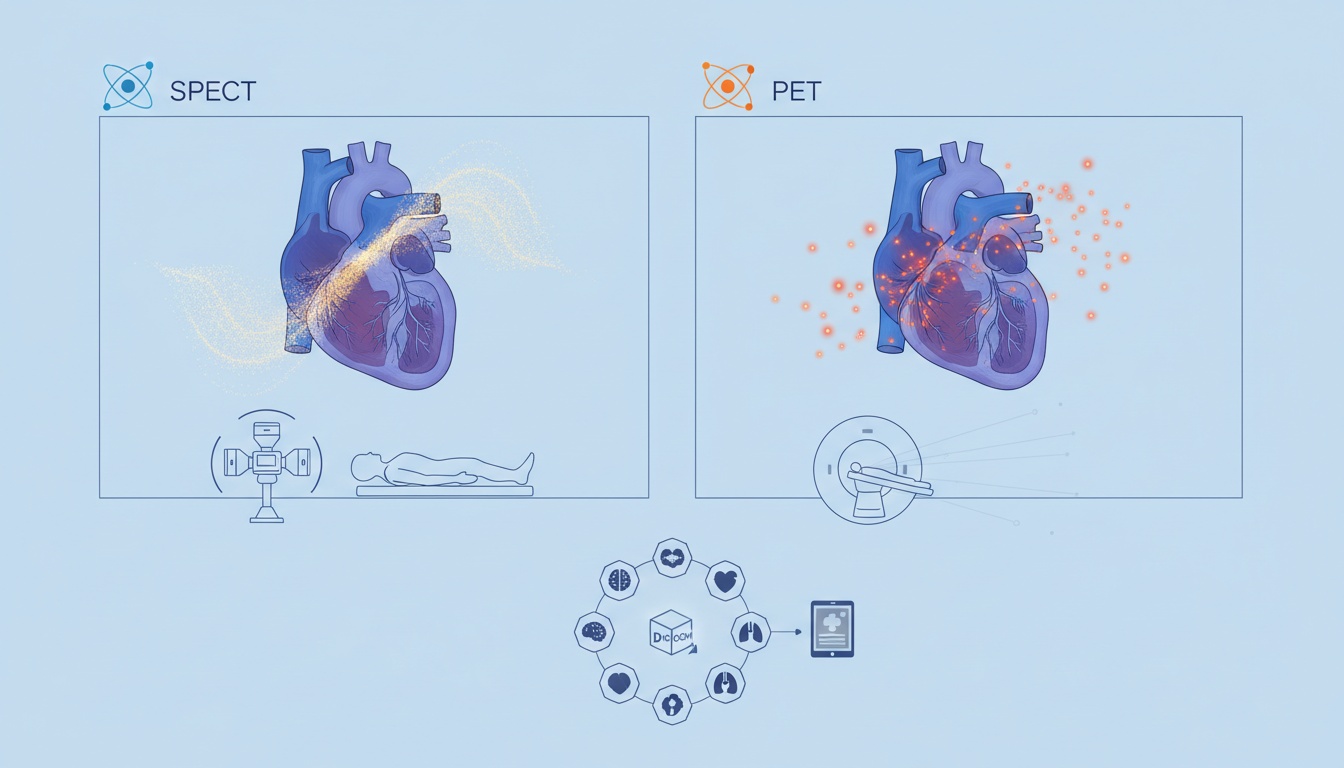
Cardiovascular diseases have been one of the leading reasons for mortality, even the most developed nations. Read more...
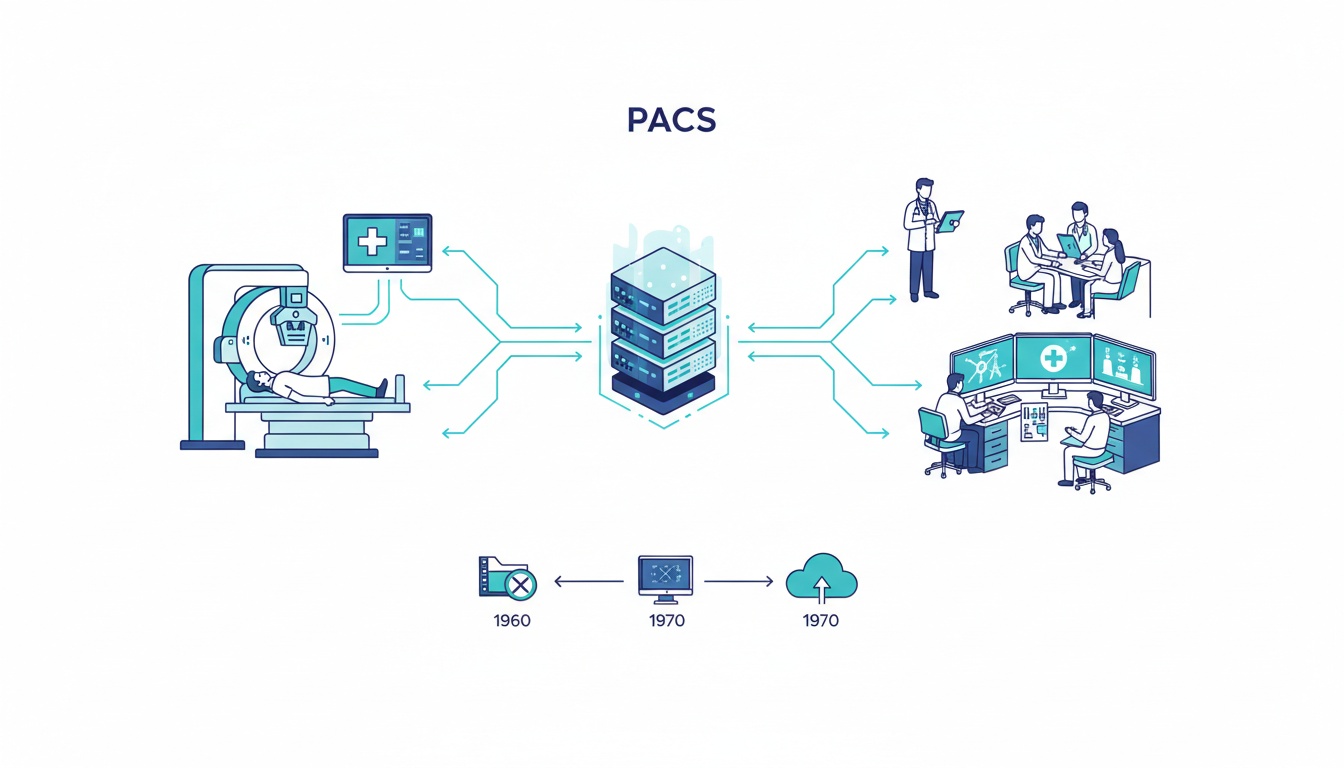
A very common medical lingo among the healthcare field is PAC which a commoner will be unable to comprehend. Read more...
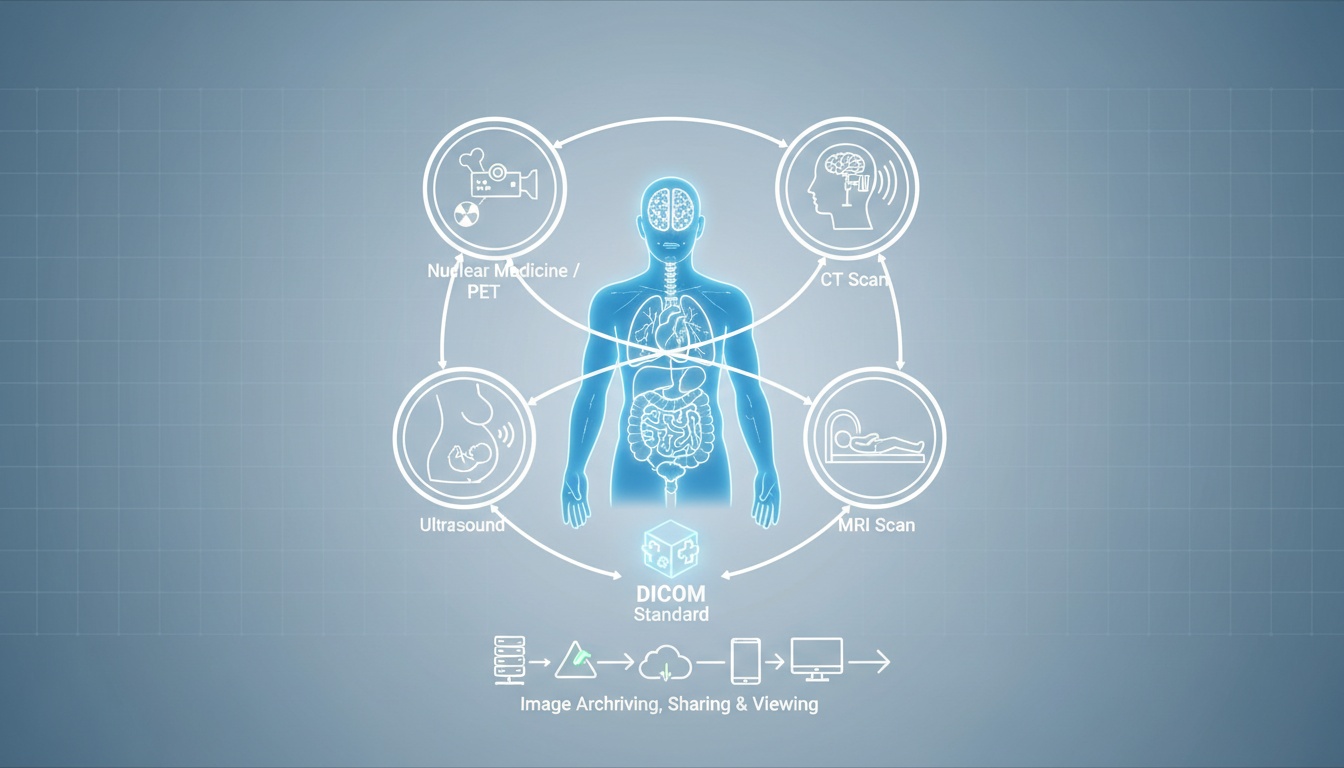
Medical imaging is considered to be one of the best means to achieve that aim, being able to observe what’s happening inside the body without the requirement for surgery or other invasive measures. Read more...
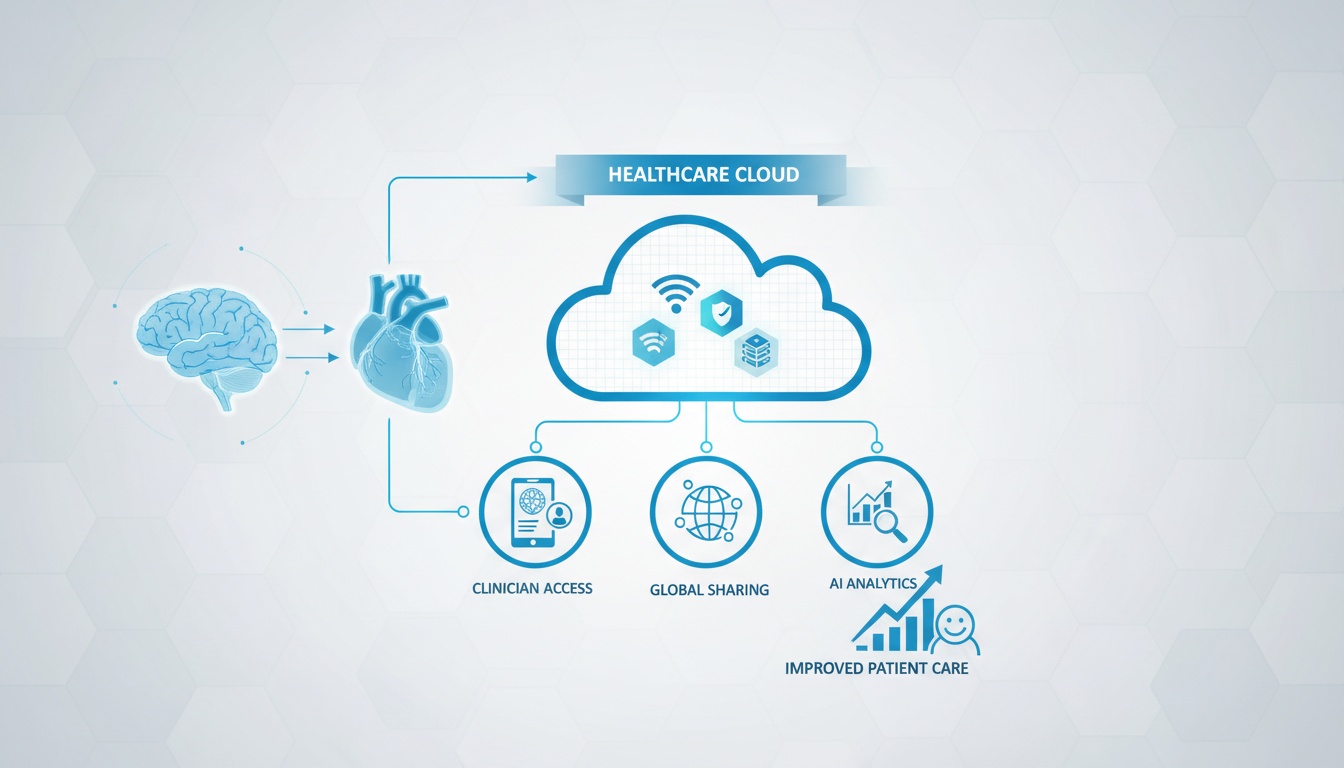
Today's advanced healthcare industry has managed to exploit the cloud facilities for smooth functioning. Healthcare cloud is the latest term being used to refer to the online hosting of patient data. Read more...

The Picture Archiving and Communication System has revolutionized the healthcare industry to its very brim. This technologically advanced system has both a traditional and modern based approach. The traditional approach has shortcomings in terms of storage and retrieval. Read more...
 - Created by PostDICOM.jpg)
Medical imaging today has advanced to the point where it is impossible to think of running a healthcare facility without the utilization of several different imaging modalities. In order to maximize the benefits offered by medical imaging, it is imperative to understand the fundamentals of various types of medical imaging scans. Read more...
 - Created by PostDICOM.jpg)
Medical imaging today, in its completely digital form, is expected to meet certain quality standards. Images acquired from the patient are stored in a special format, called the DICOM format (Digital Imaging and Communications in Medicine). Read more...
 - Created by PostDICOM.jpg)
Medical imaging has fully transitioned over to the digital realm. Many healthcare facilities now do not routinely print films or store them physically. Instead, all medical images are acquired in a digital format specific to medical imaging, called the DICOM standard. Read more...
 - Created by PostDICOM.jpg)
Medical imaging today largely deals with digital images rather than films. Most modern imaging techniques, such as CT scans, MRI, ultrasound, and PET scans are acquired as digital images on a computer. They then need to be processed, stored, and archived prior to viewing. Read more...
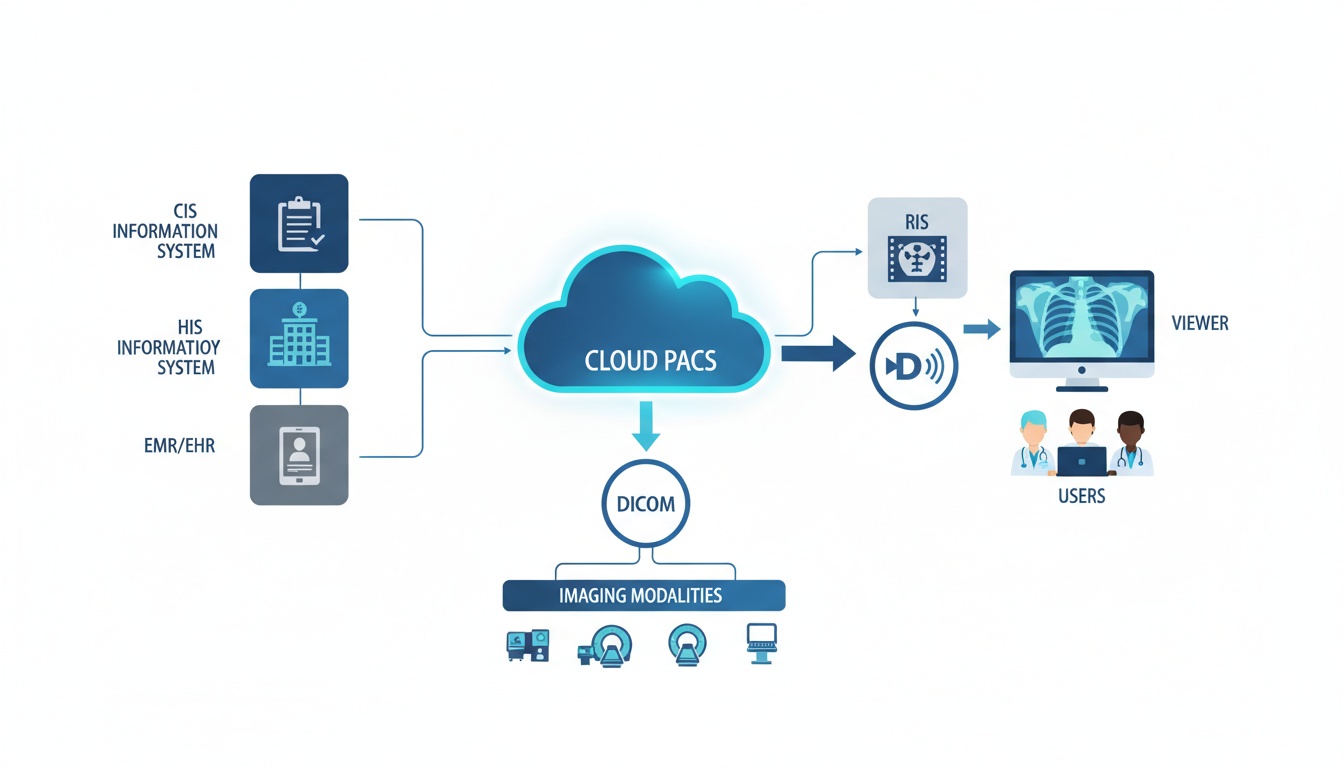
If you are someone who routinely deals with medical images, you are likely to be familiar with the term DICOM. DICOM, which is short for Digital Imaging and Communications in Medicine, is a standardized imaging format that was developed by the American College of Radiology in conjunction with the National Electrical Manufacturer’s Association. Read more...
 - Created by PostDICOM.jpg)
Magnetic resonance imaging (MRI) has carved a firm niche for itself in the world of medical imaging. Besides being radiation-free and, therefore, a safer form of medical imaging, it is also better suited for imaging non-bony anatomy of the body compared to the CT scan. Read more...
 - Created by PostDICOM.jpg)
The ultrasound remains one of the most important diagnostic tools available in medical imaging. This stems from the fact that it is faster and cheaper than other methods of medical imaging, such as the CT scan or MRI. Read more...
 - Created by PostDICOM.jpg)
The ultrasound is an imaging technology that is even older than traditional X-ray imaging. However, it was adapted for use in the medical field much later. Its first recorded use is in obstetrics in the 1950s. Read more...
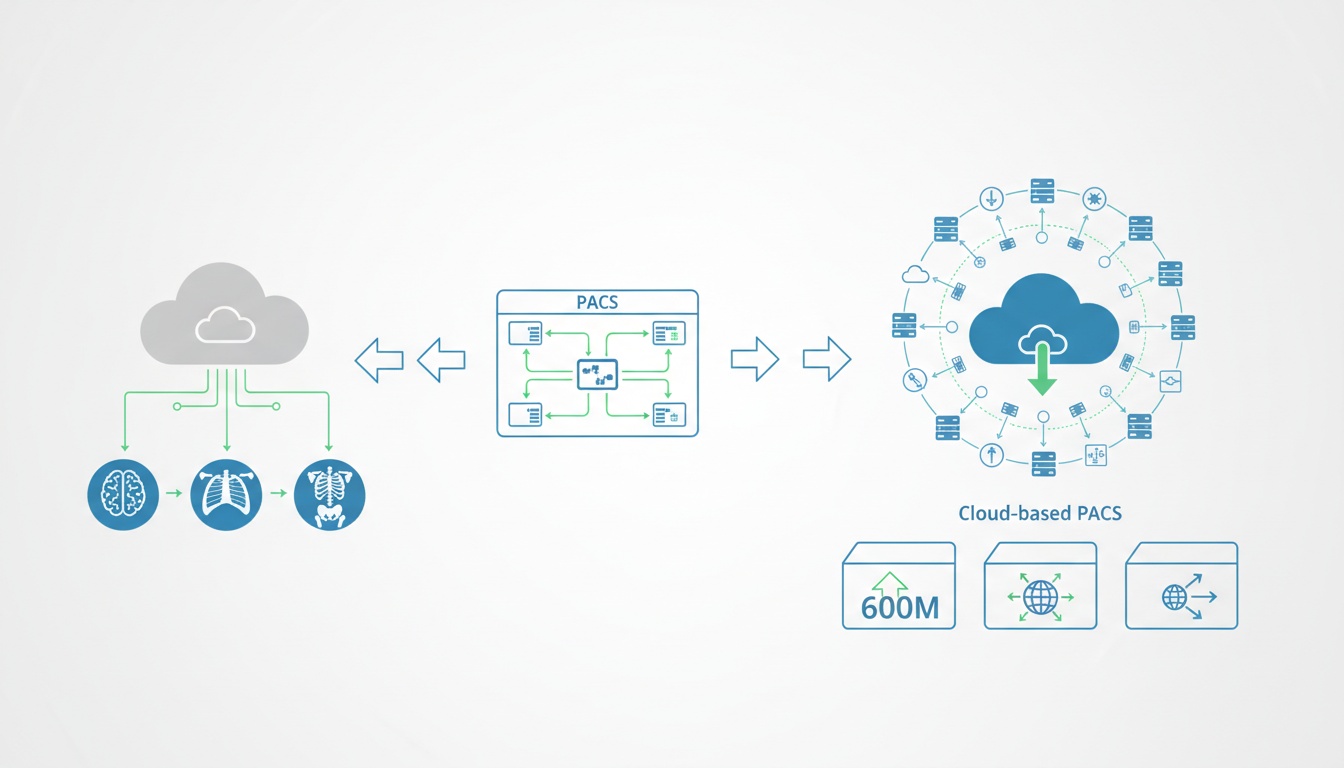
Medical imaging technology today is at the peak of its development. Today, medical images are of the highest quality and resolution. But the improvement in quality comes at the cost of huge file sizes. Read more...

Medical imaging is one of the fastest growing areas in healthcare. Over the past few decades, it has evolved to include multiple imaging modalities including CT scans, MRIs, ultrasound, and nuclear medicine, to name a few. Read more...
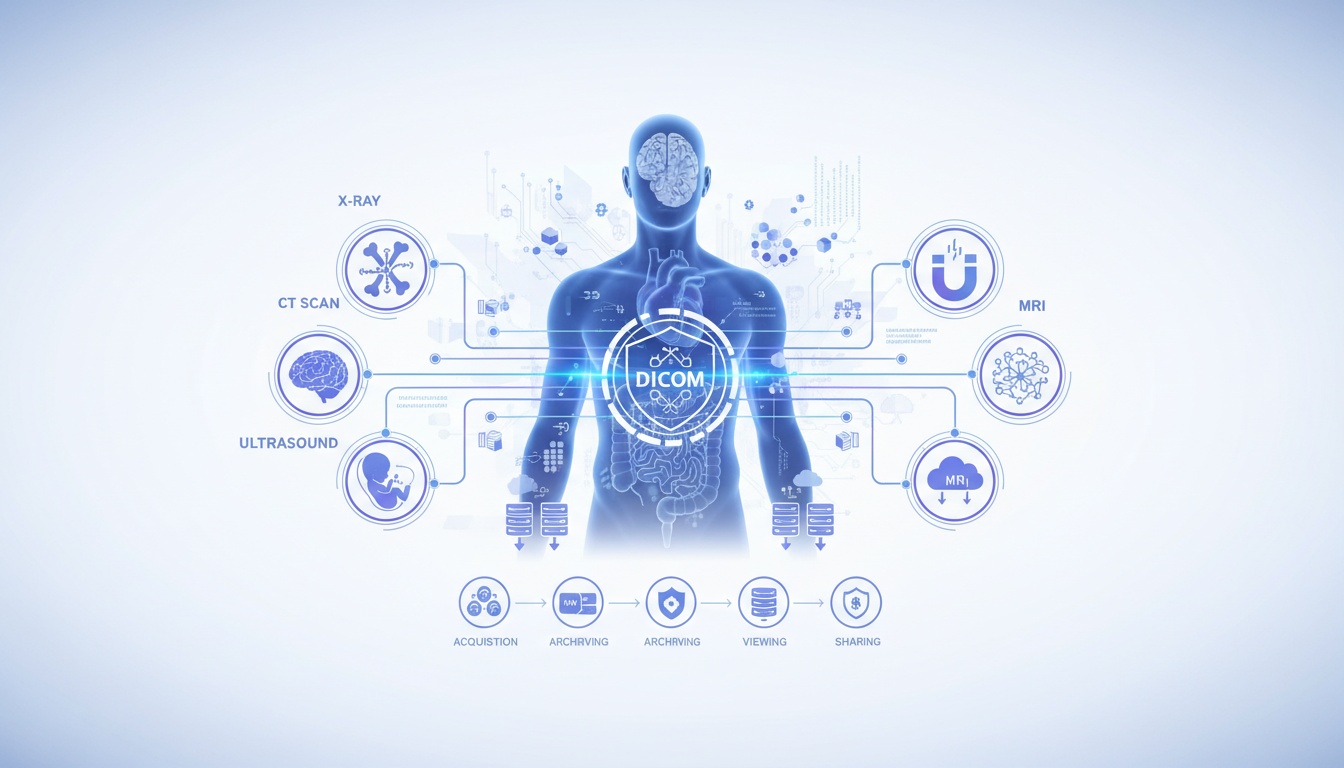
Just over a hundred years ago, the advent of X-rays was considered a significant leap in medical diagnosis. Over the last century, simple radiography has expanded into a specialized field—diagnostic medical imaging. Read more...
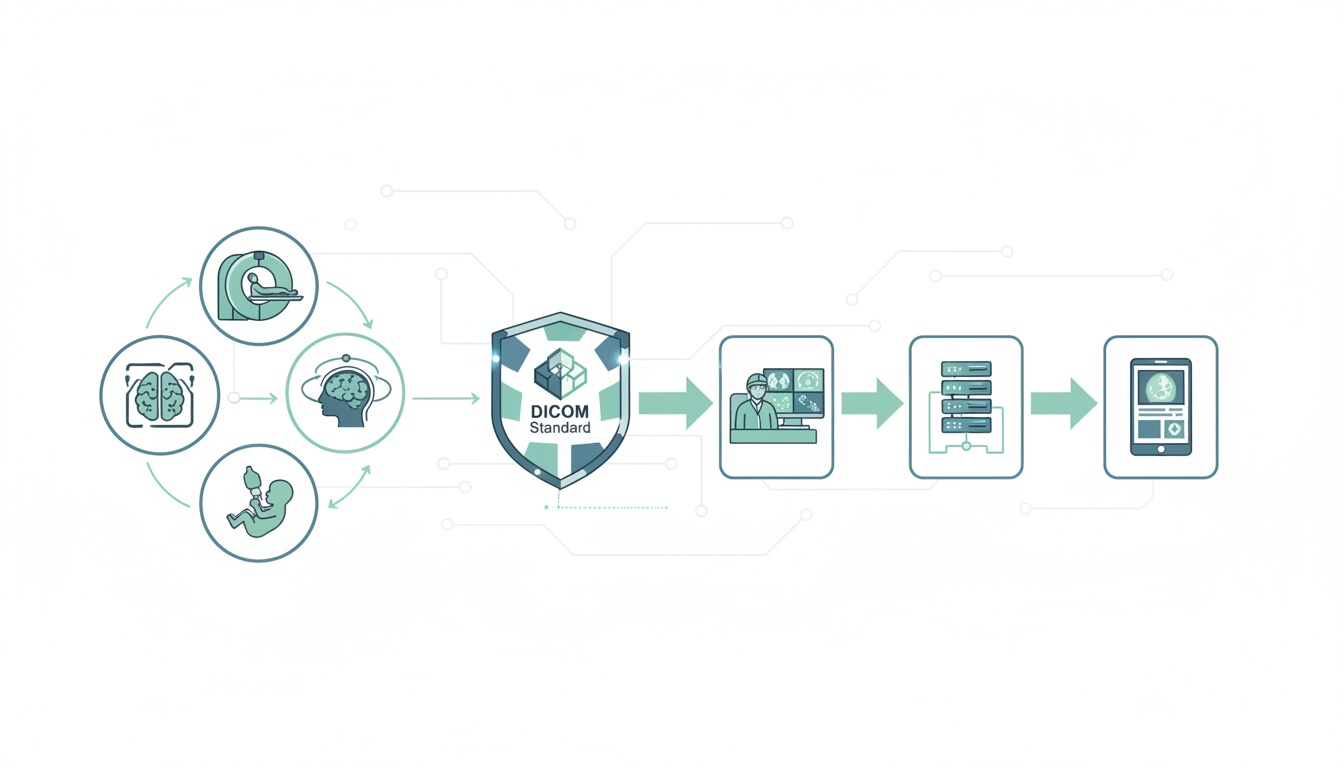
Digital medical imaging has become an integral part of radiology. Today’s radiologist needs to be familiar with the technical aspects of medical imaging. At the forefront of medical imaging technology is the DICOM standard. Read more...
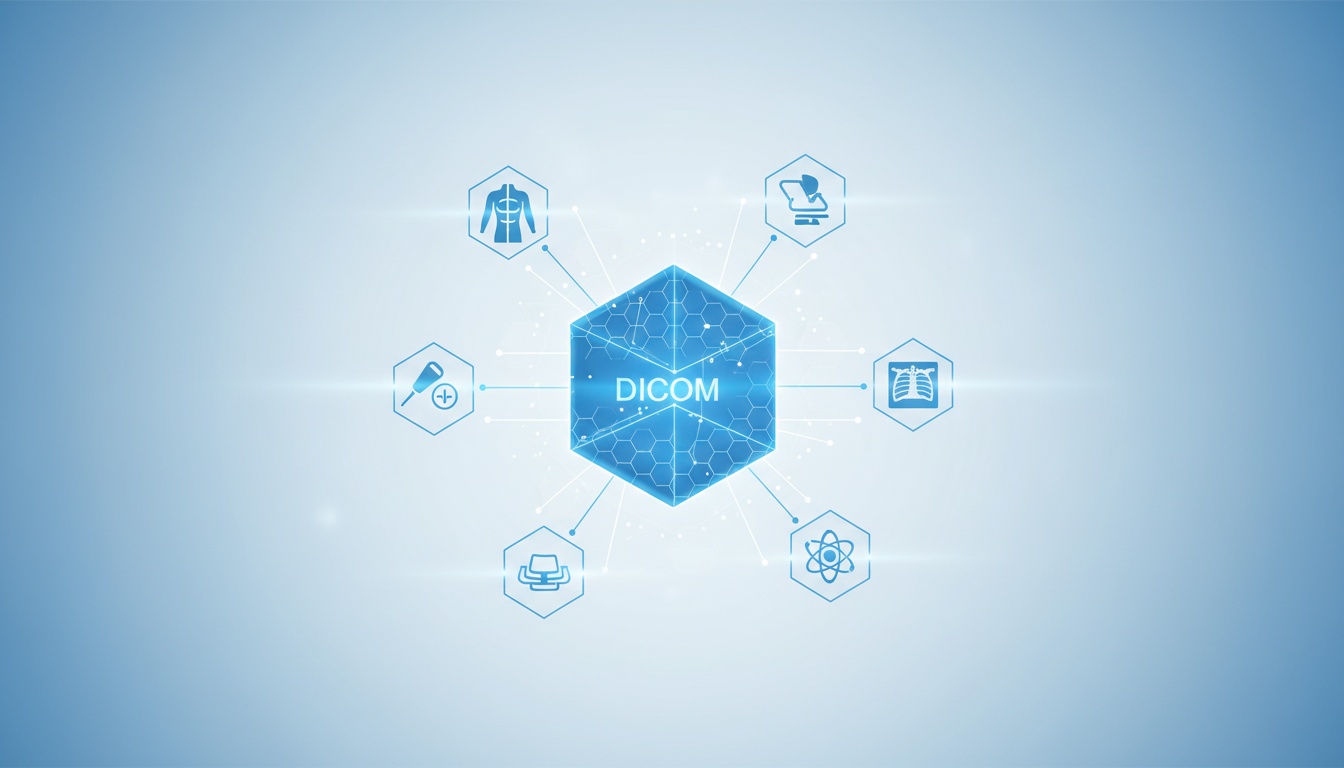
As technology finds its way into every aspect of medicine, great advances have been made in the field of radiology. Radiology once depended on simple two-dimensional images that needed to be manually developed and fixed prior to viewing. Read more...
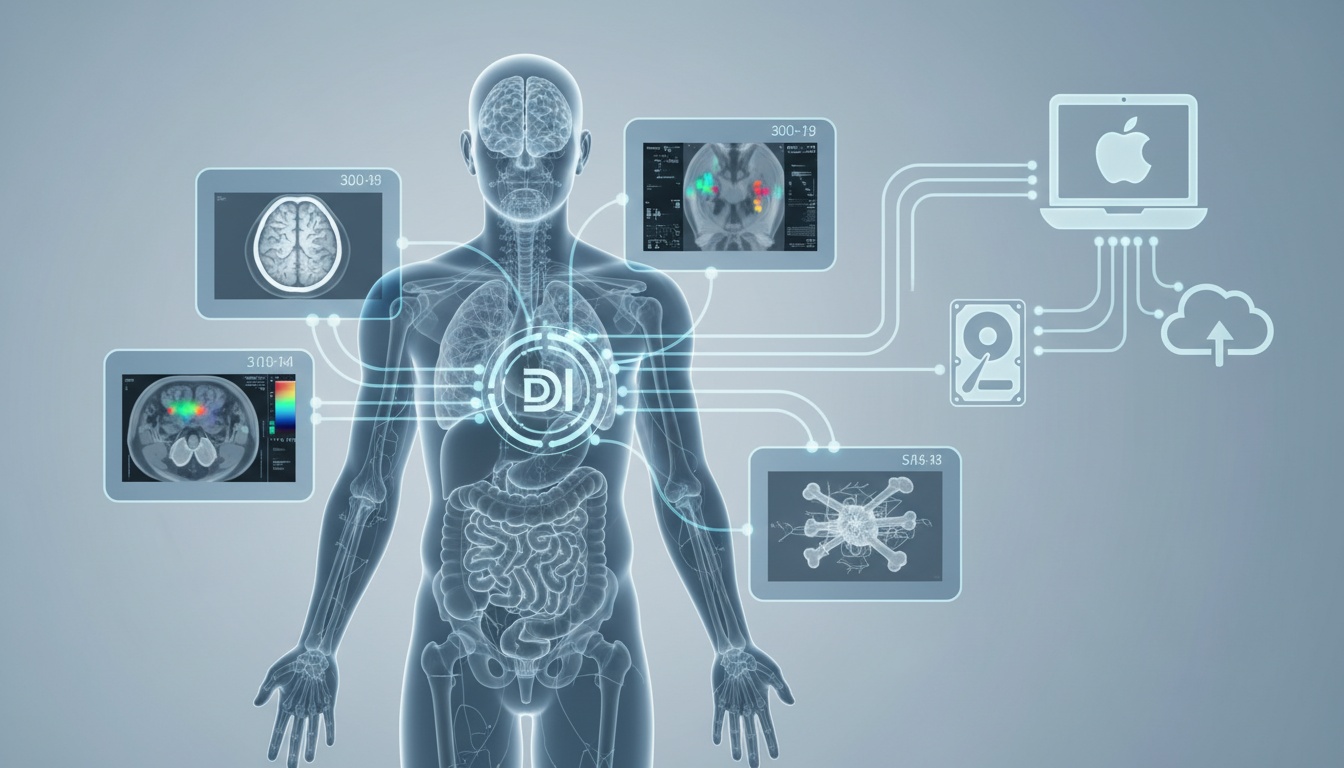
Medical imaging has progressed by leaps and bounds over the last few decades. Medical imaging today plays a vital role in the diagnosis and treatment planning of even simple conditions. With advances in the actual process of imaging, headway has also been made in the process of viewing, storing, and sharing images after their acquisition. Read more...

The internal organs and bones of our body are covered by skin and other tissue barriers, and are therefore not visible to the naked eye. The term ‘medical imaging’ is used to refer to techniques that allow us to view the interior of the body. Read more...
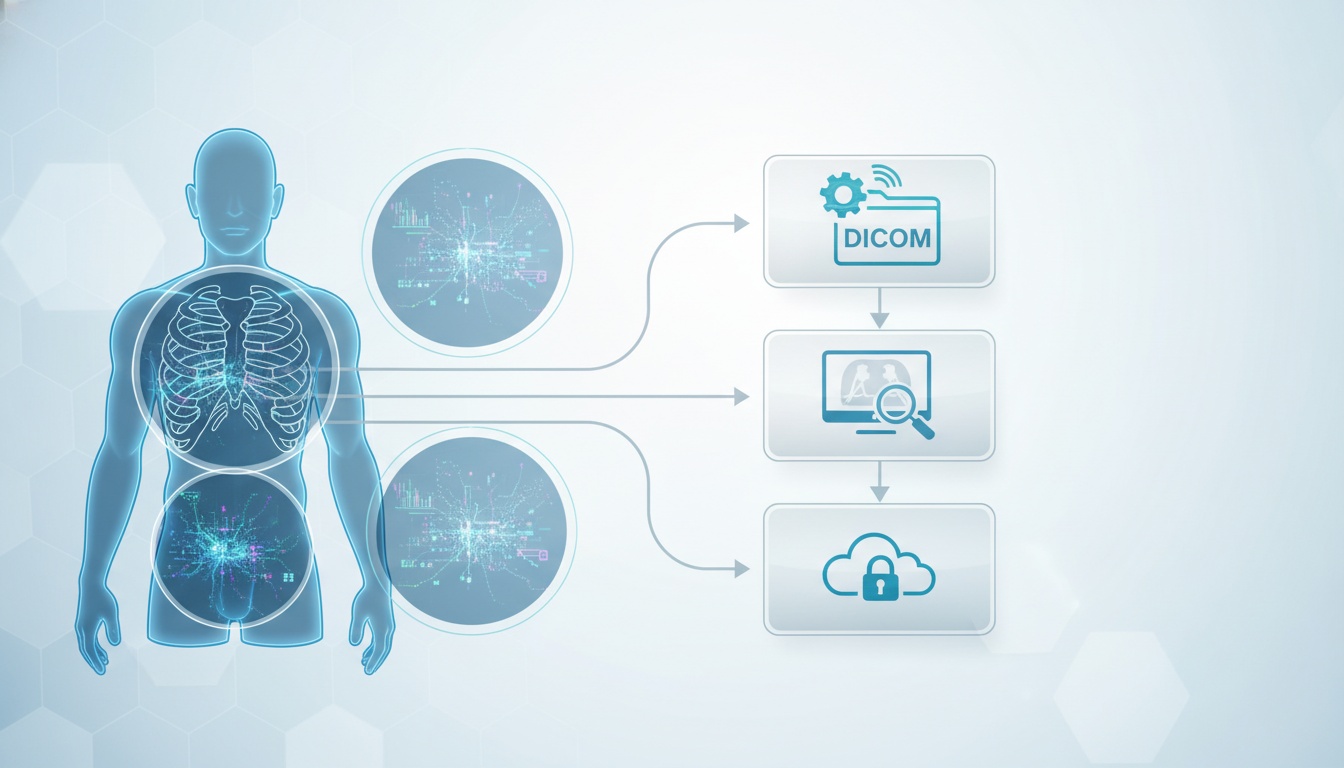
Medical imaging technology has come a long way from simple radiographs and is now represented by advanced, digitalized modalities such as CT and MRI. As the use of medical imaging becomes more widespread, there is a need to improve on other aspects of the workflow associated with imaging—reading the images and forming diagnostic reports as well as proper storage and retrieval of medical images. Read more...
 - Created by PostDICOM.jpg)
When you hear the term ‘medical imaging’, the first picture that comes to mind is that of a radiograph, or an X-ray as it is more commonly known. While radiographs are the oldest and still the most frequently employed method of medical imaging, there is so much more to this intriguing and innovative field of science today. Read more...
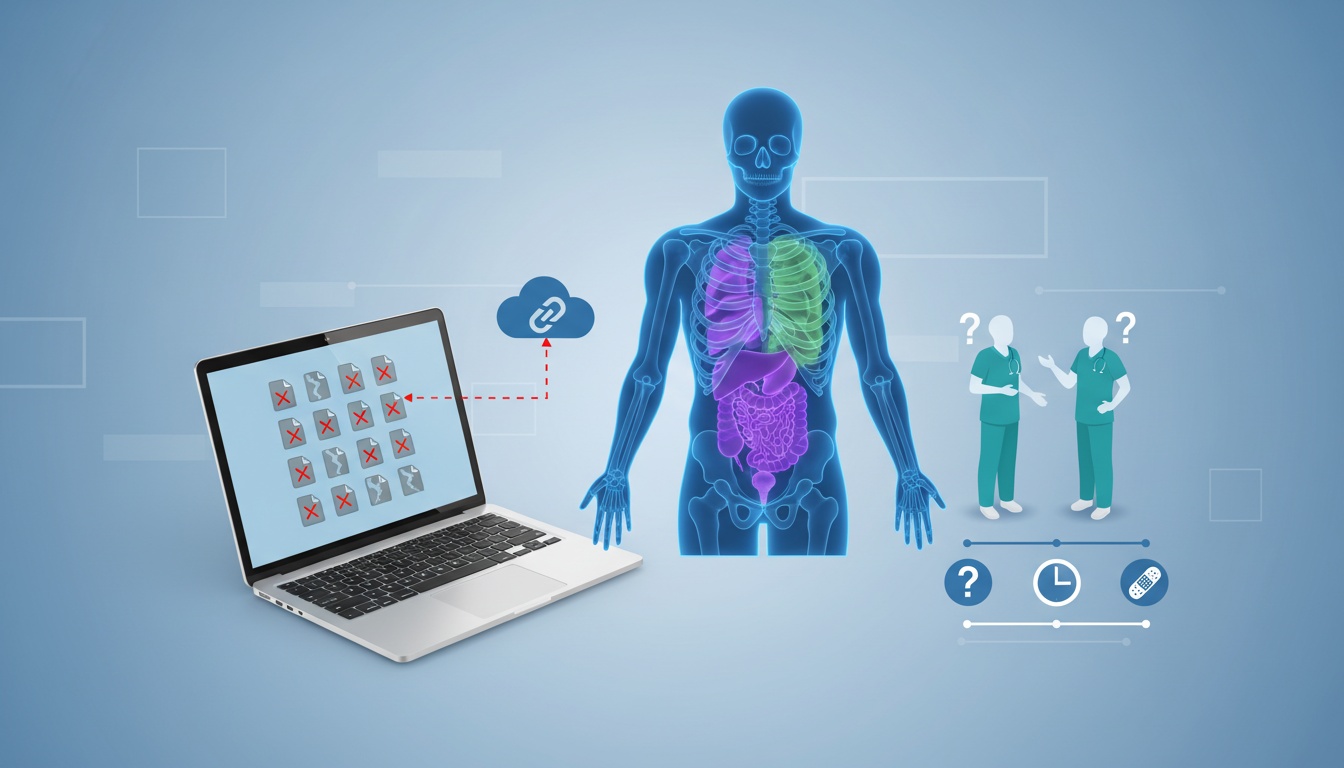
One of the most frustrating things that can happen inside a doctor’s private practice is trying to view a patient’s images from a recent scan in vain. The computer is brand new, there is a high-speed internet line available, and the online DICOM viewer that the doctor recently downloaded should open the images—except it doesn’t! Read more...

DICOM (Digital Imaging and Communications in Medicine) is a standard format that enables medical professionals to view, store, and share medical images irrespective of their geographic location or the devices they use, as long as those devices support the format. DICOM images need to be viewed through specific software called DICOM viewers that can read and display the format. Read more...

From CIS, HIS, EMR, and EHR, to RIS, DICOM, PACS, and cloud PACS, there are endless terms and abbreviations for the many different types of medical imaging information systems out there. One of the common pitfalls of professional jargon in any field is that terms get a bit mixed up, conflated, or misused every now and then and through day-to-day communication. Read more...
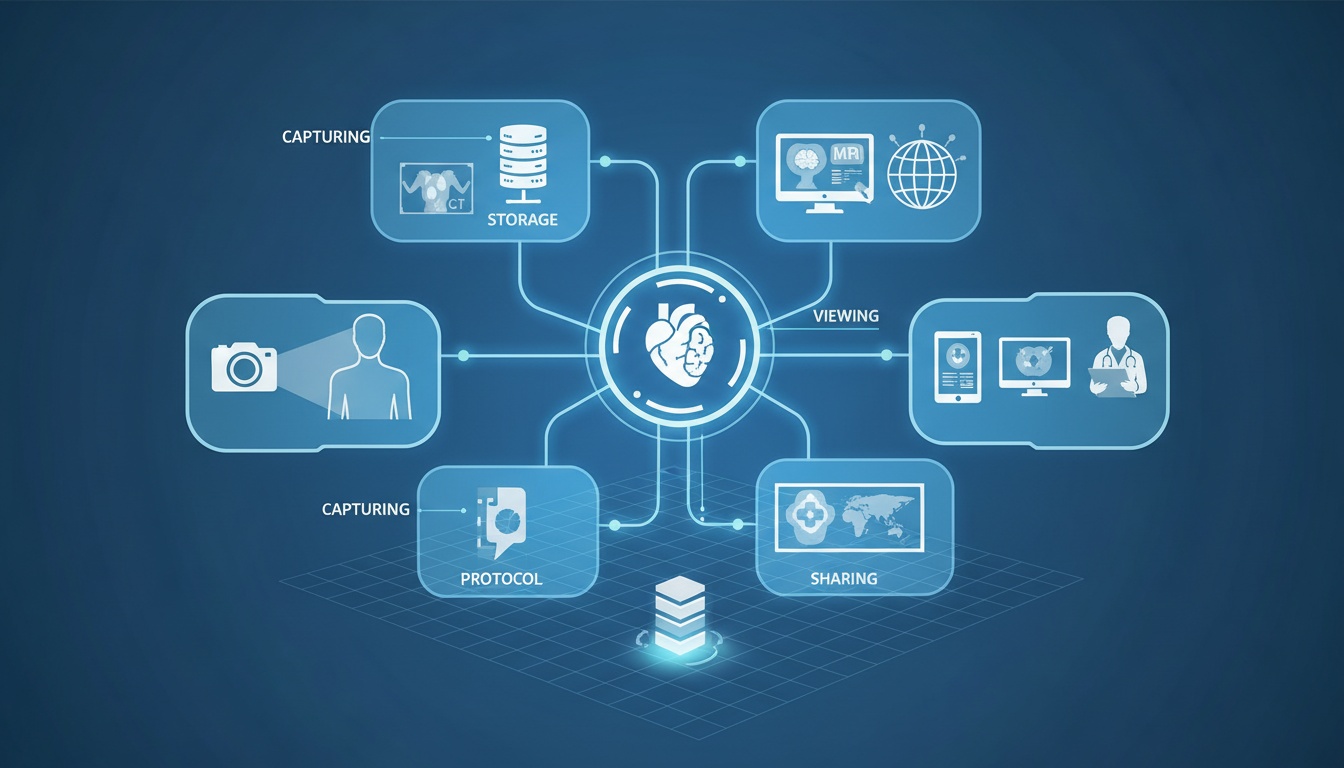
DICOM-short for Digital Imaging and Communications in Medicine-has become indispensable to any modern clinical setting that deals with medical imaging. Considering the ubiquitous need and utility of medical imaging in modern healthcare, the broad scope and application of DICOM is not hard to fathom. Read more...